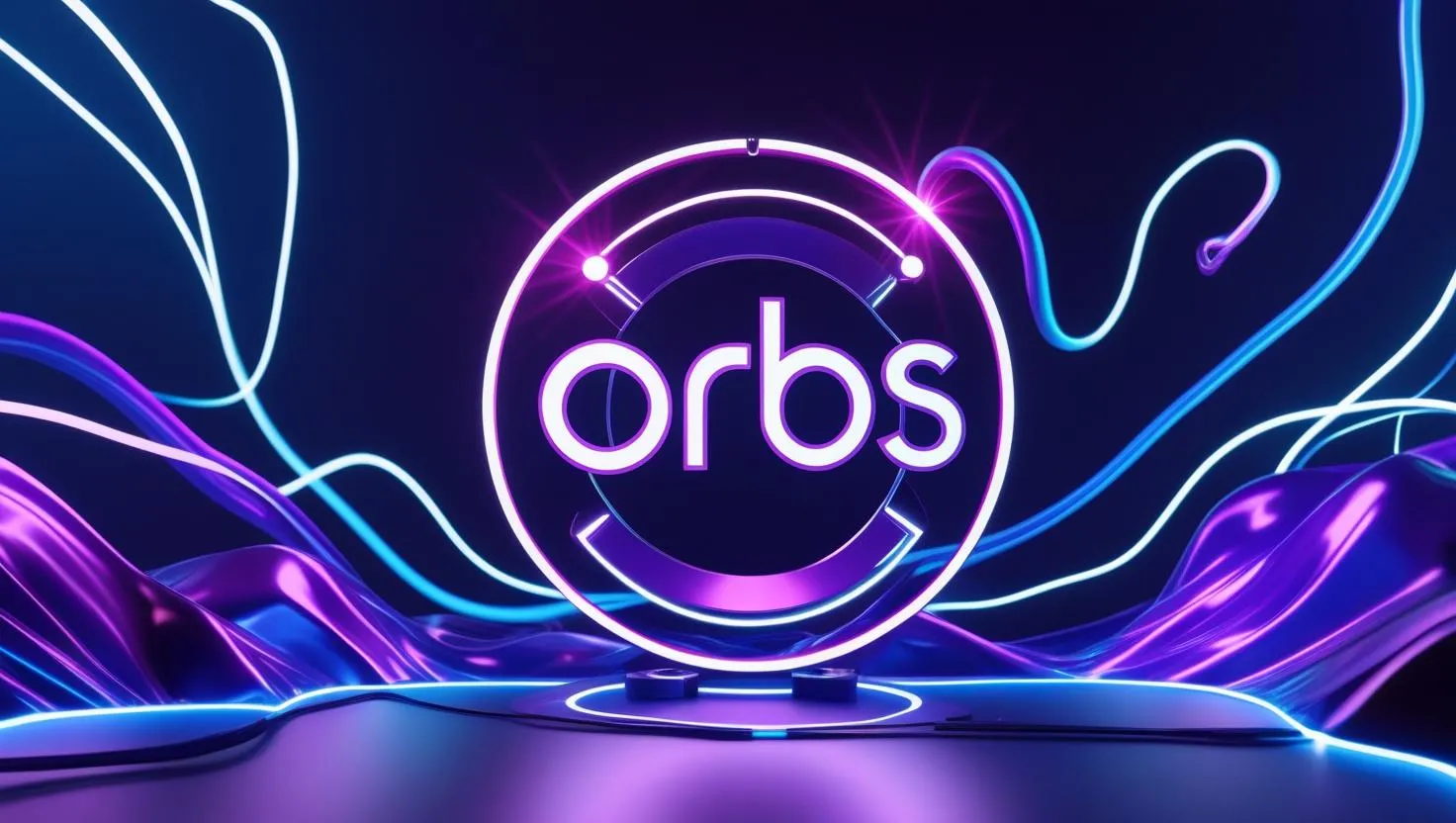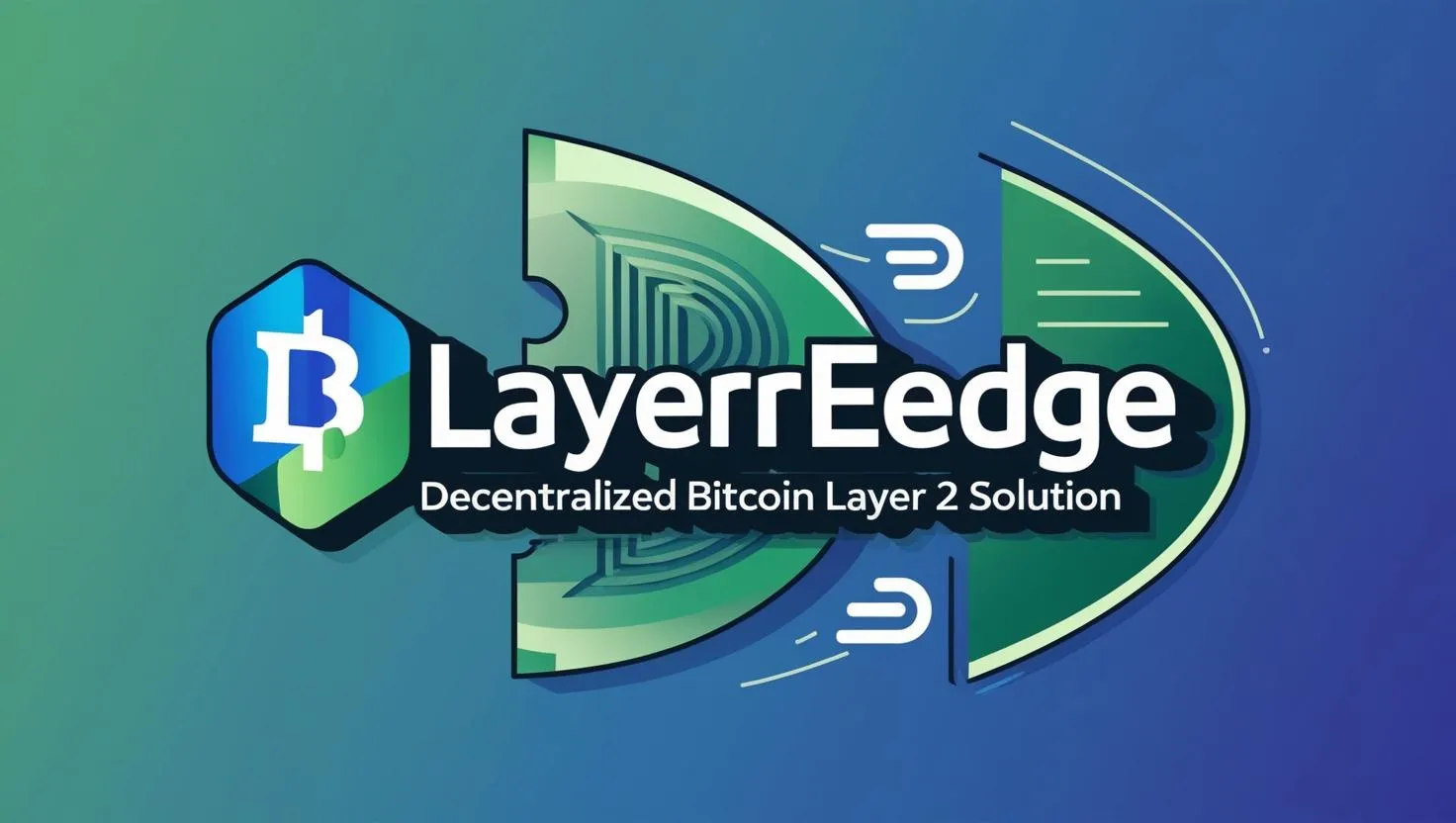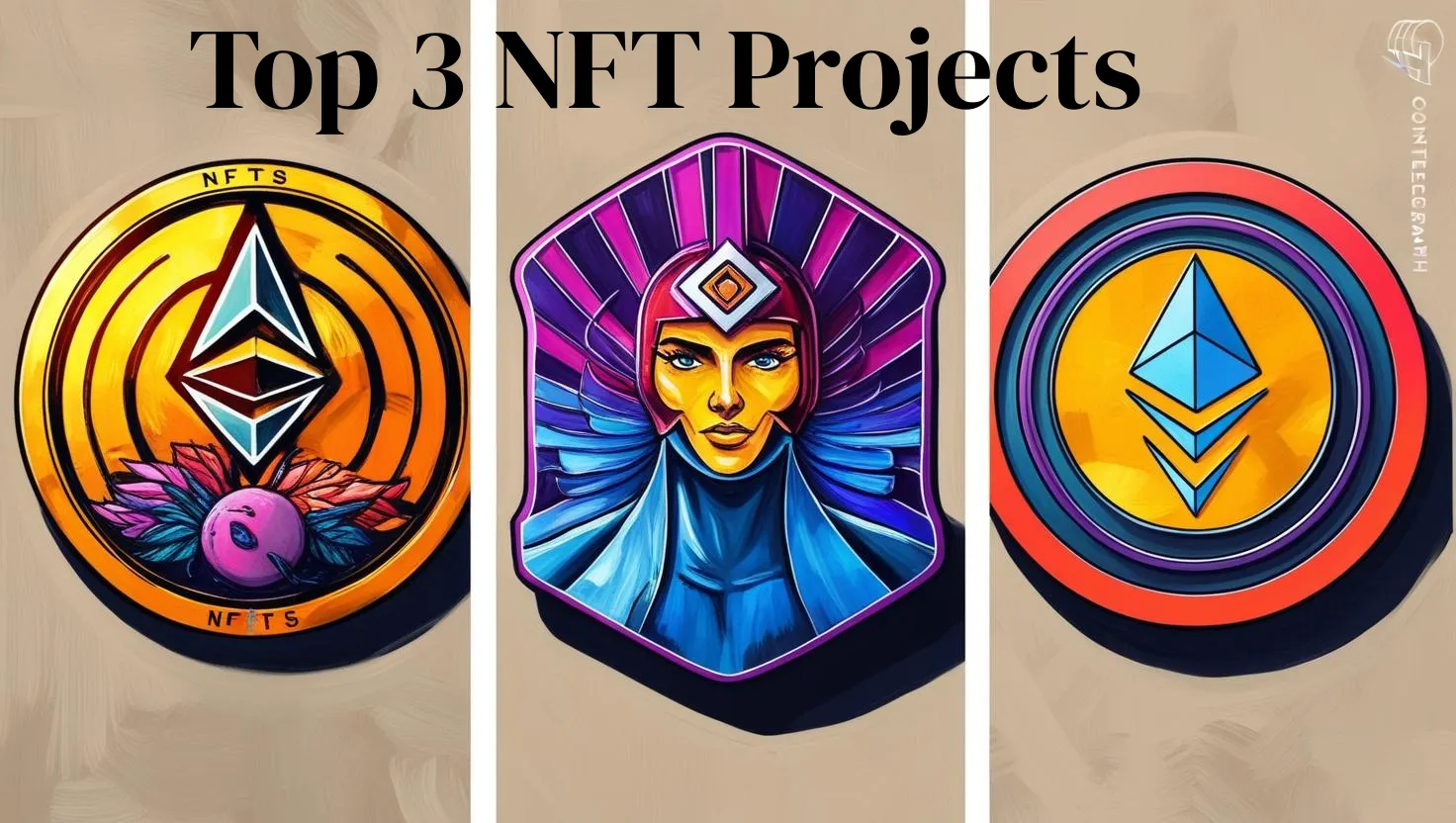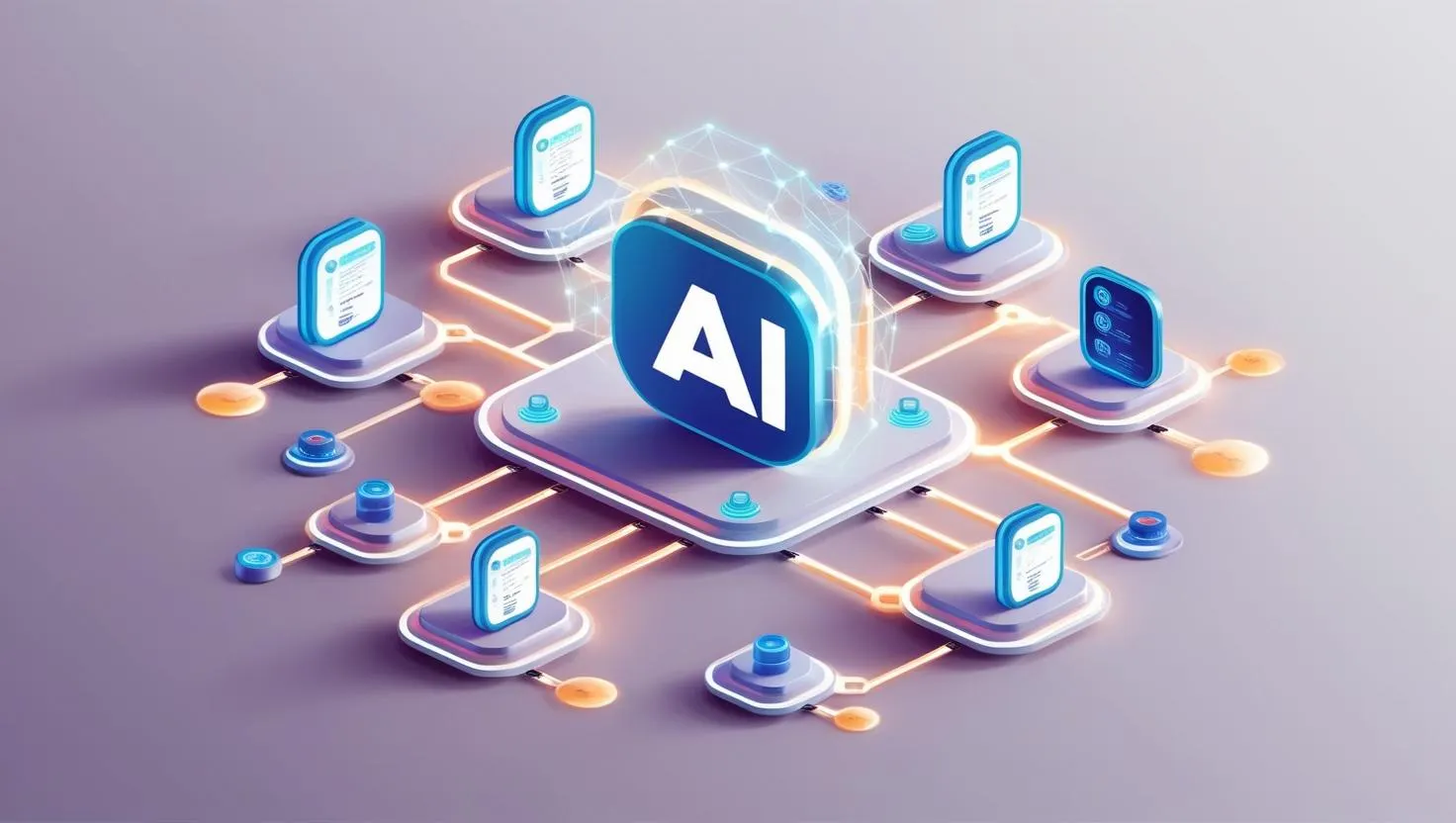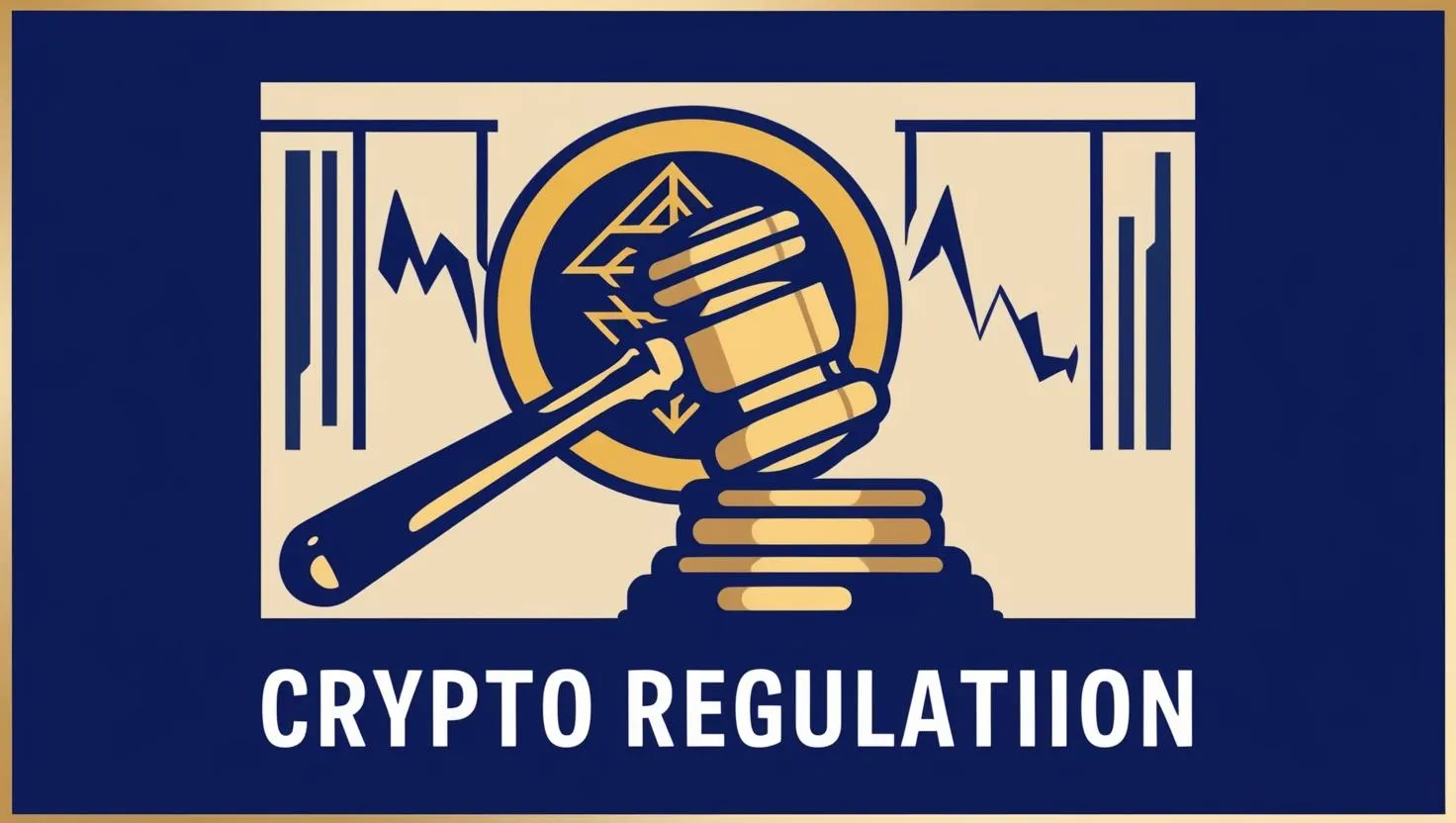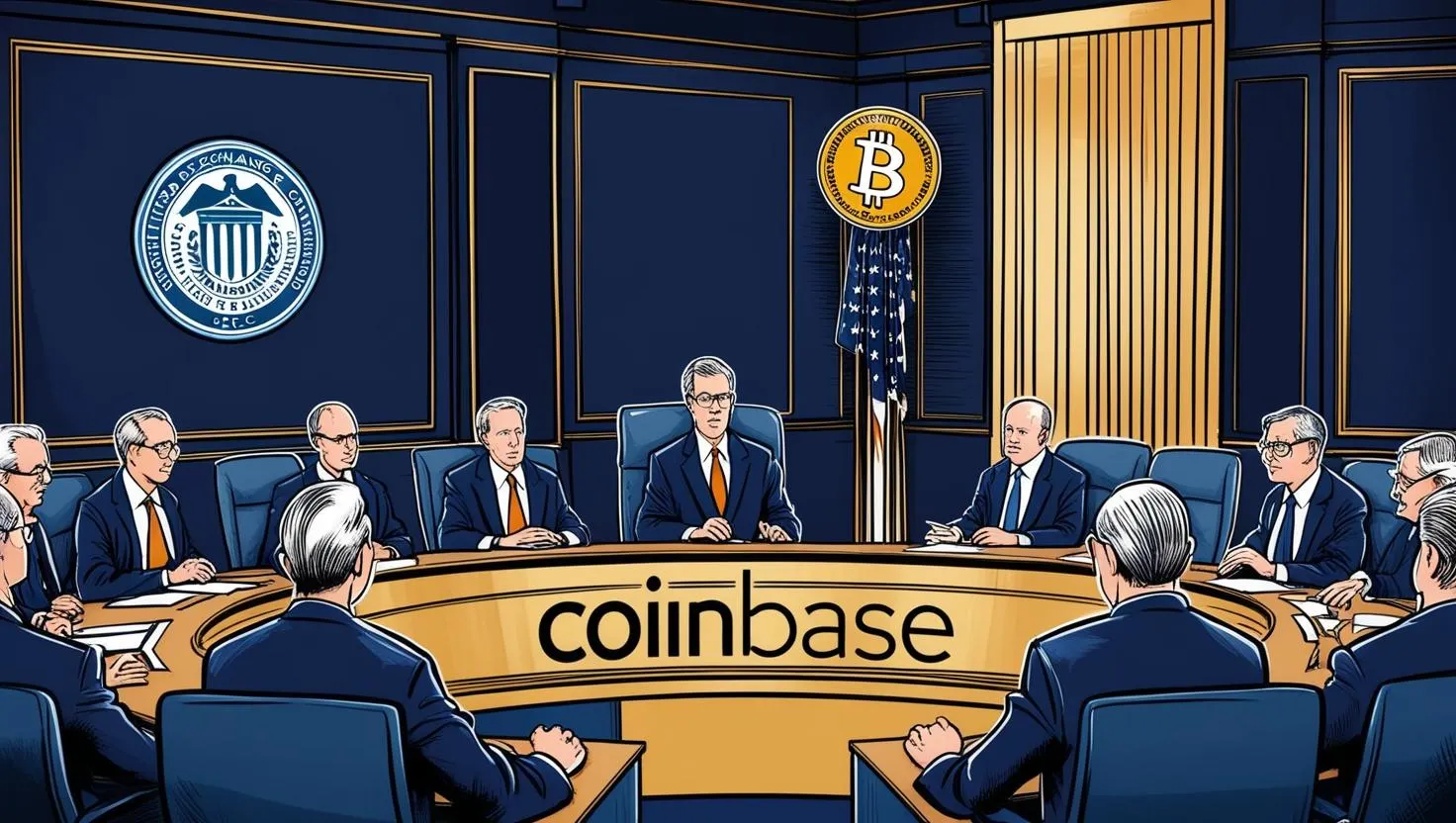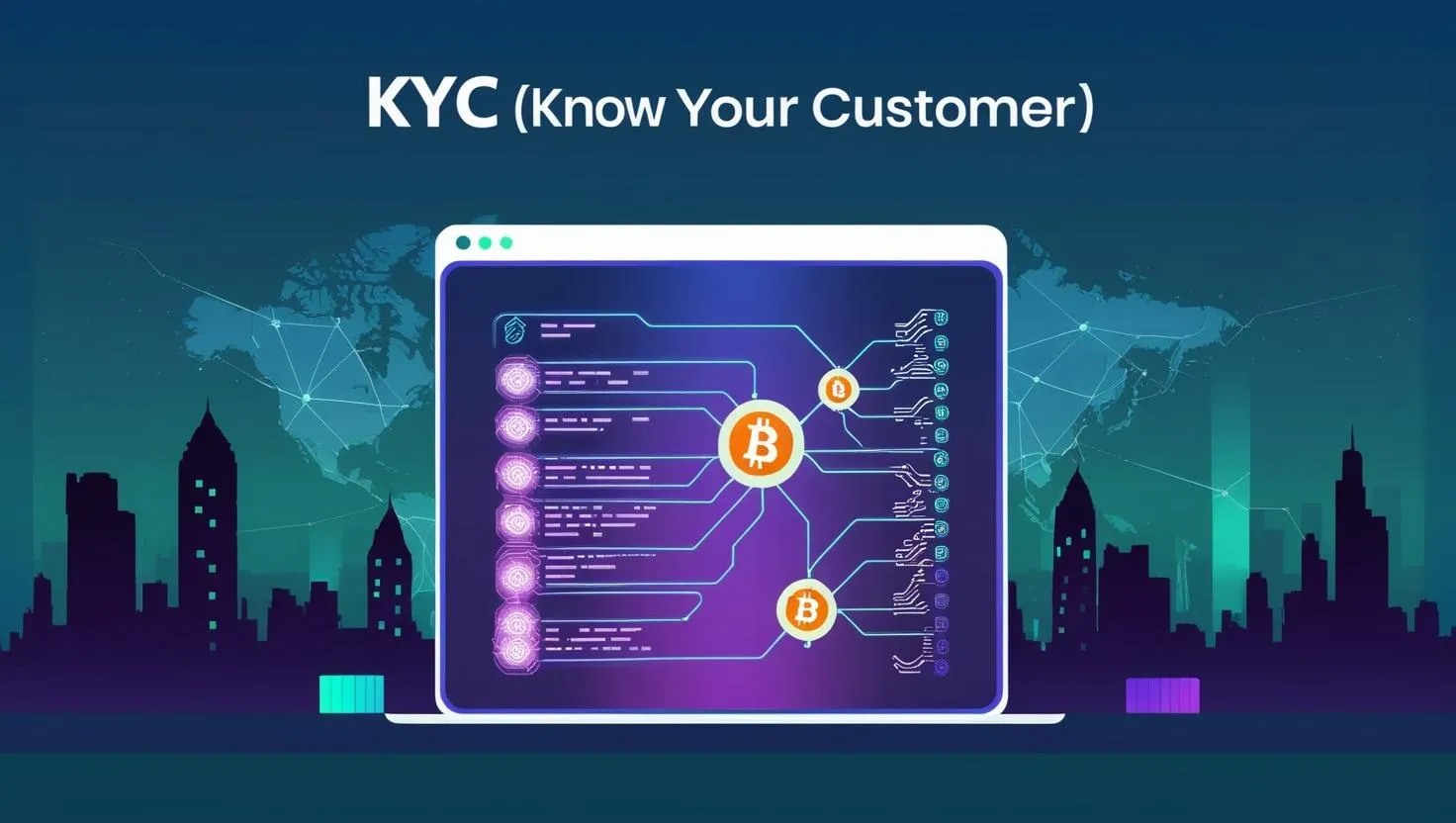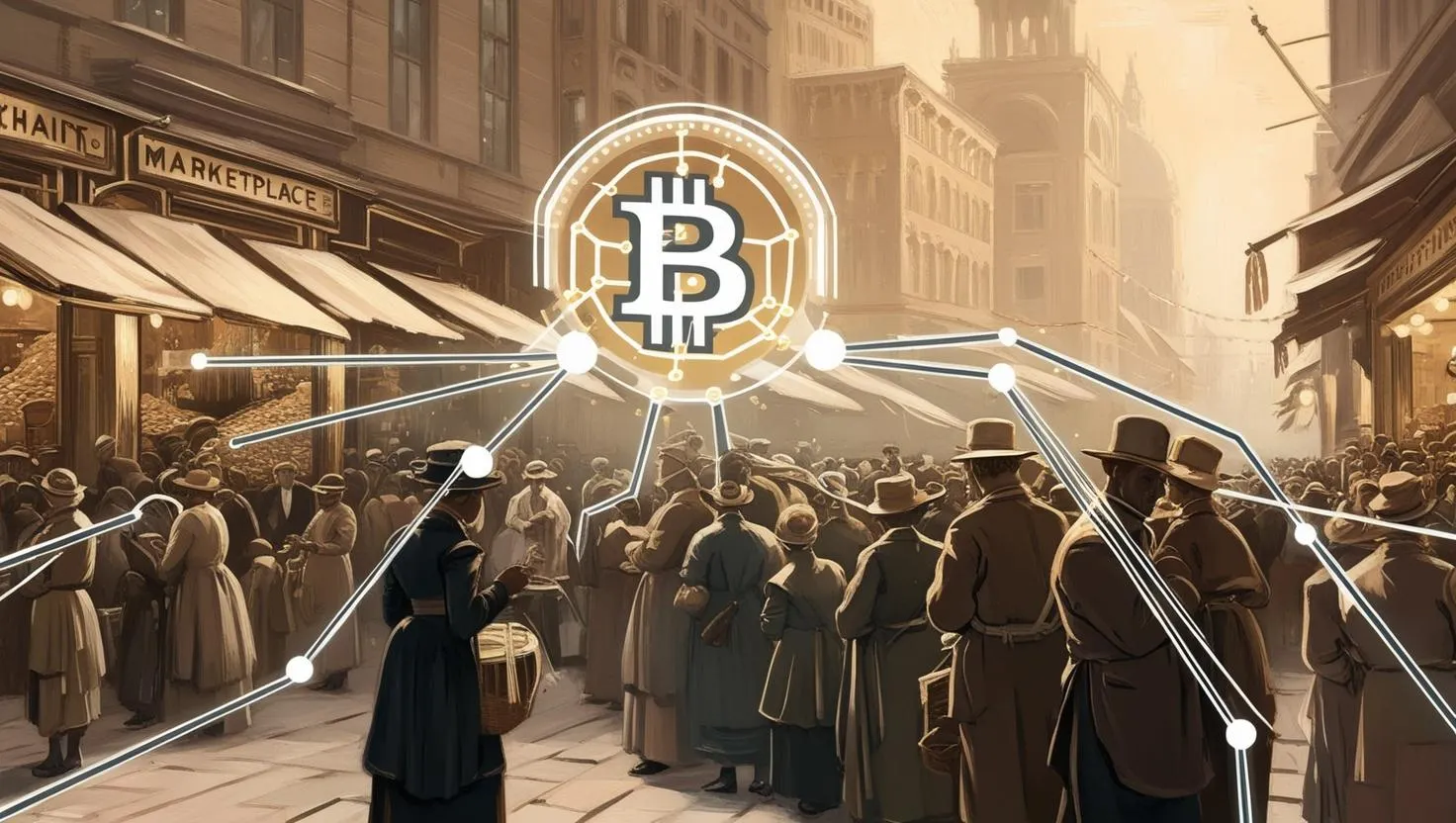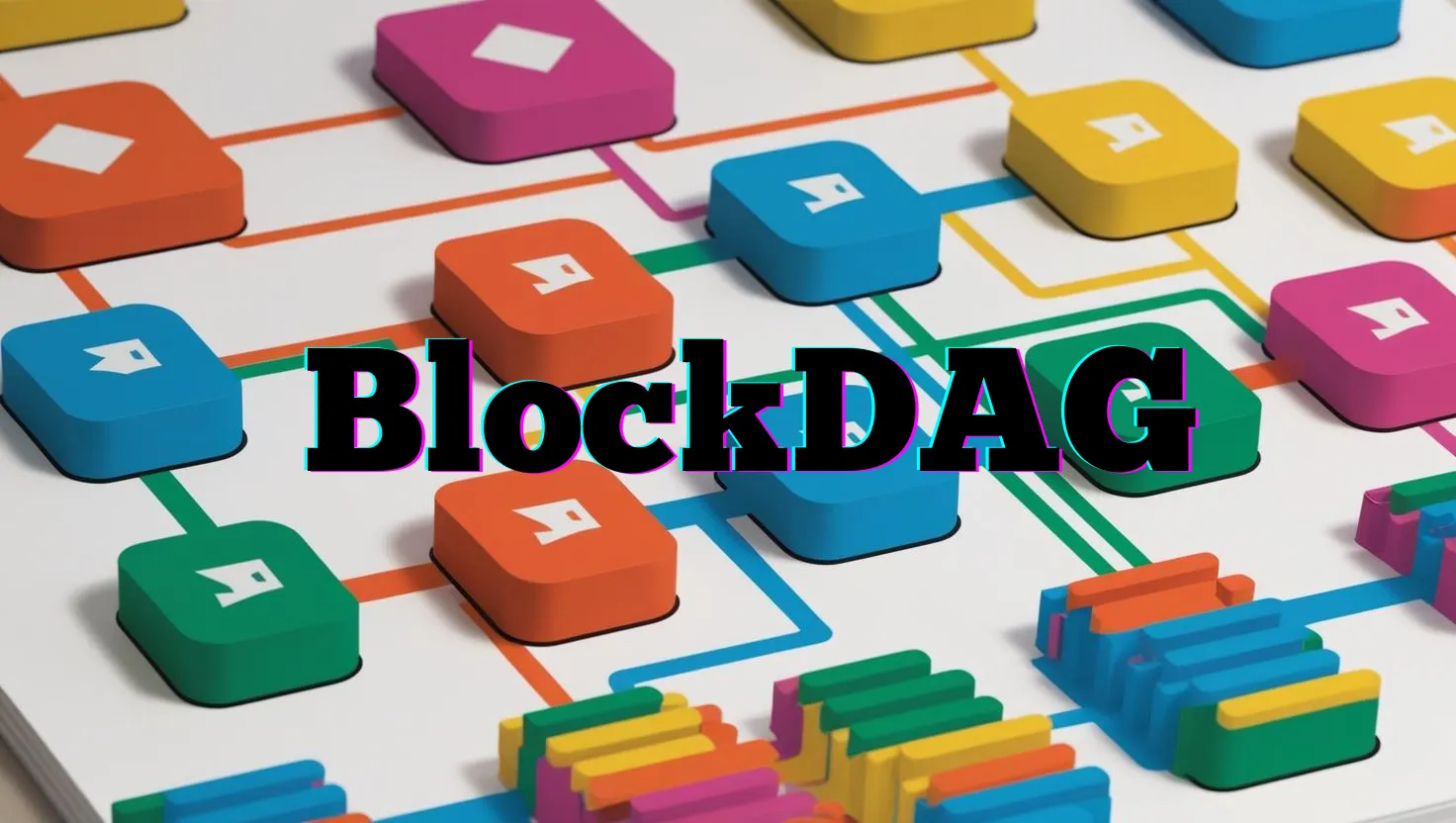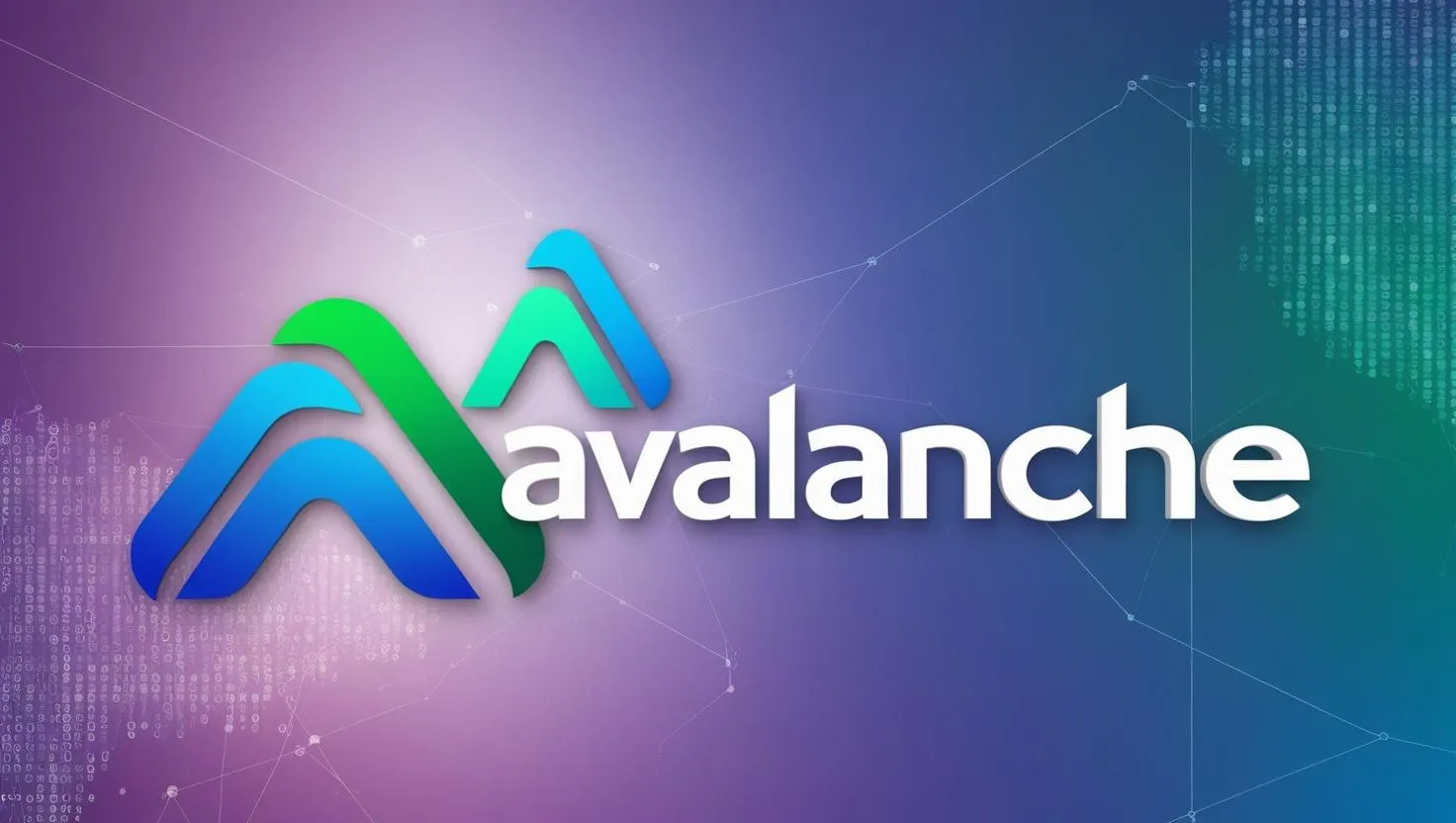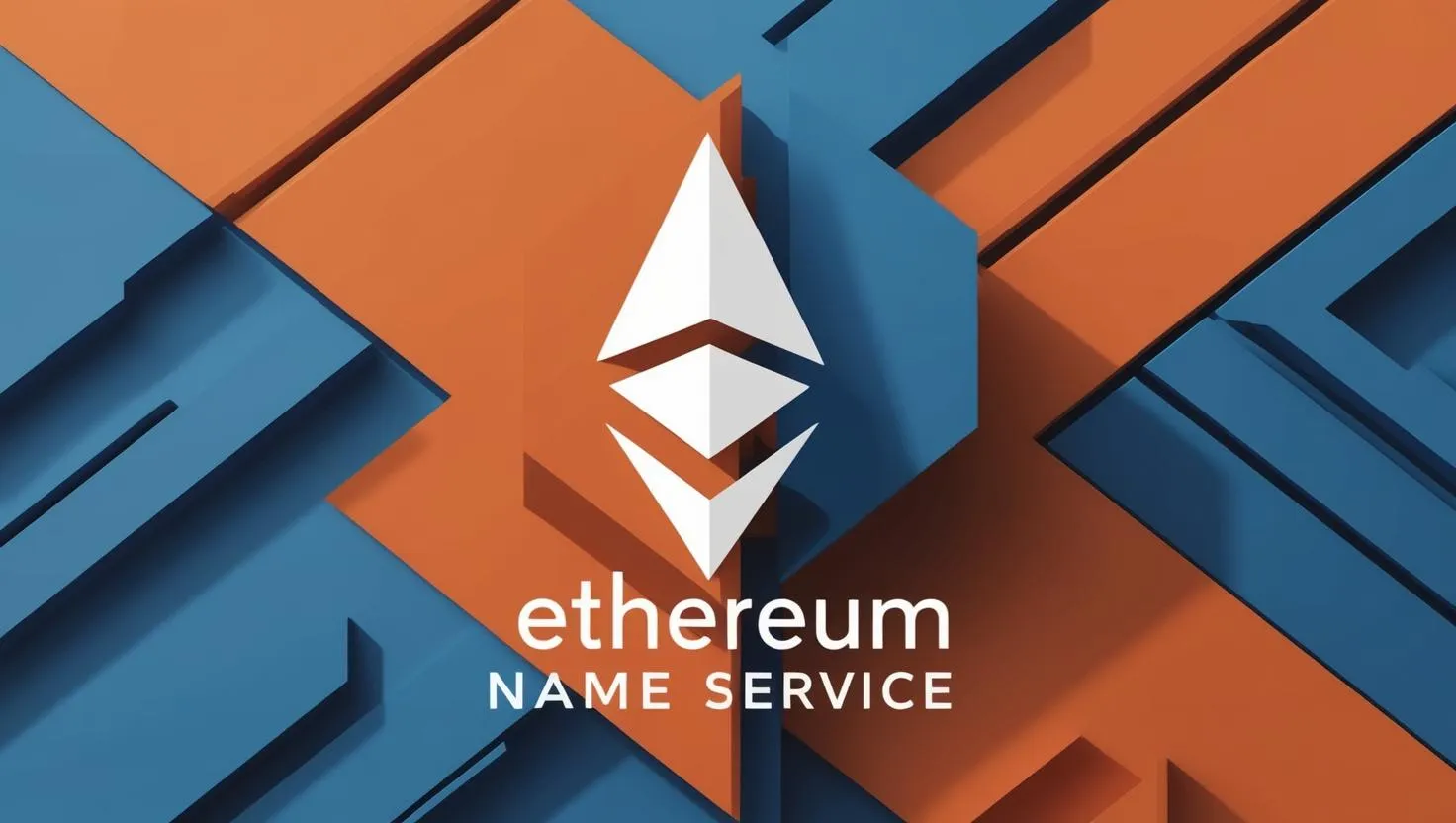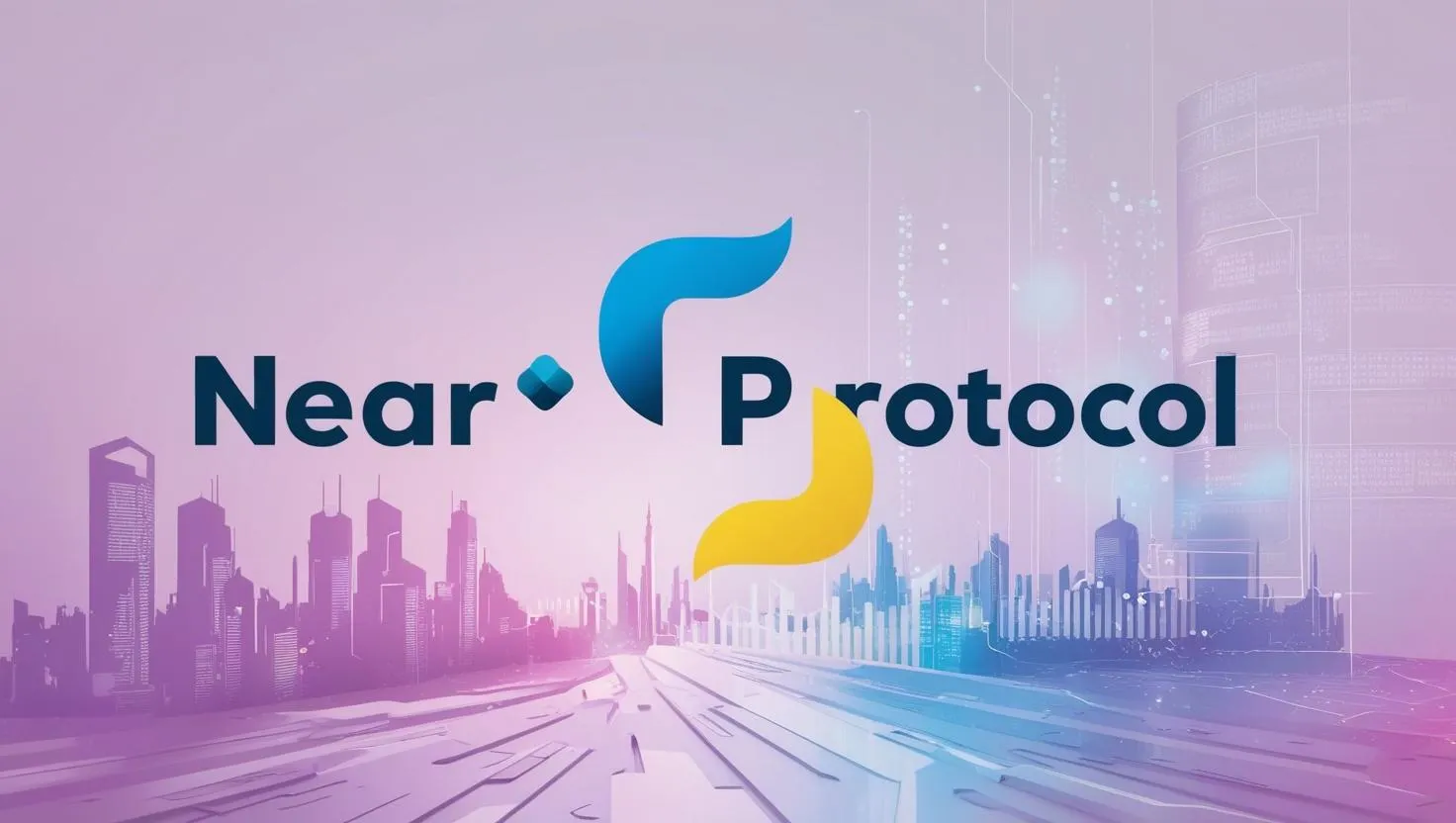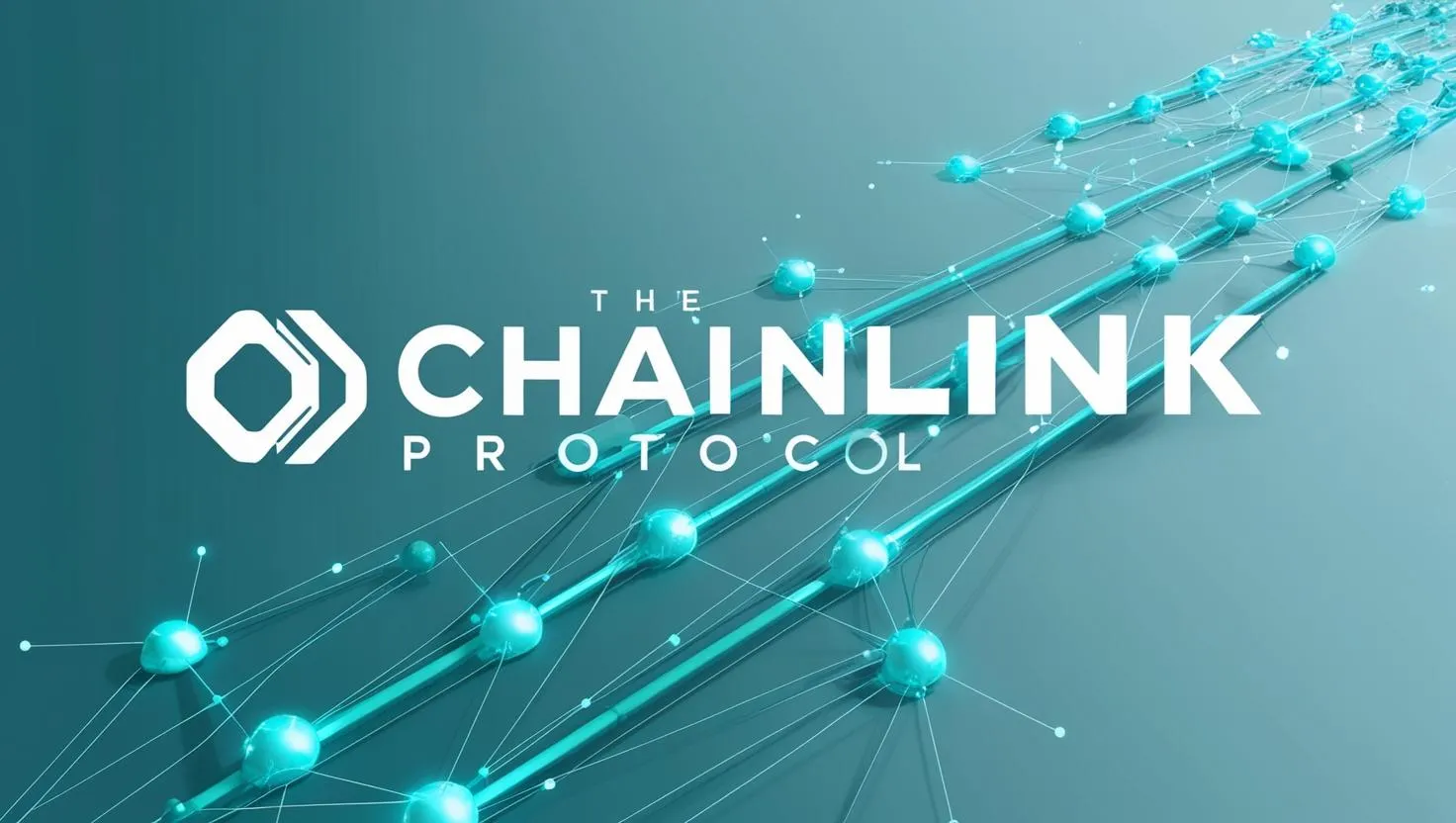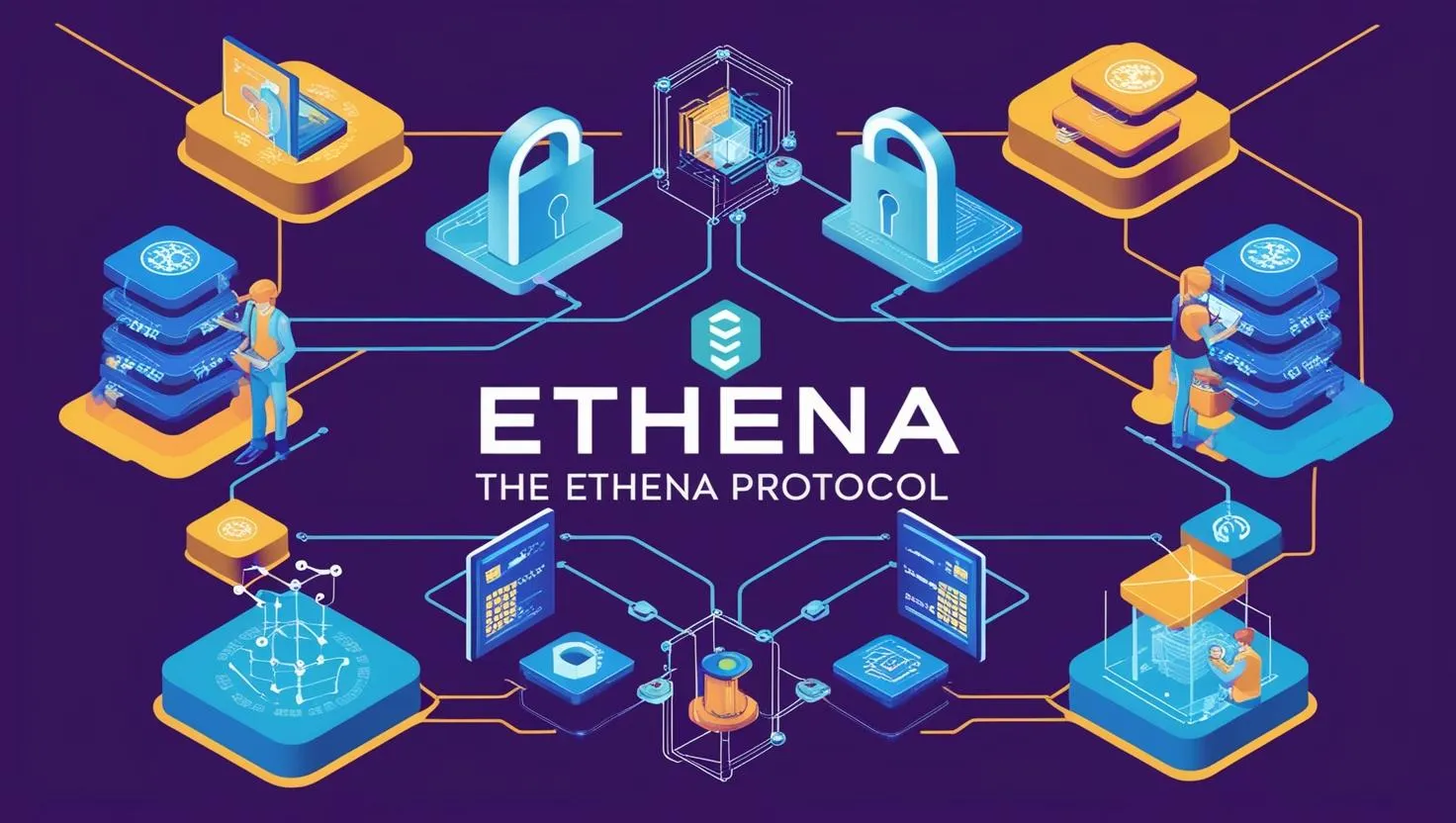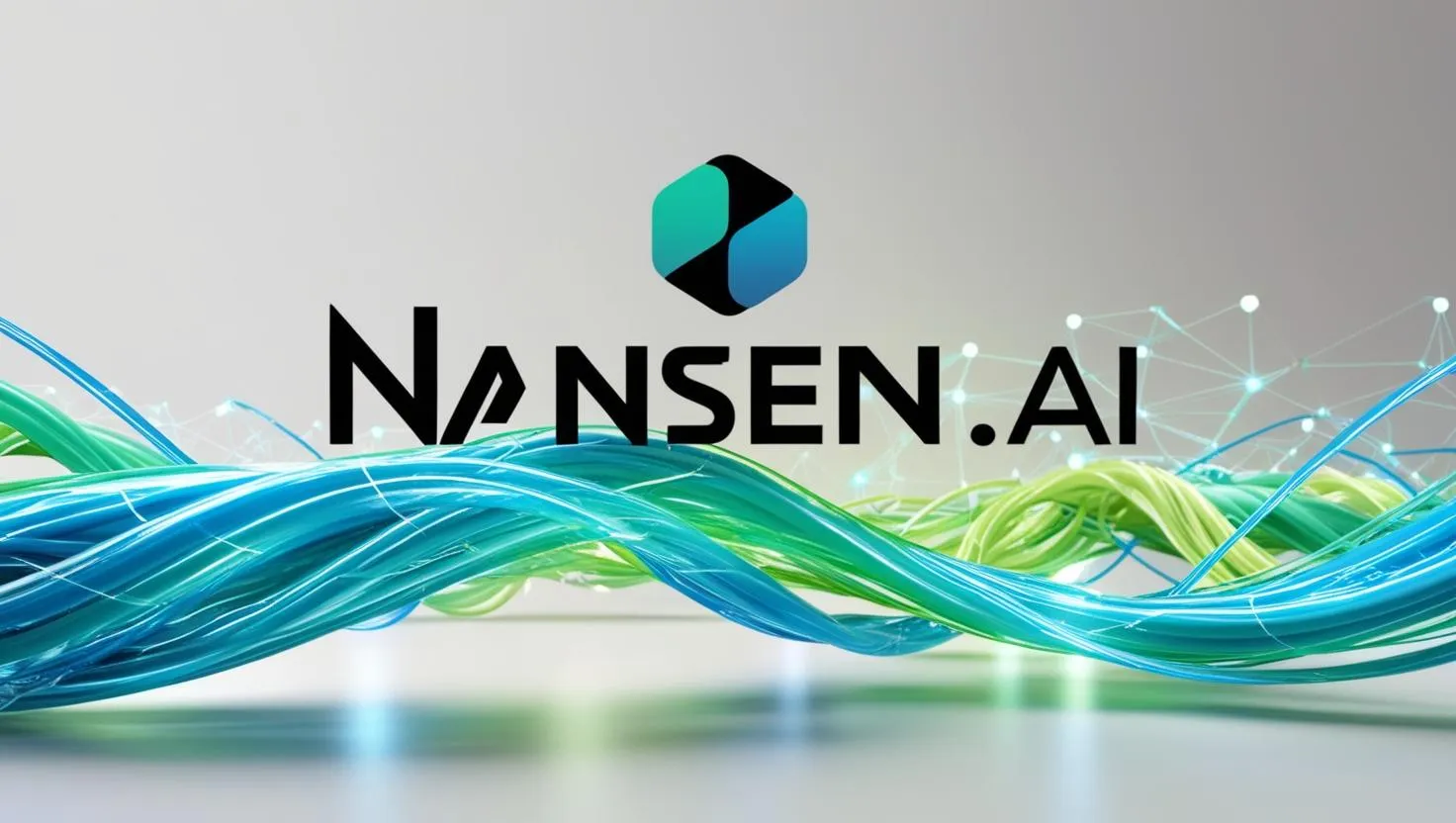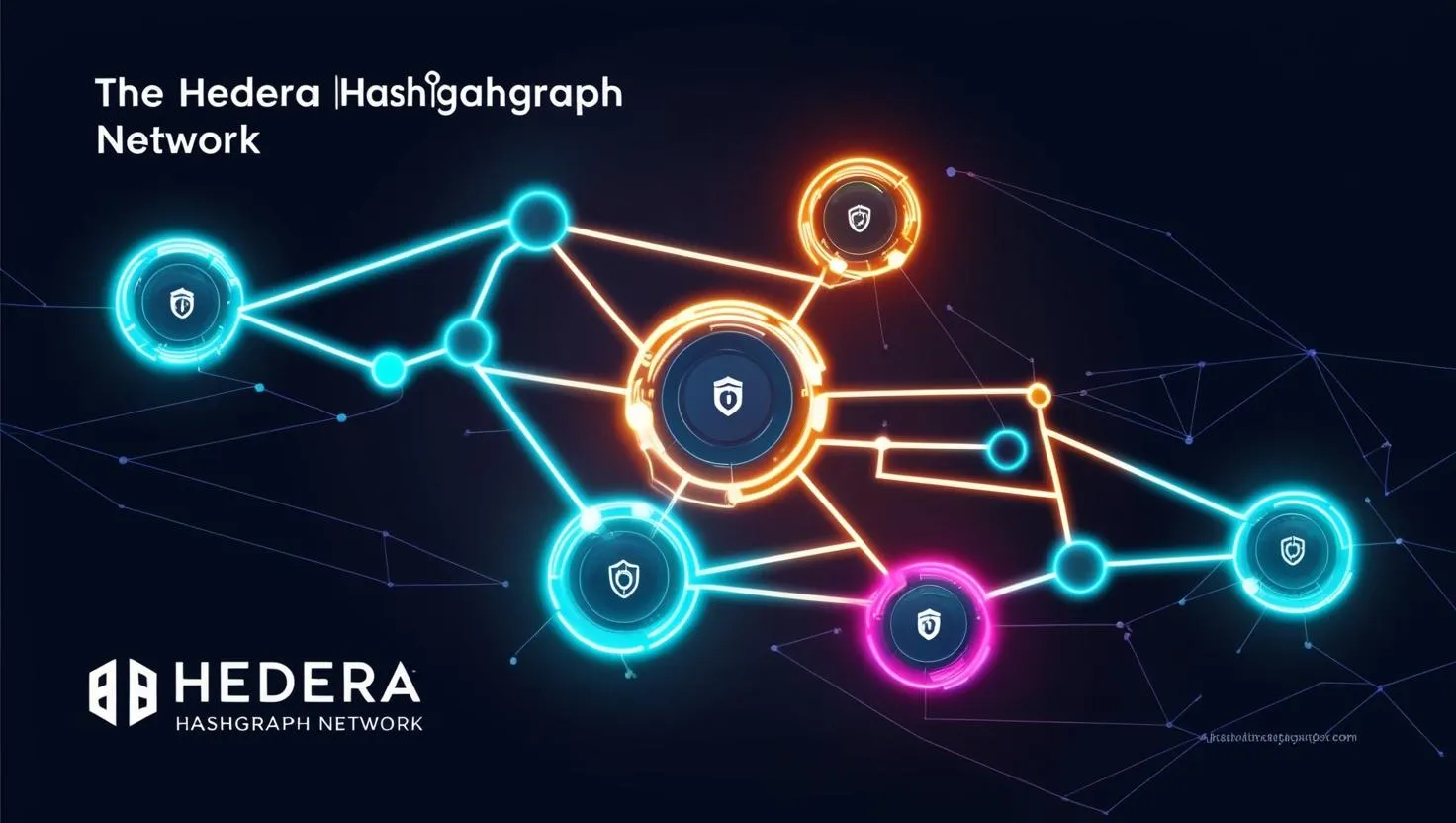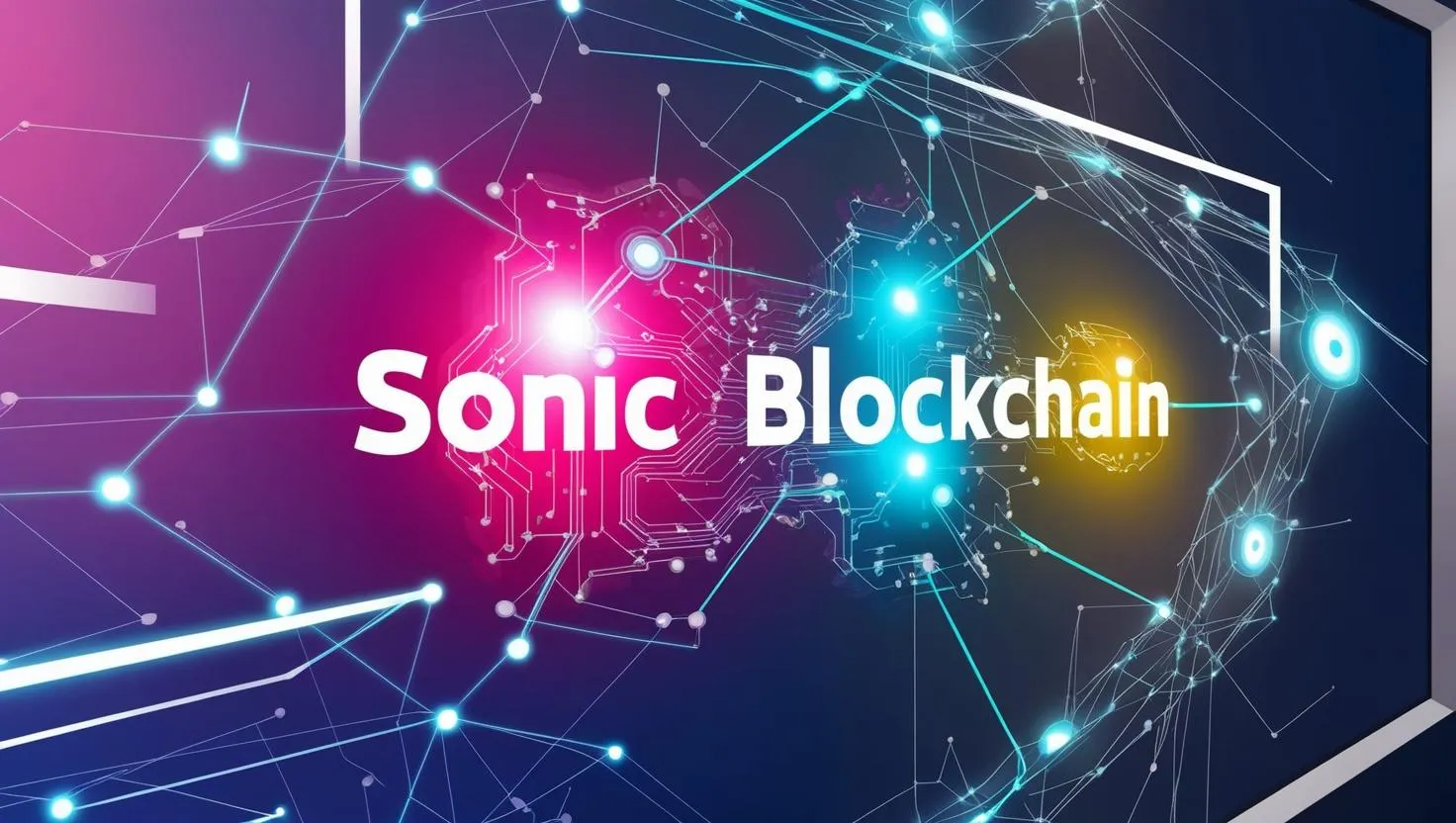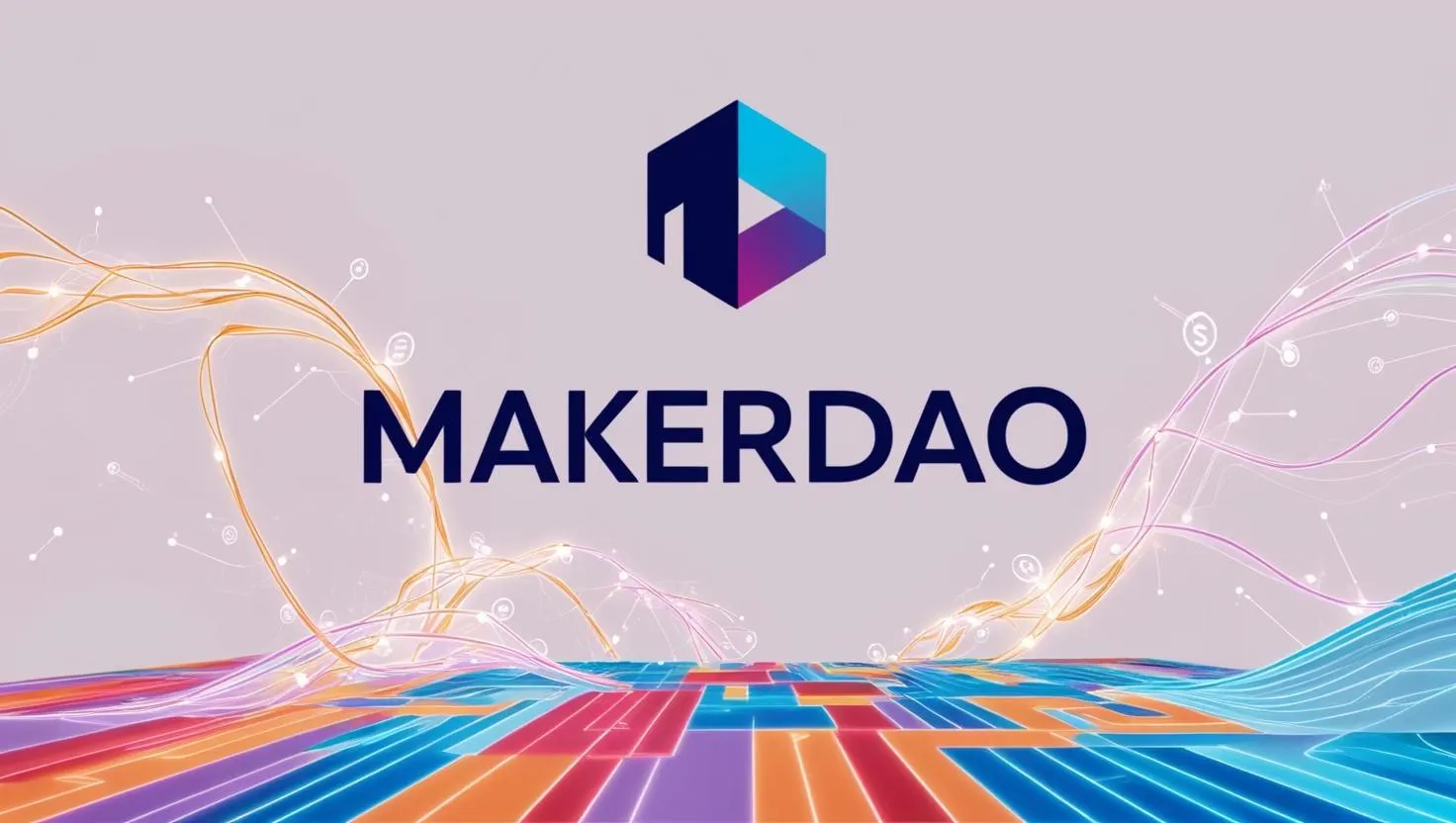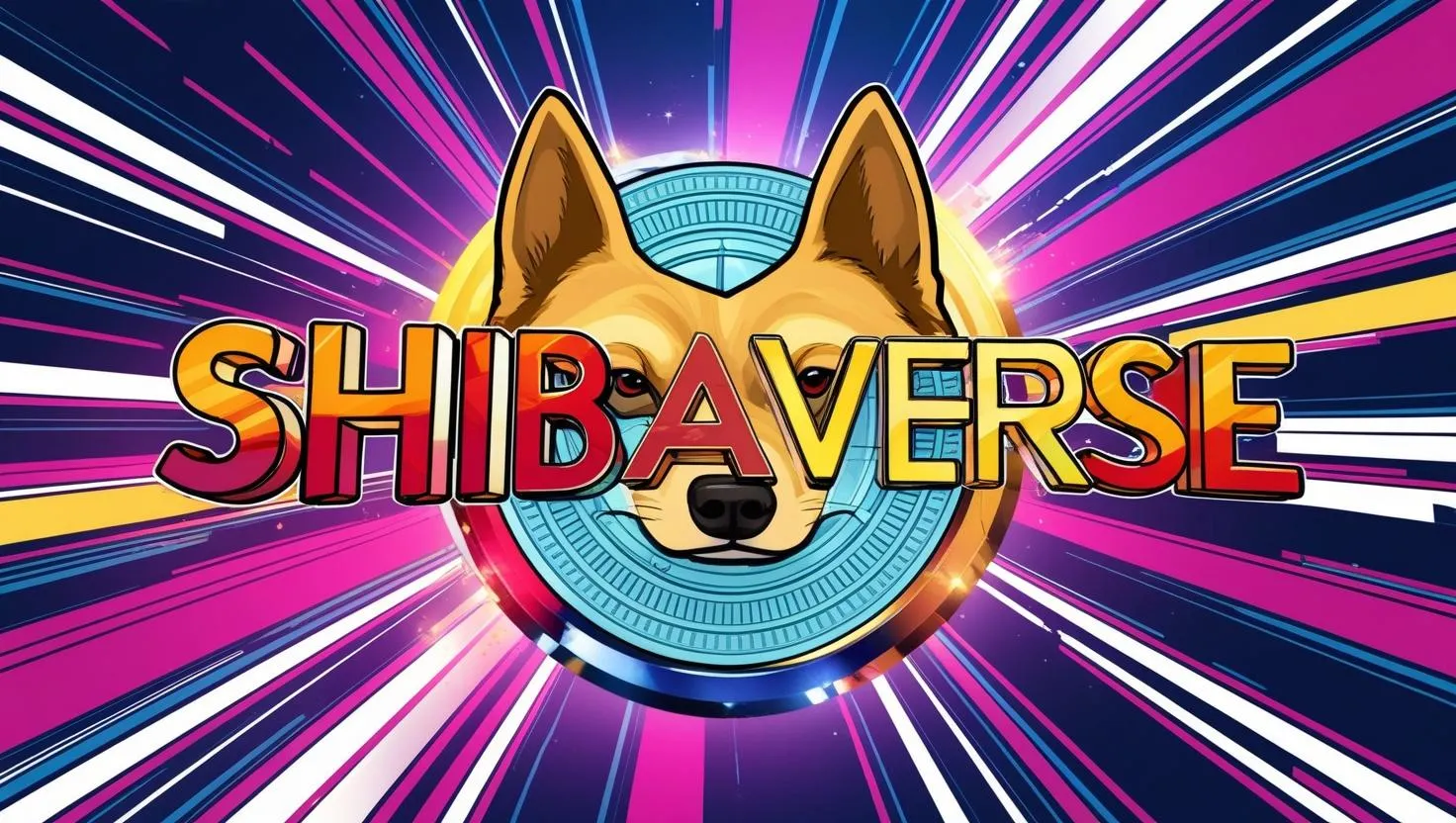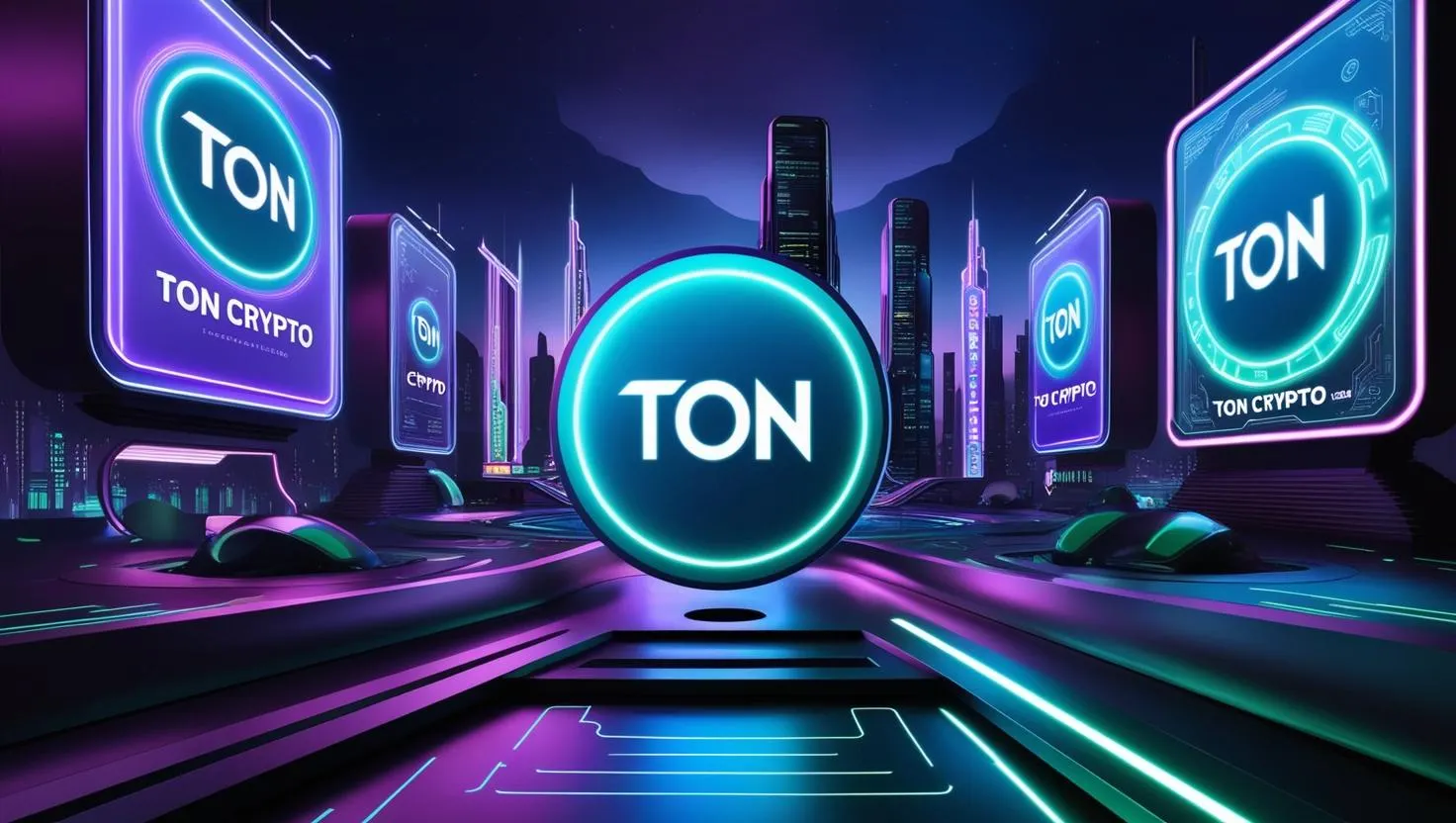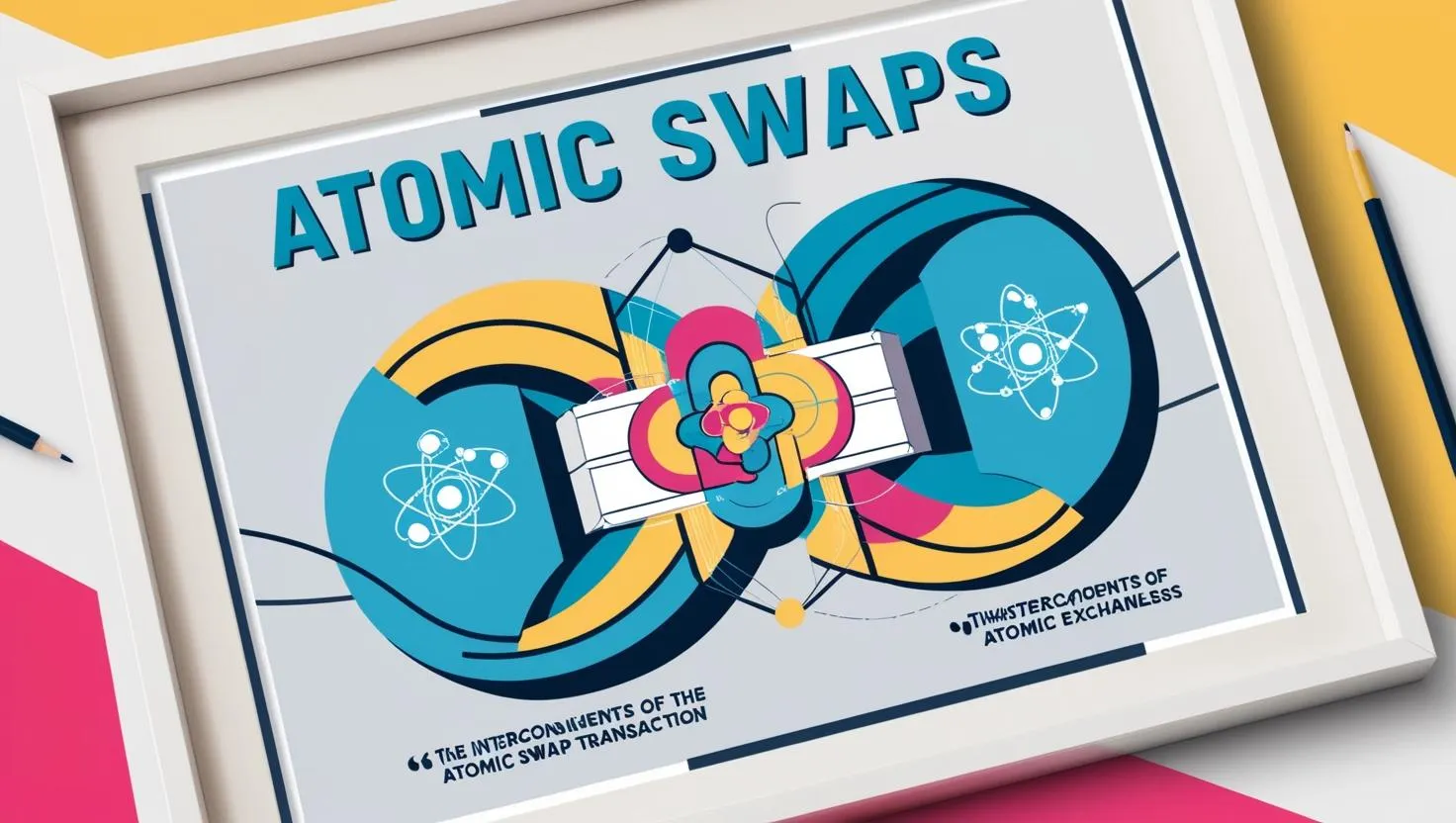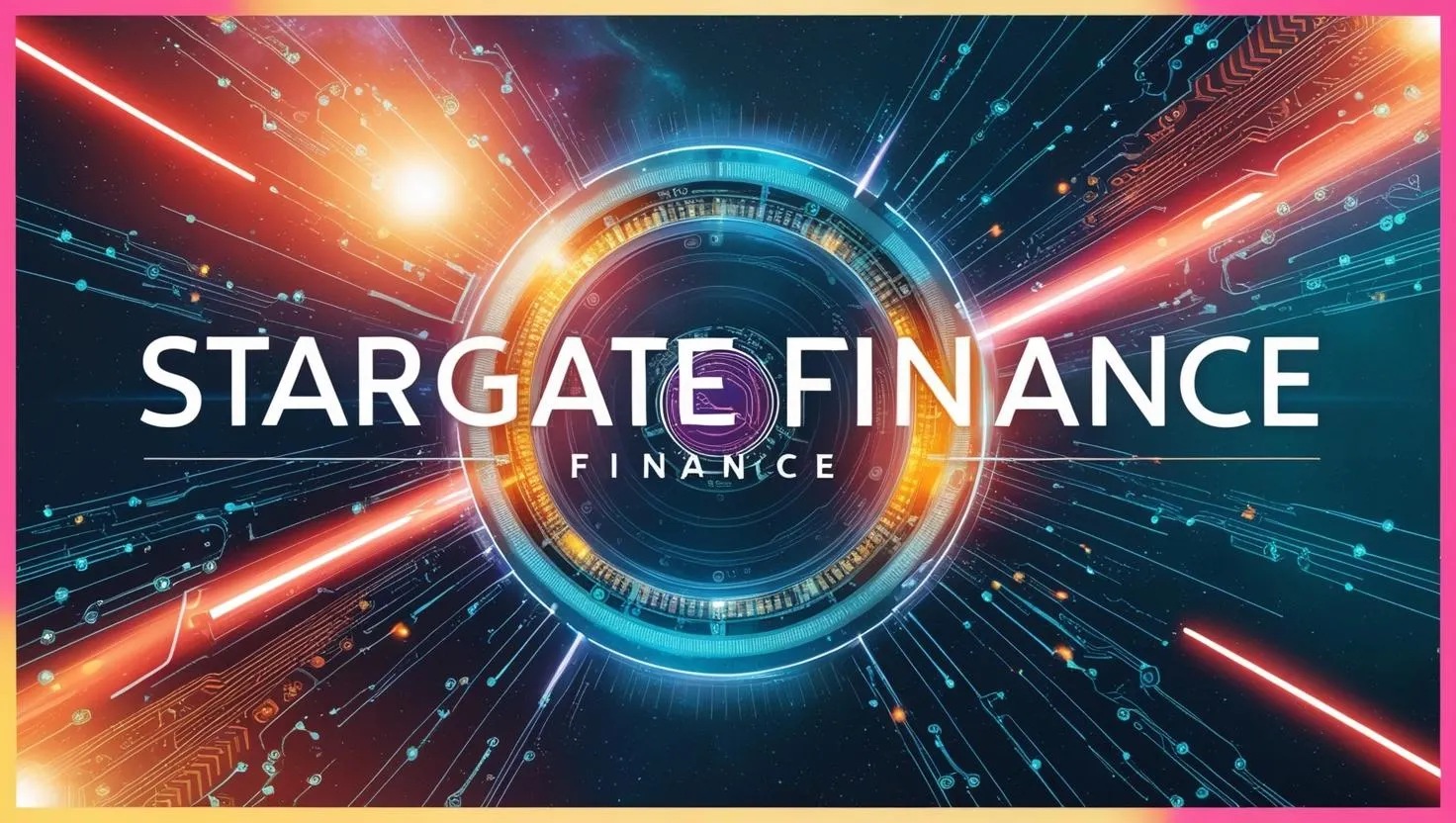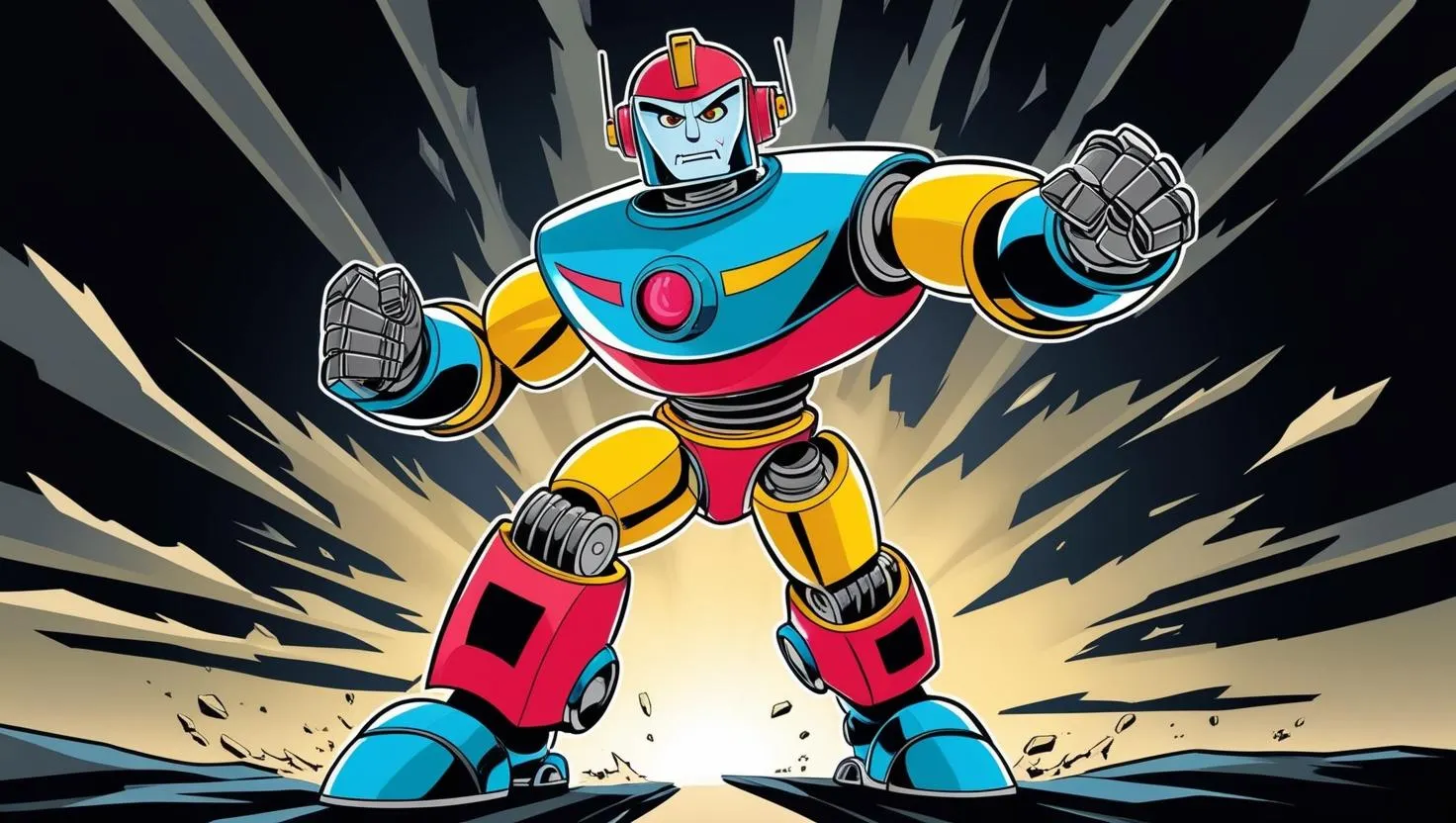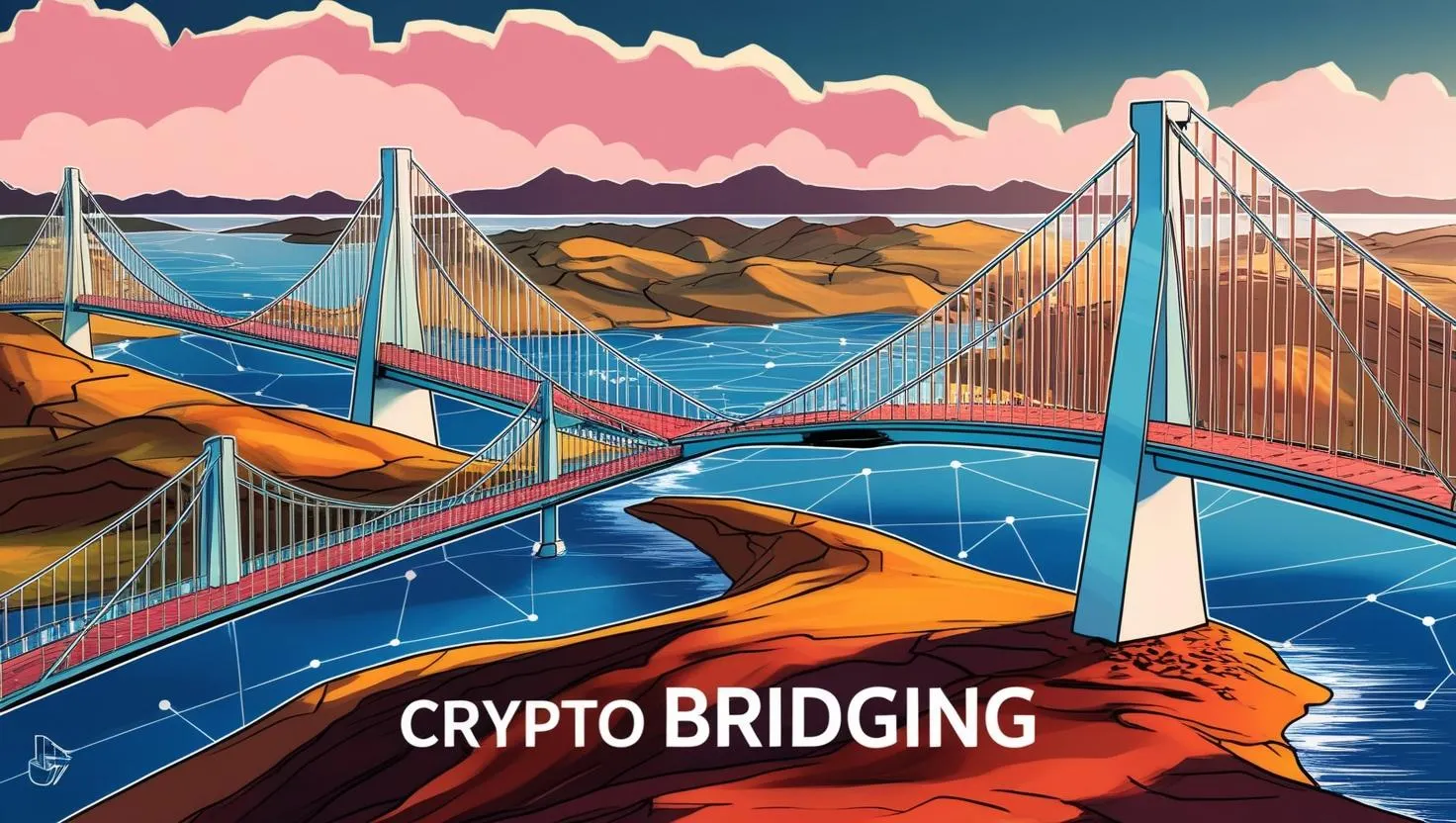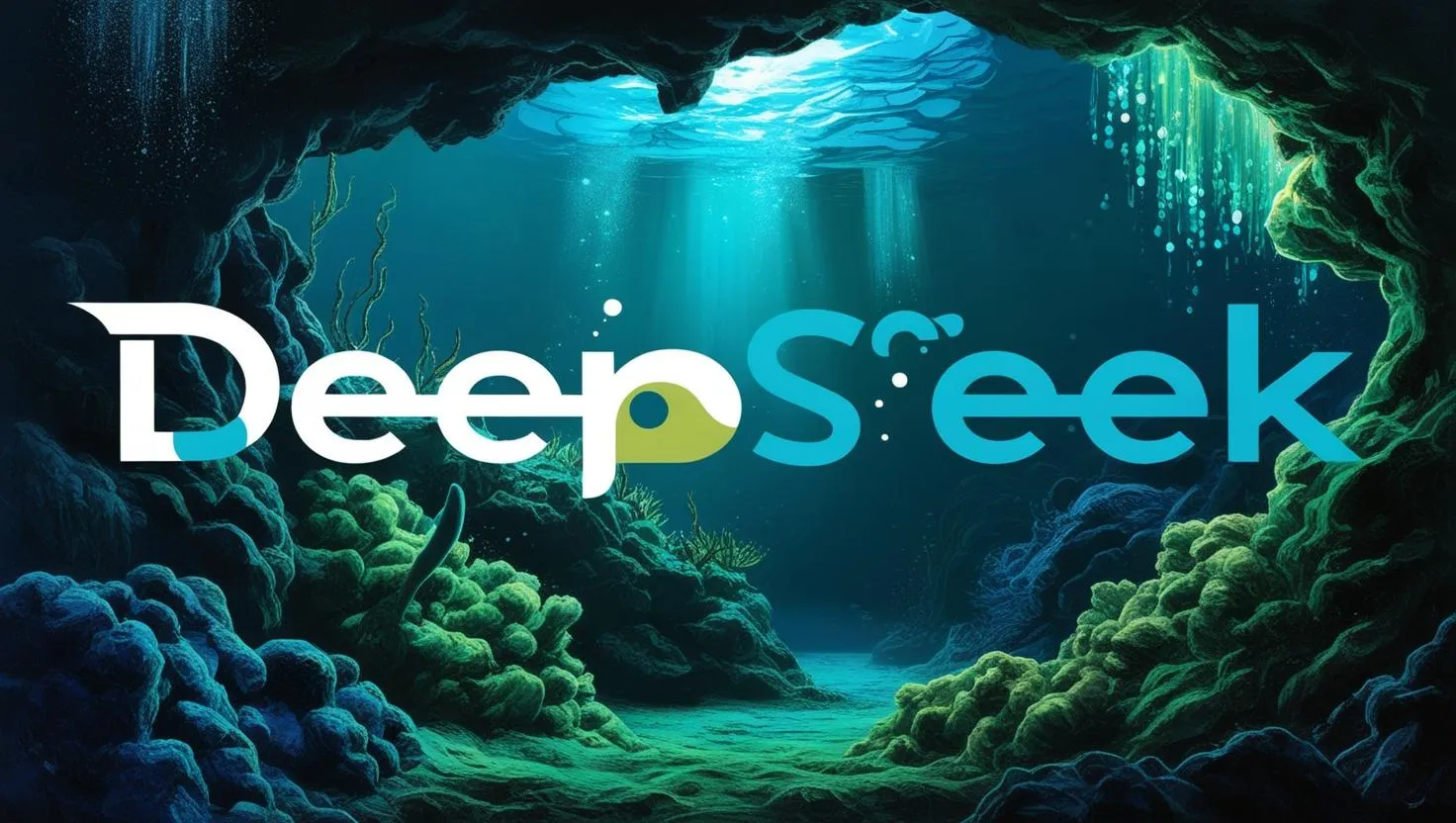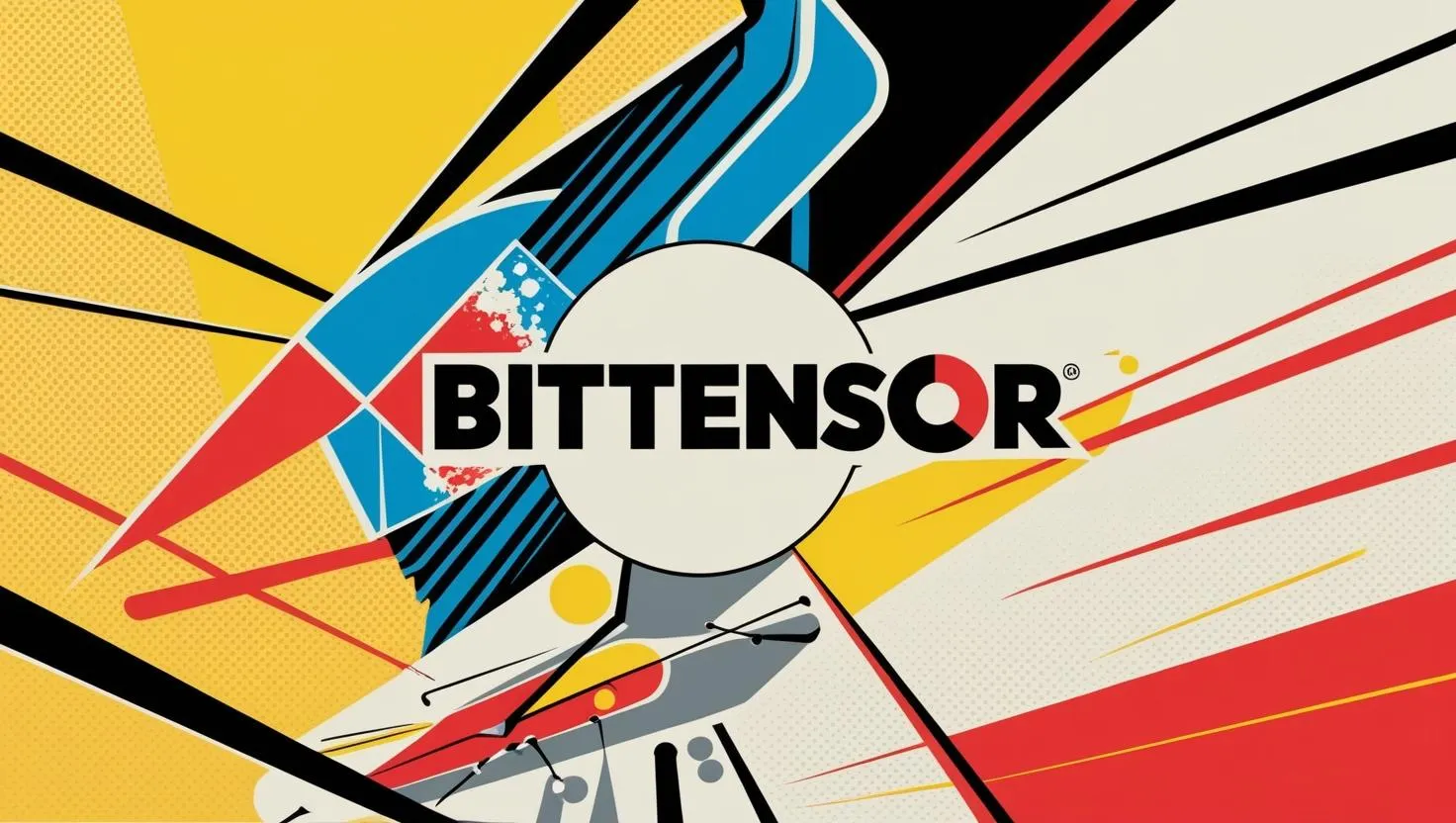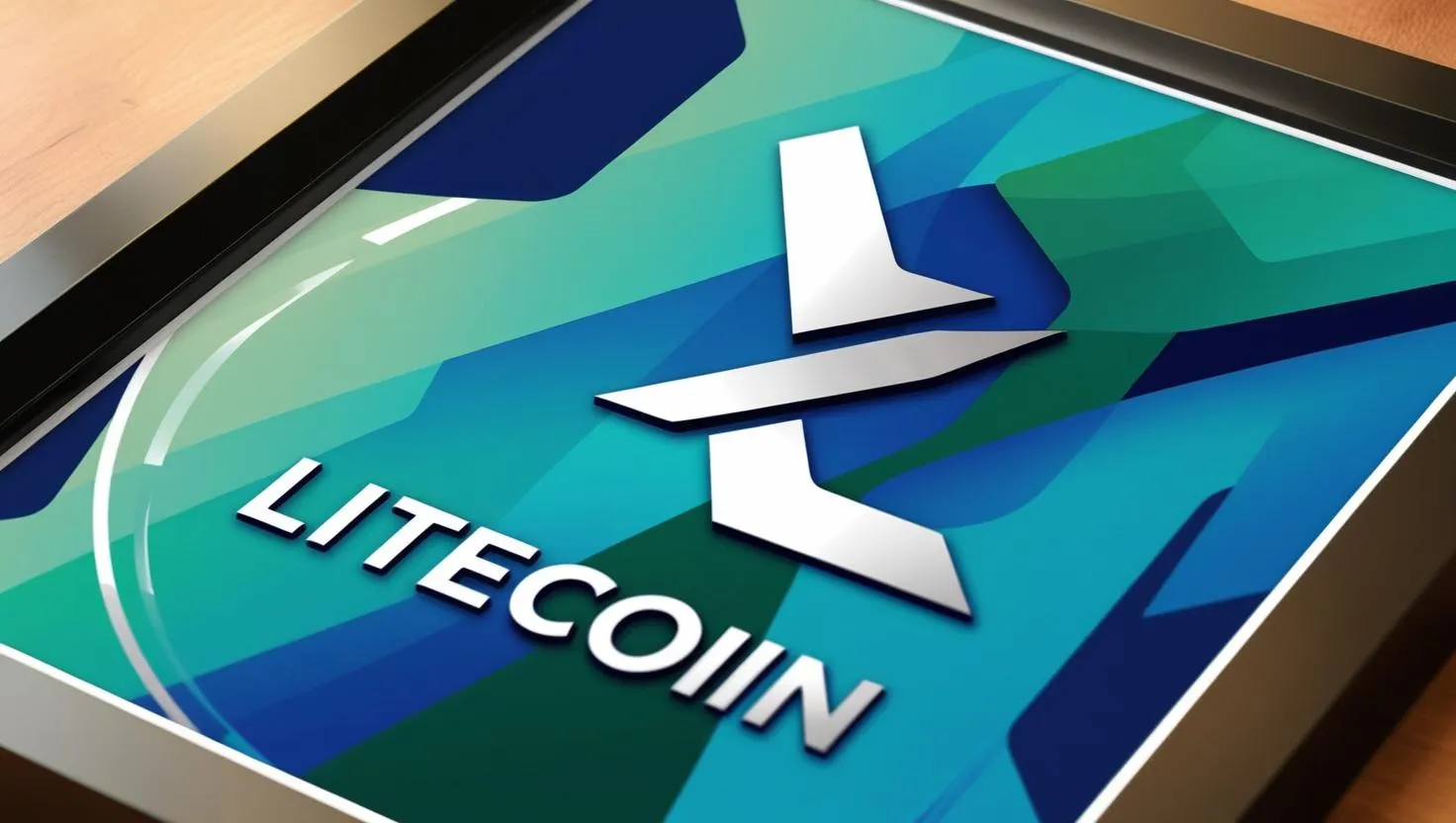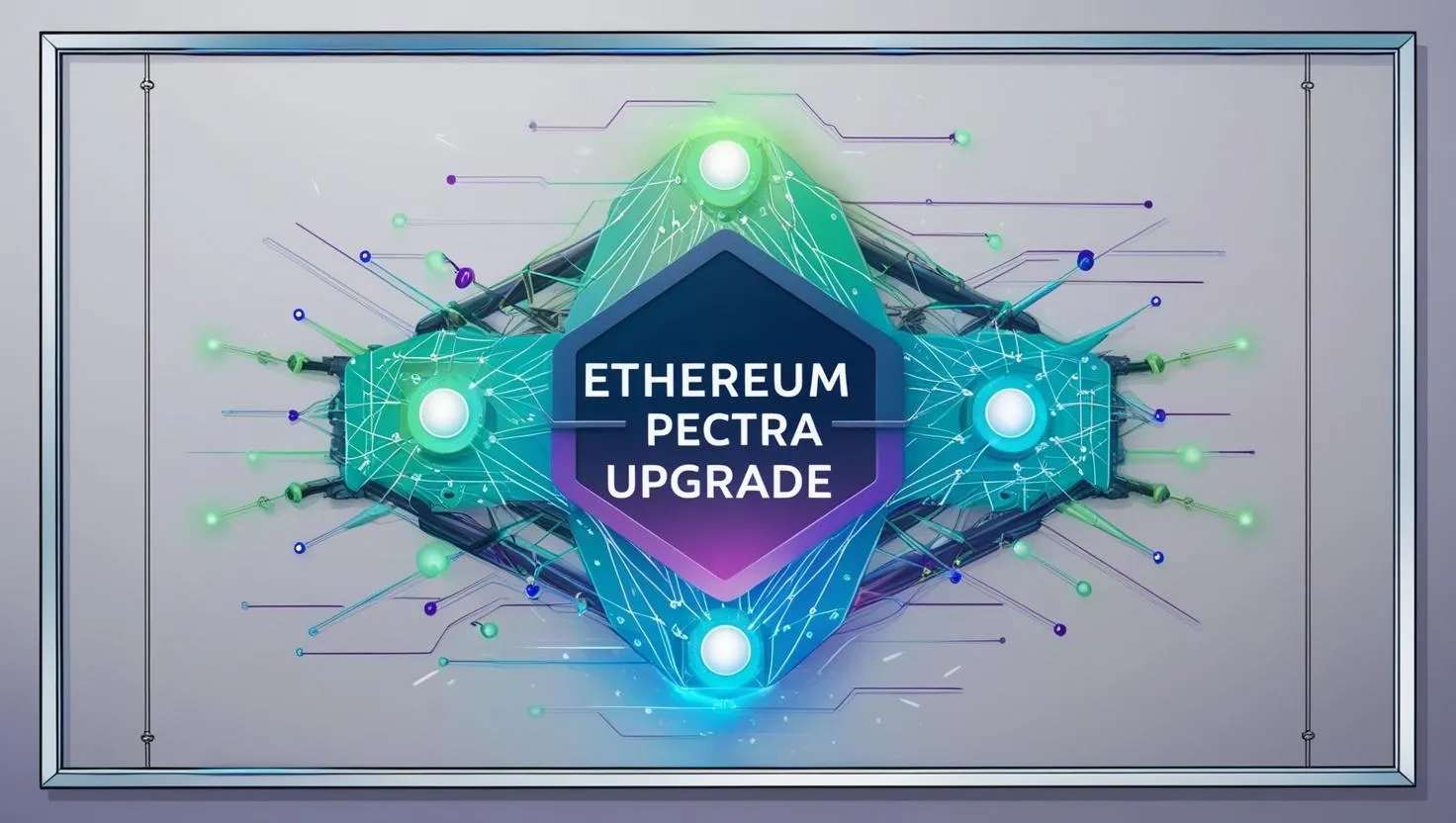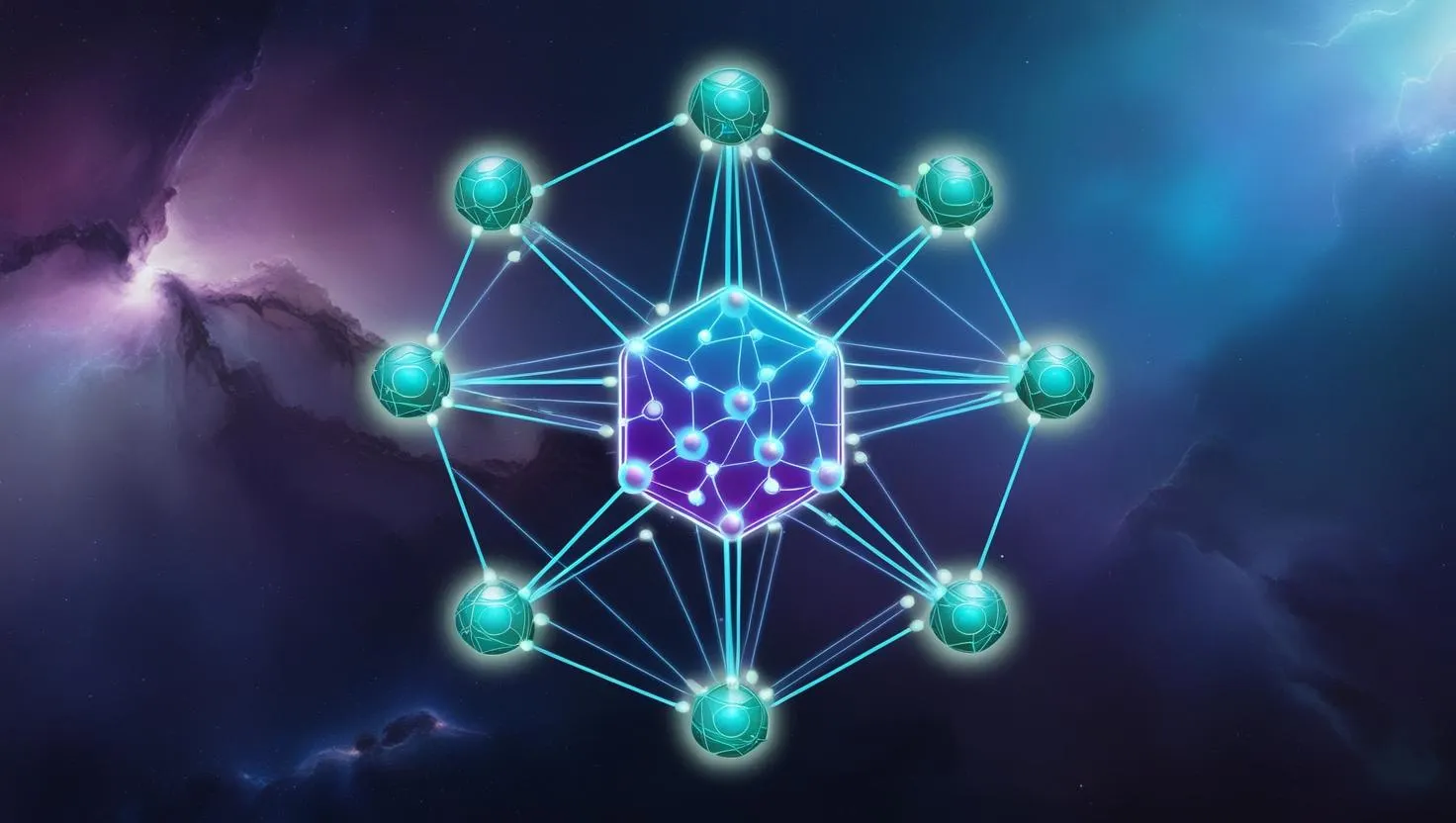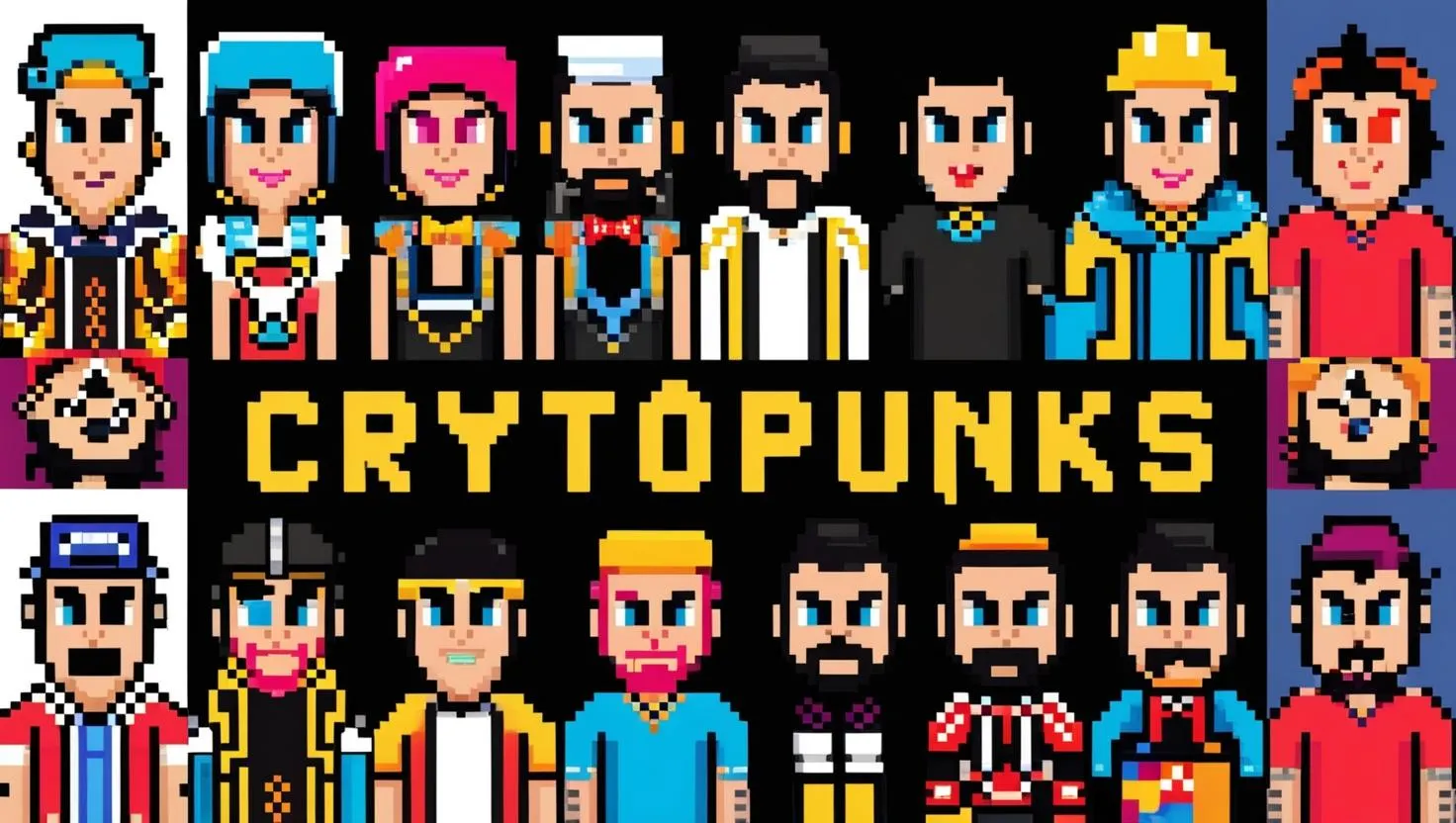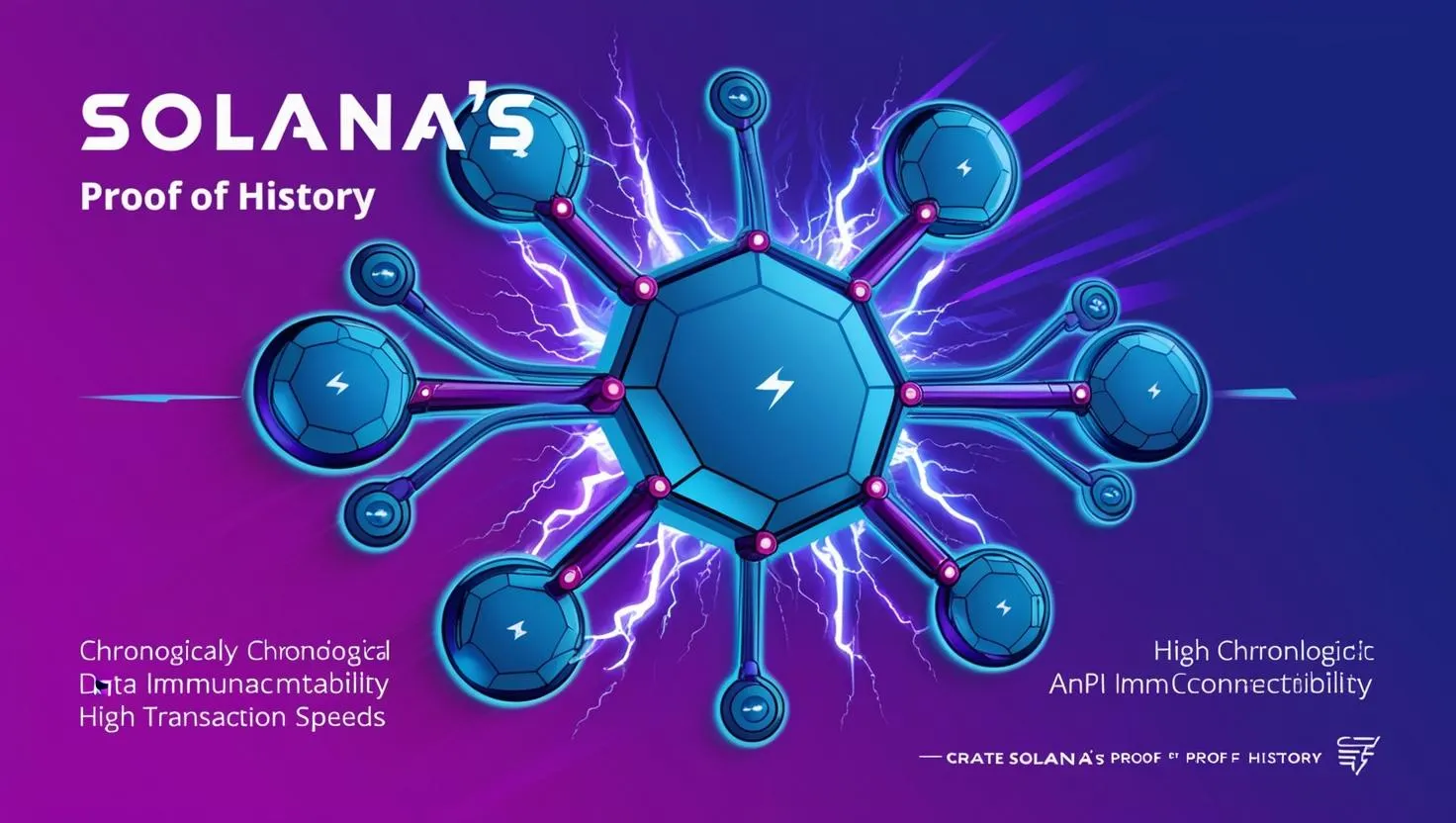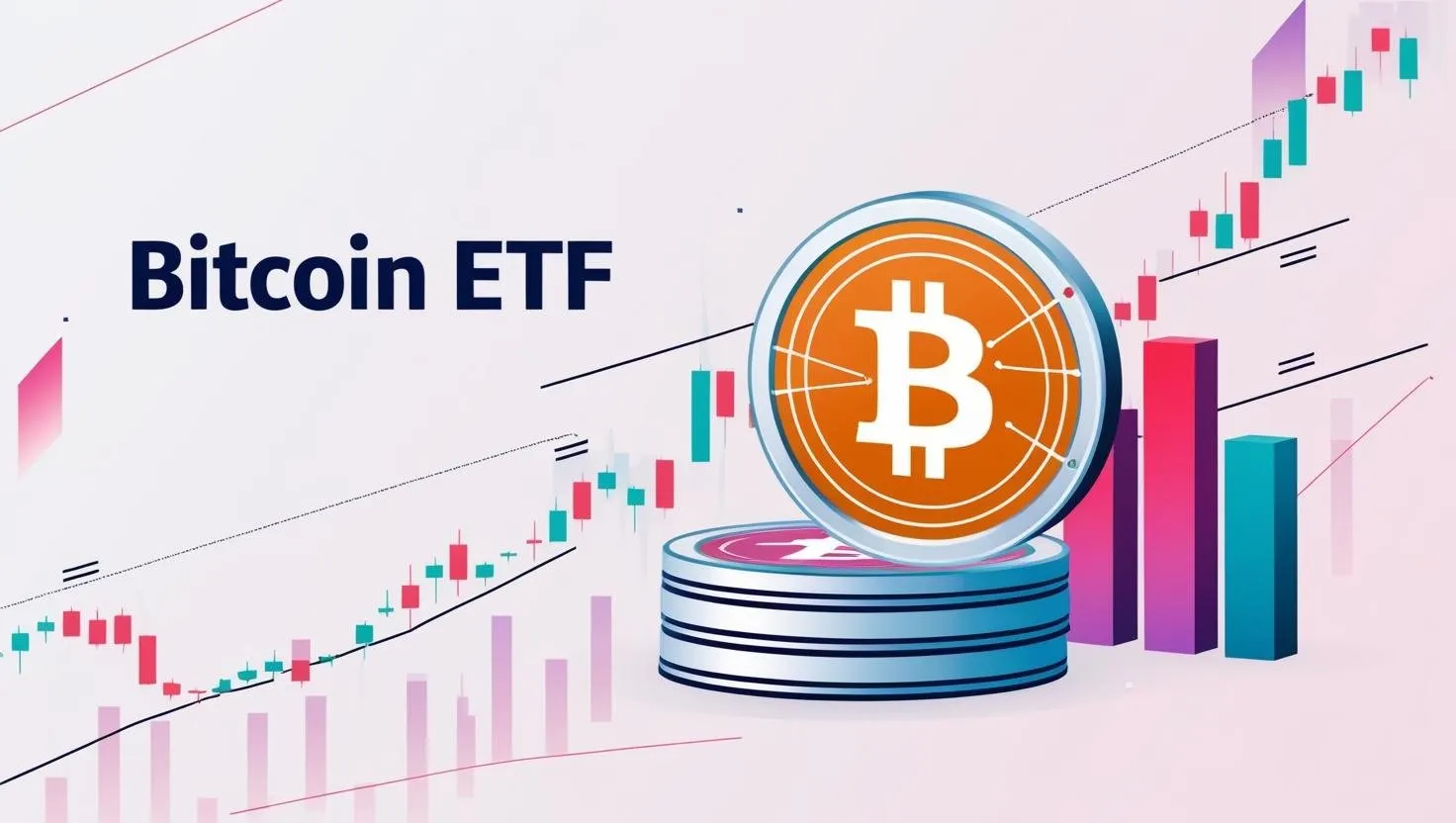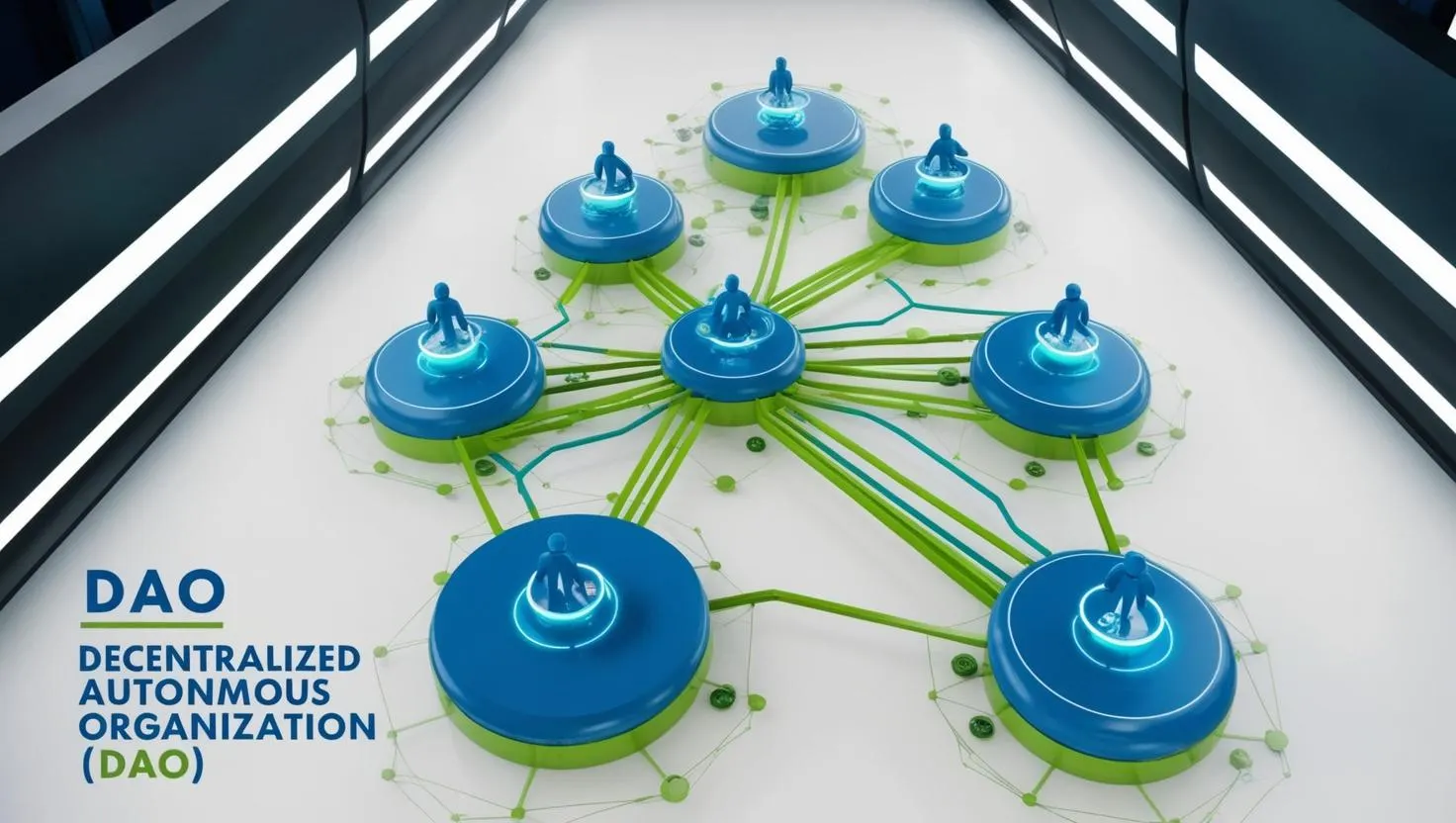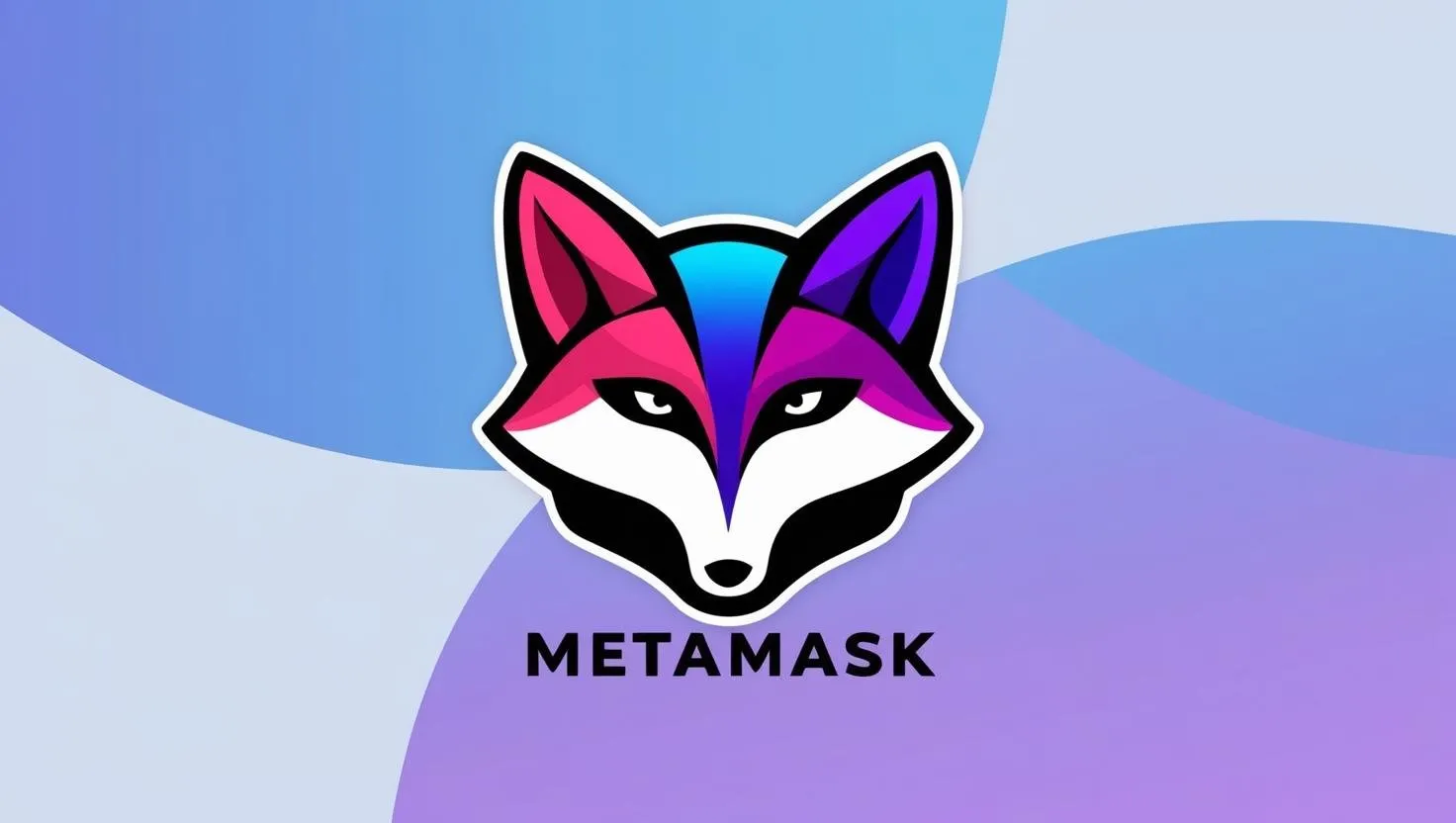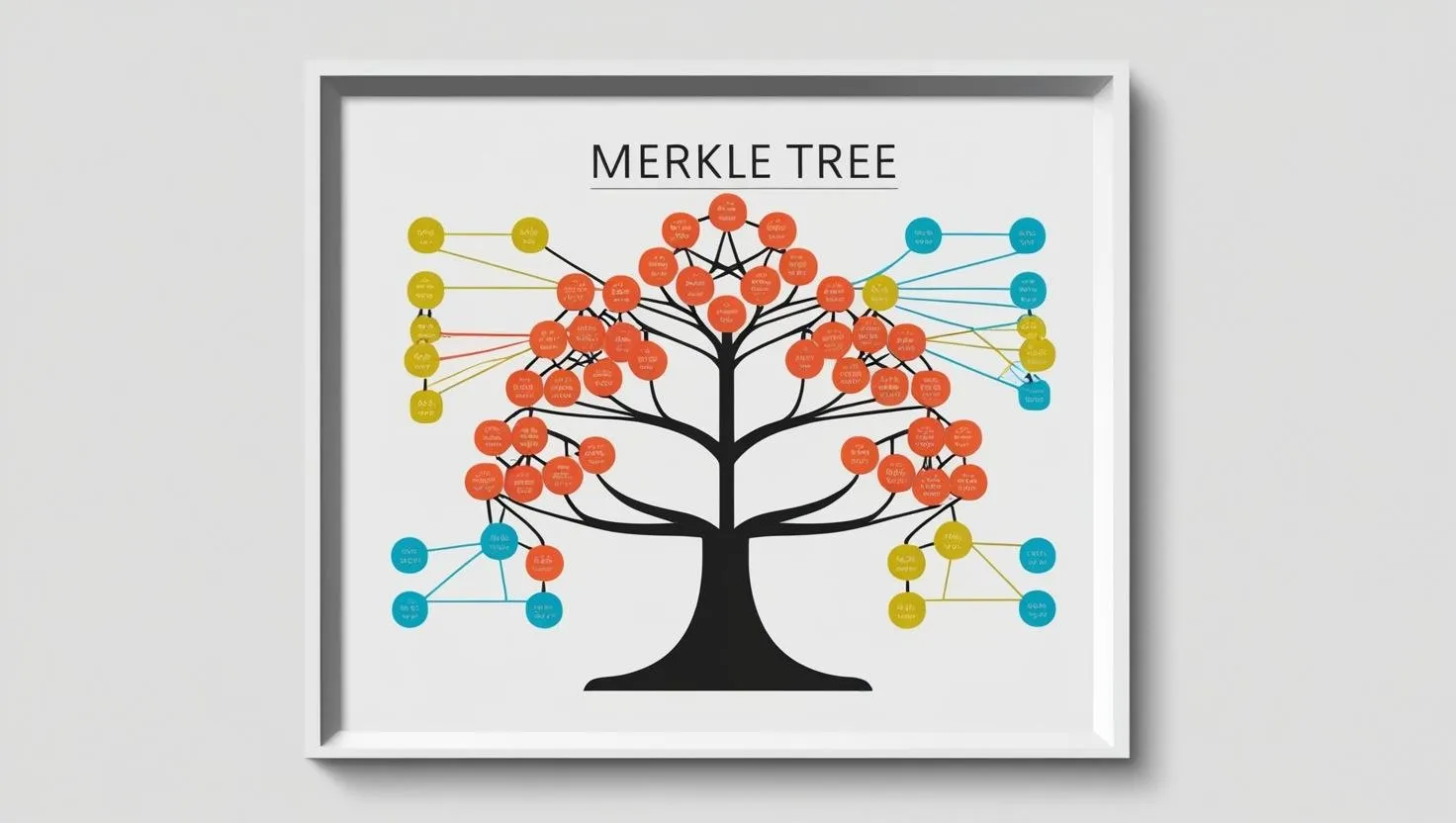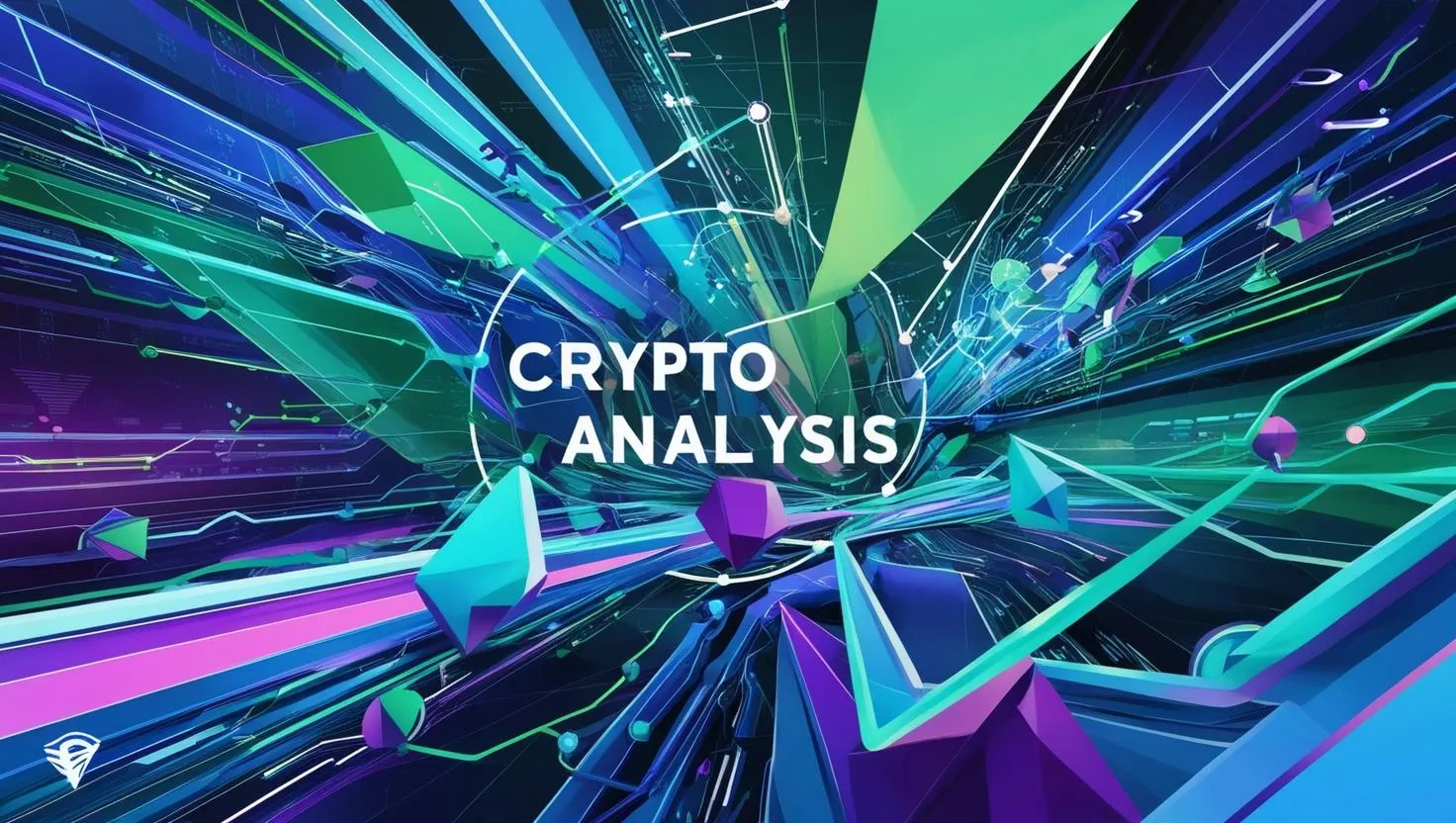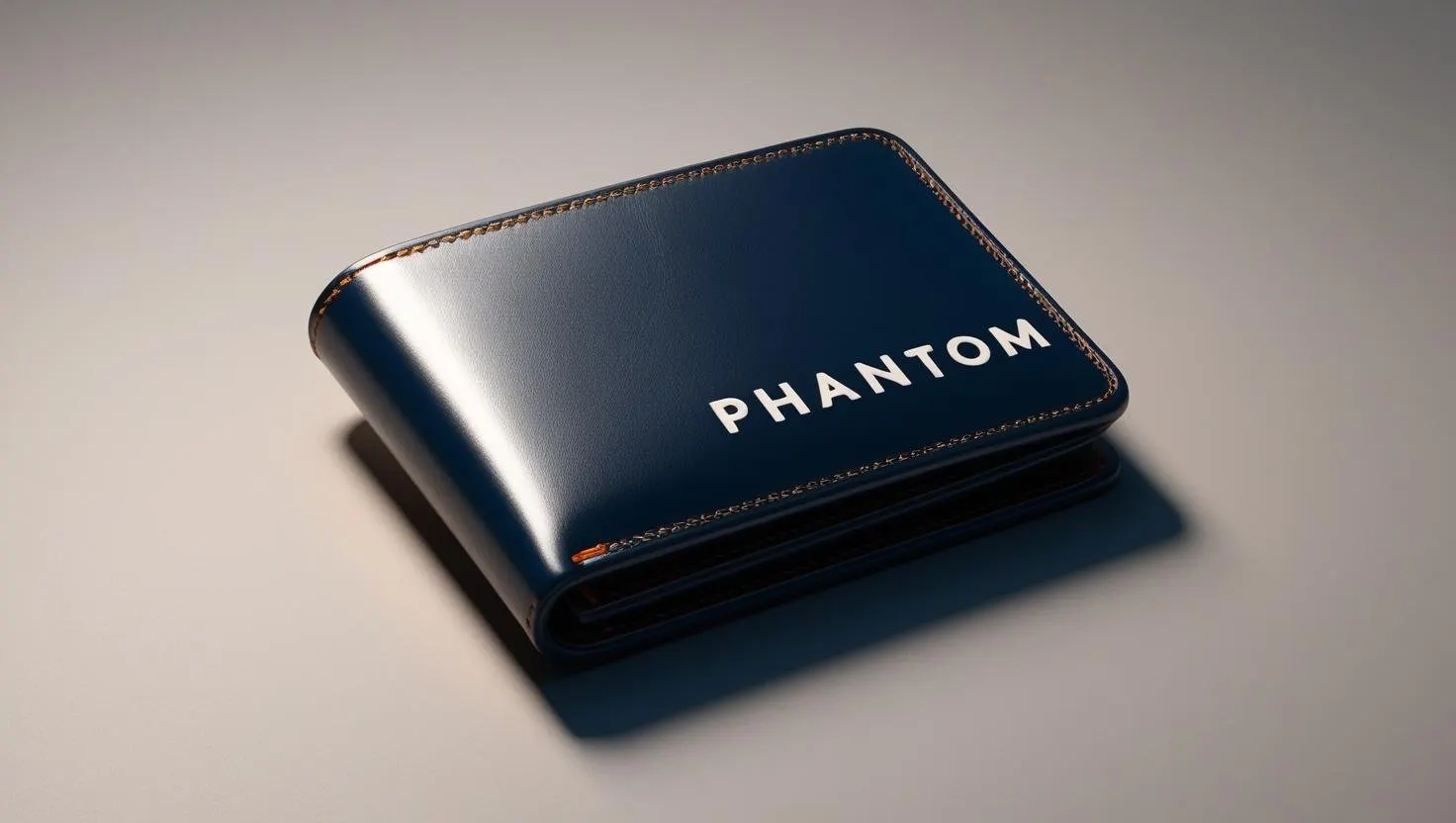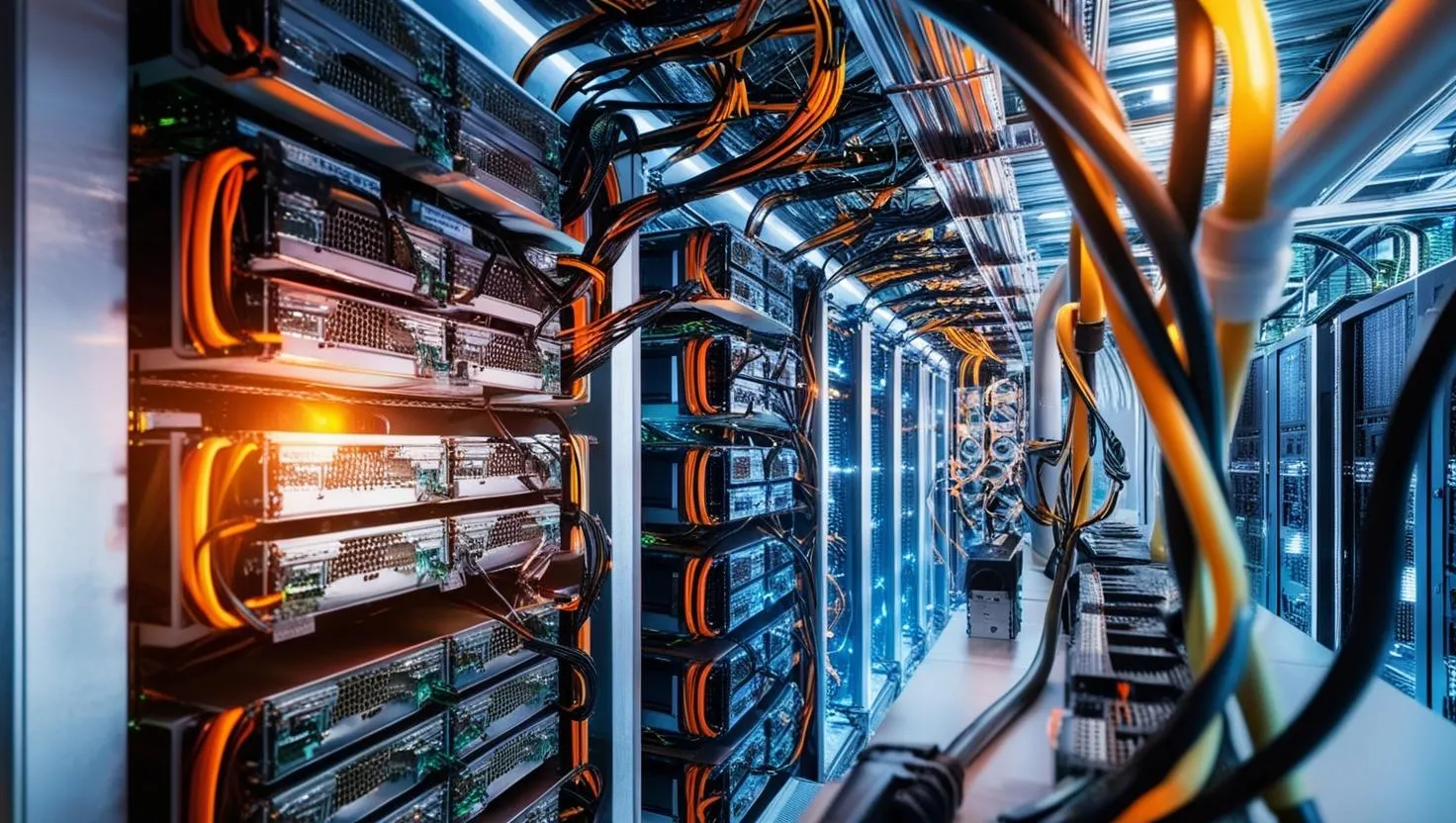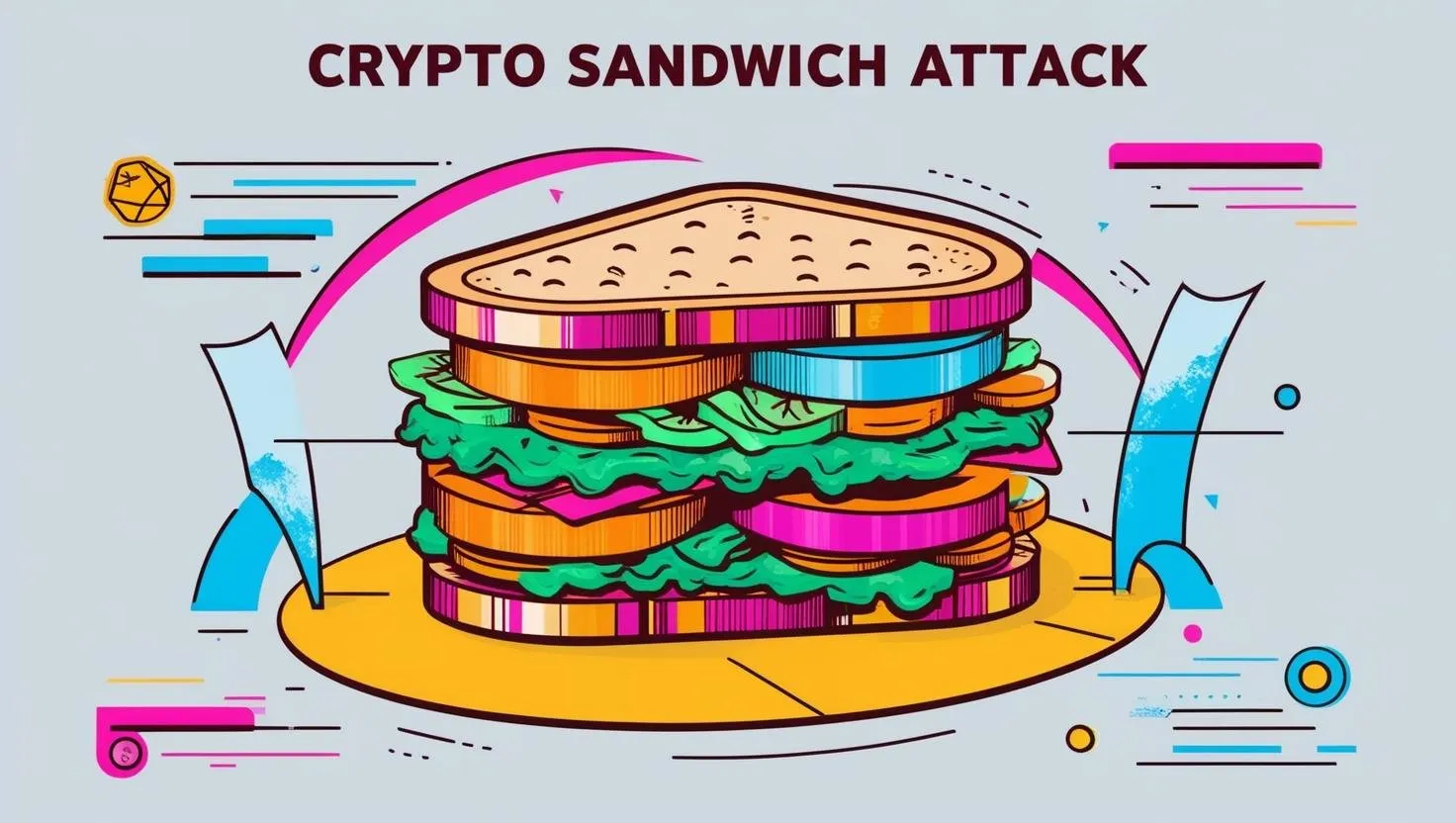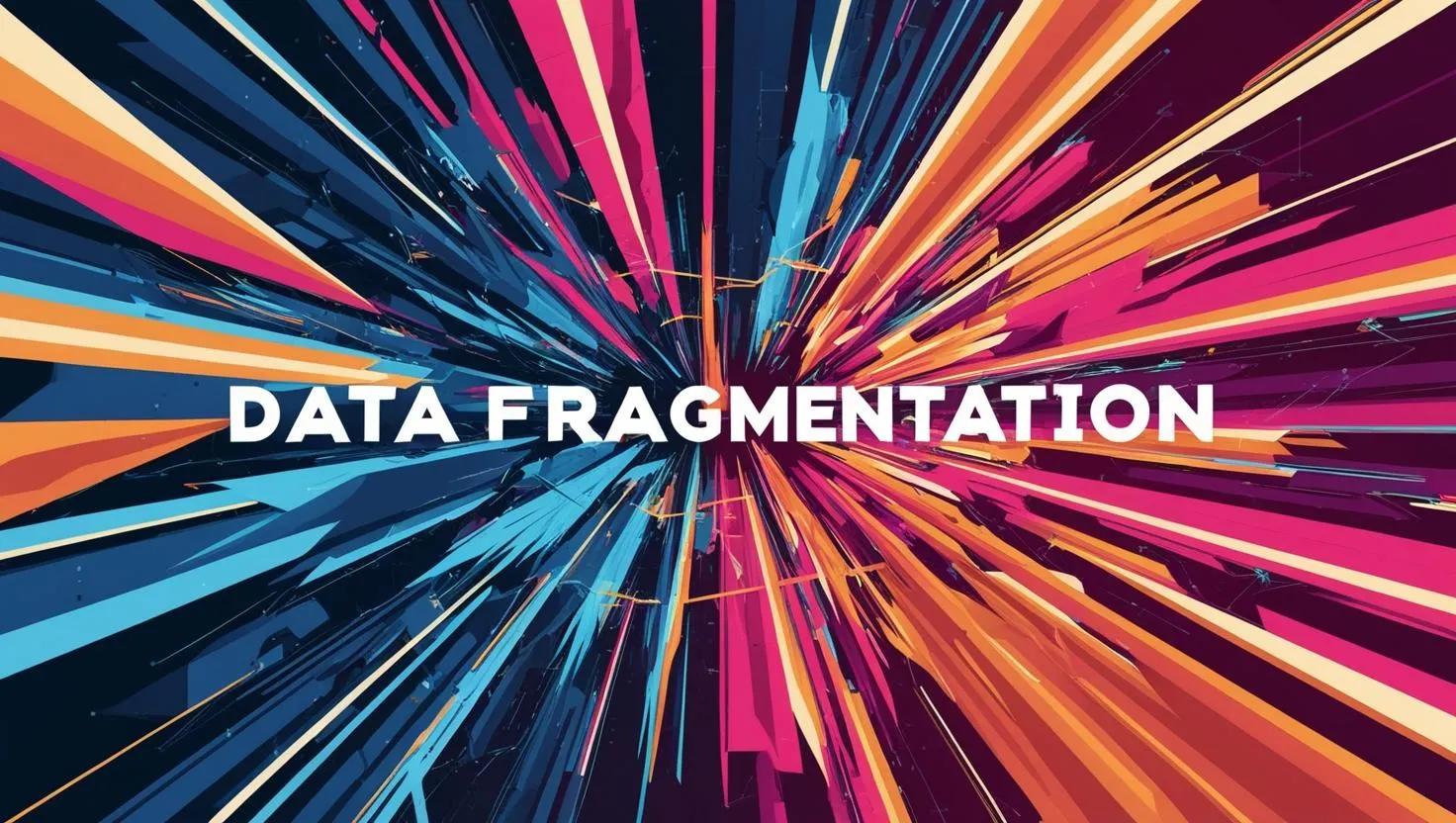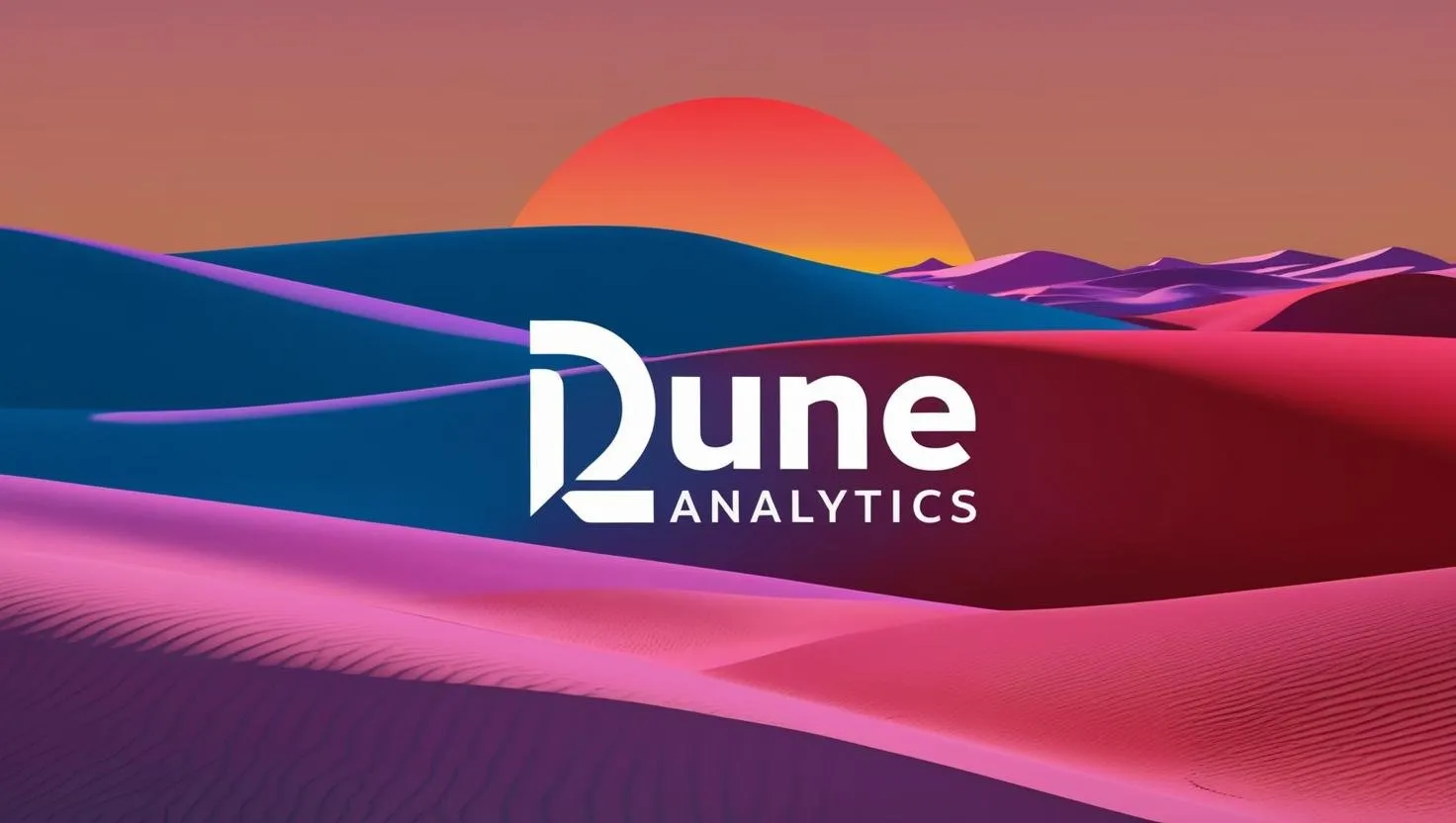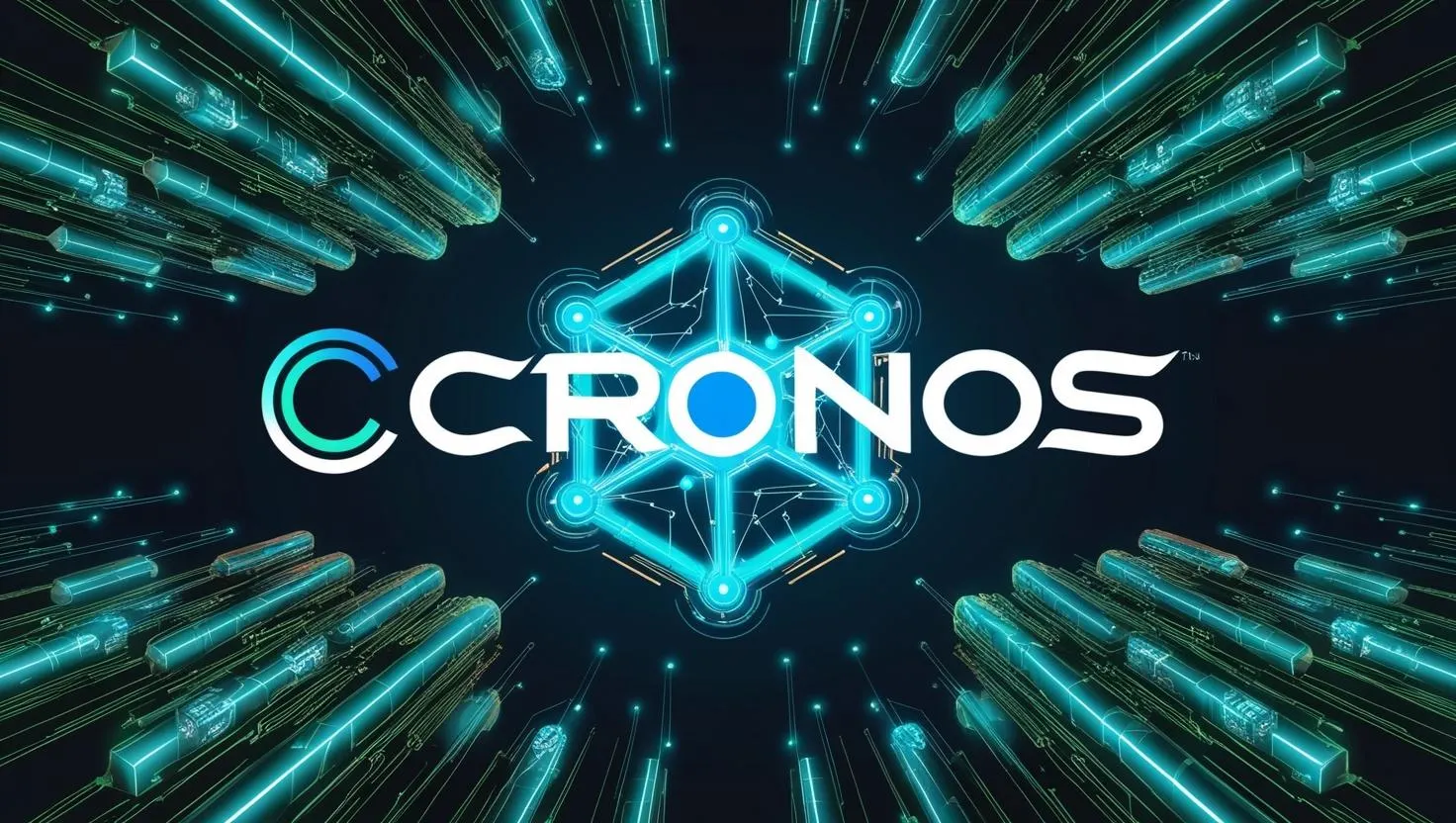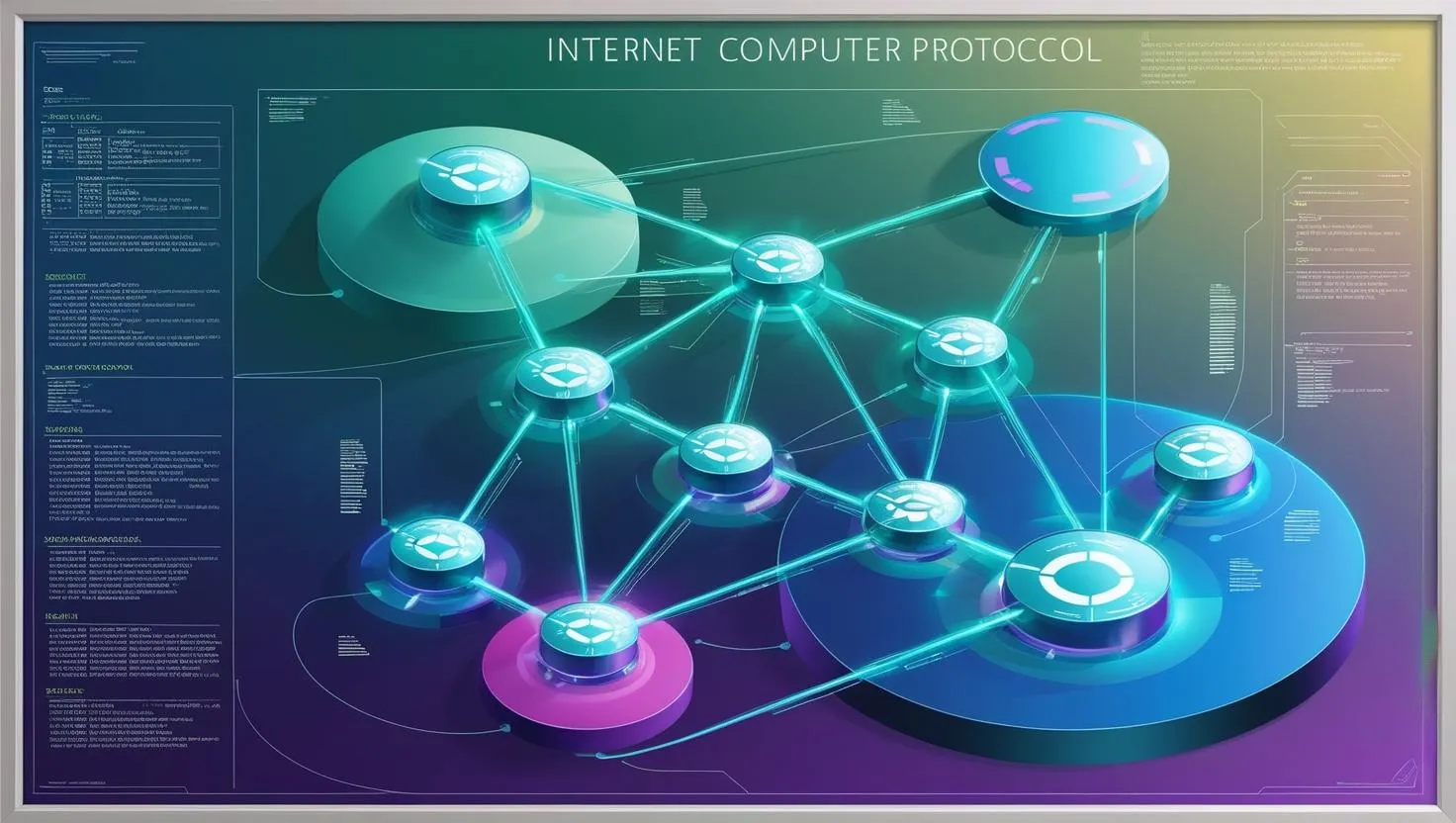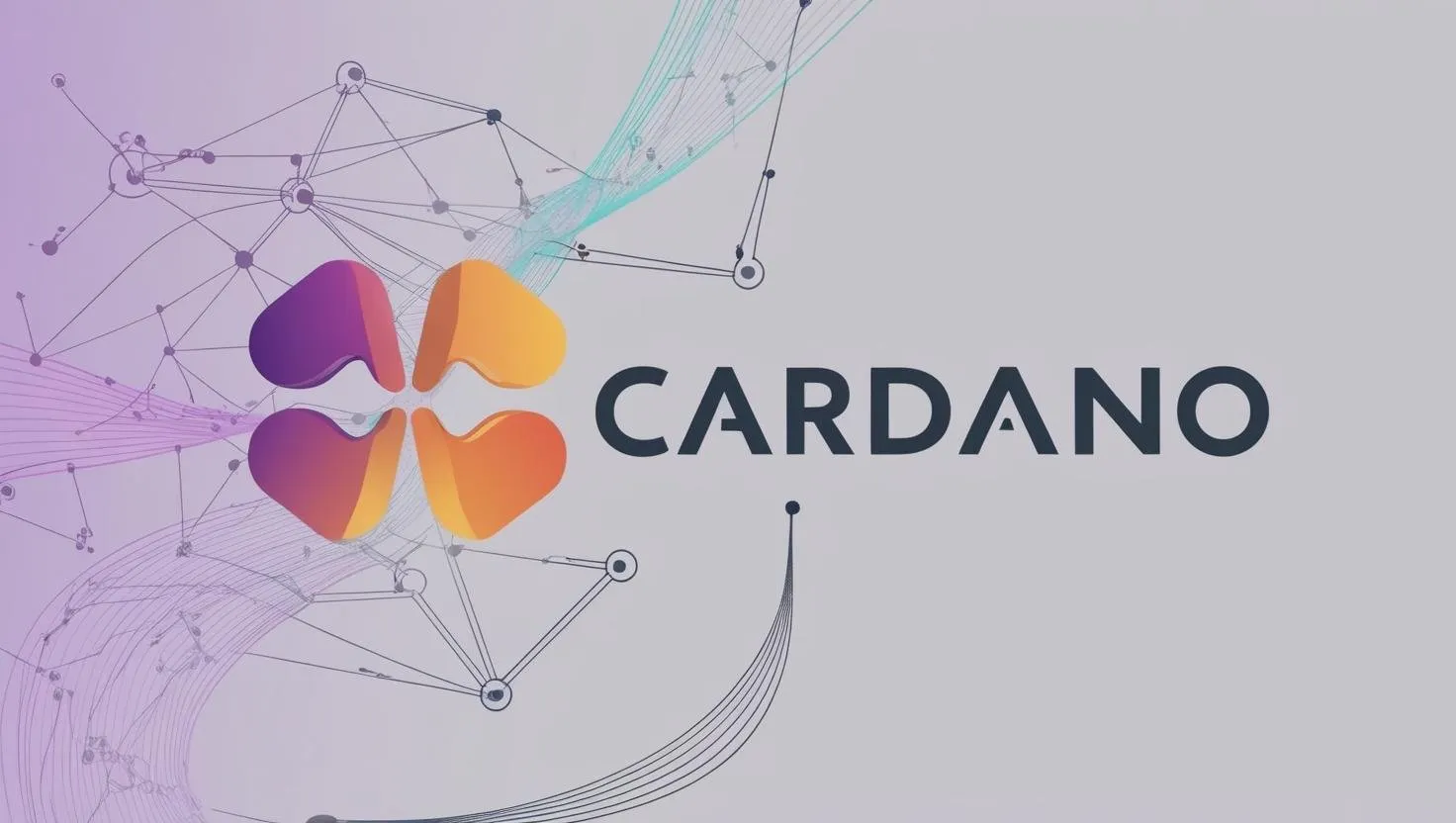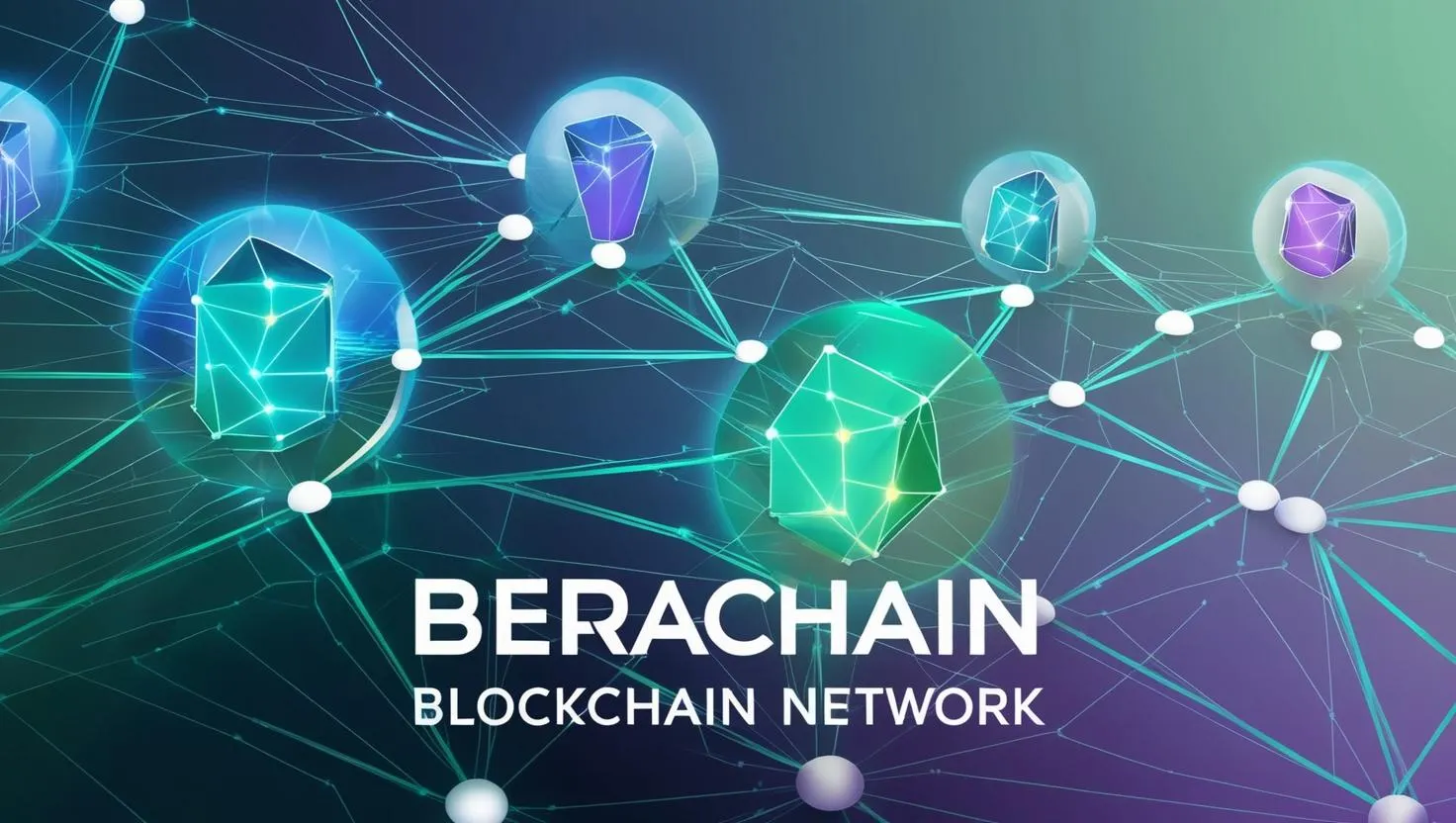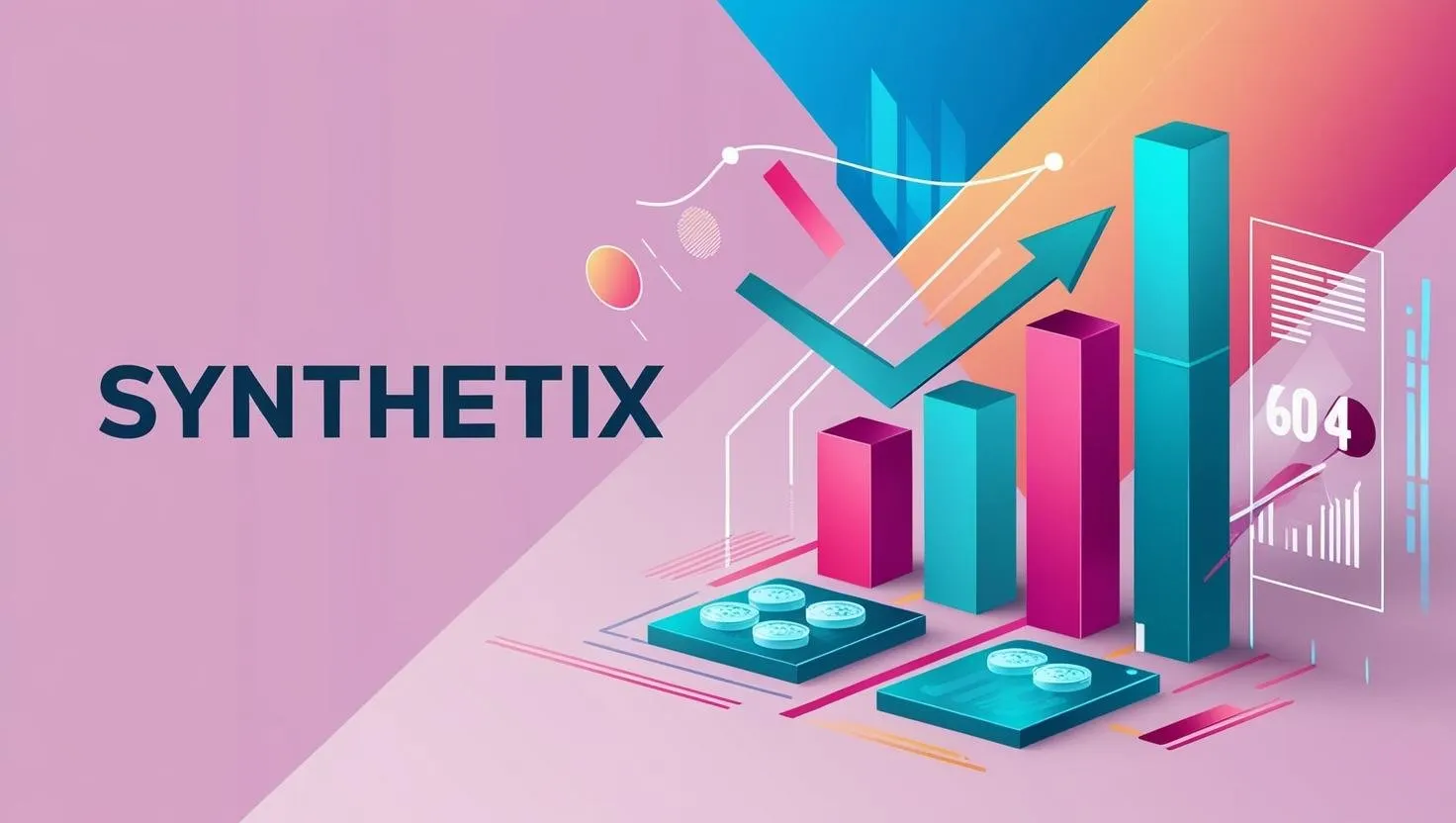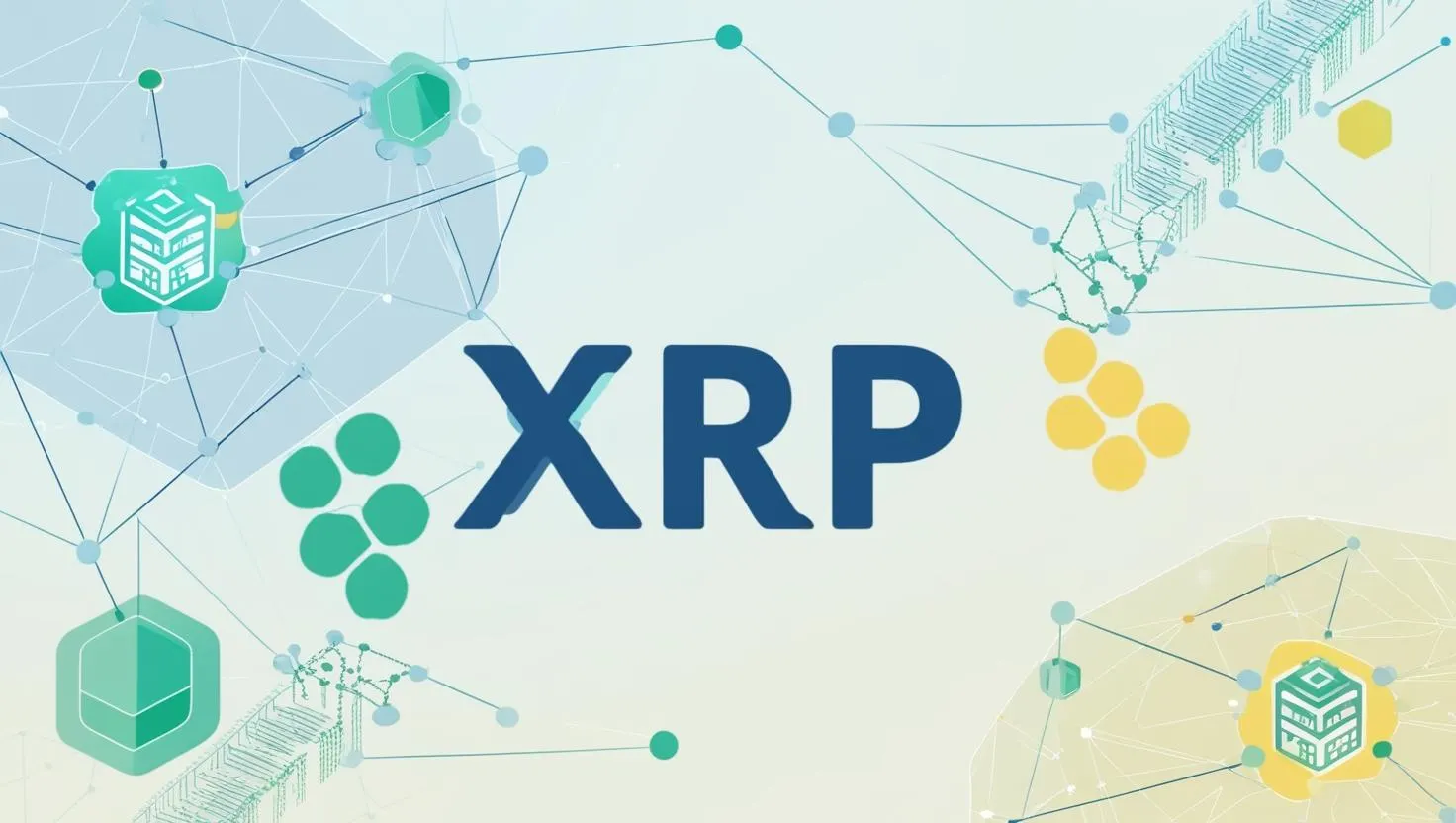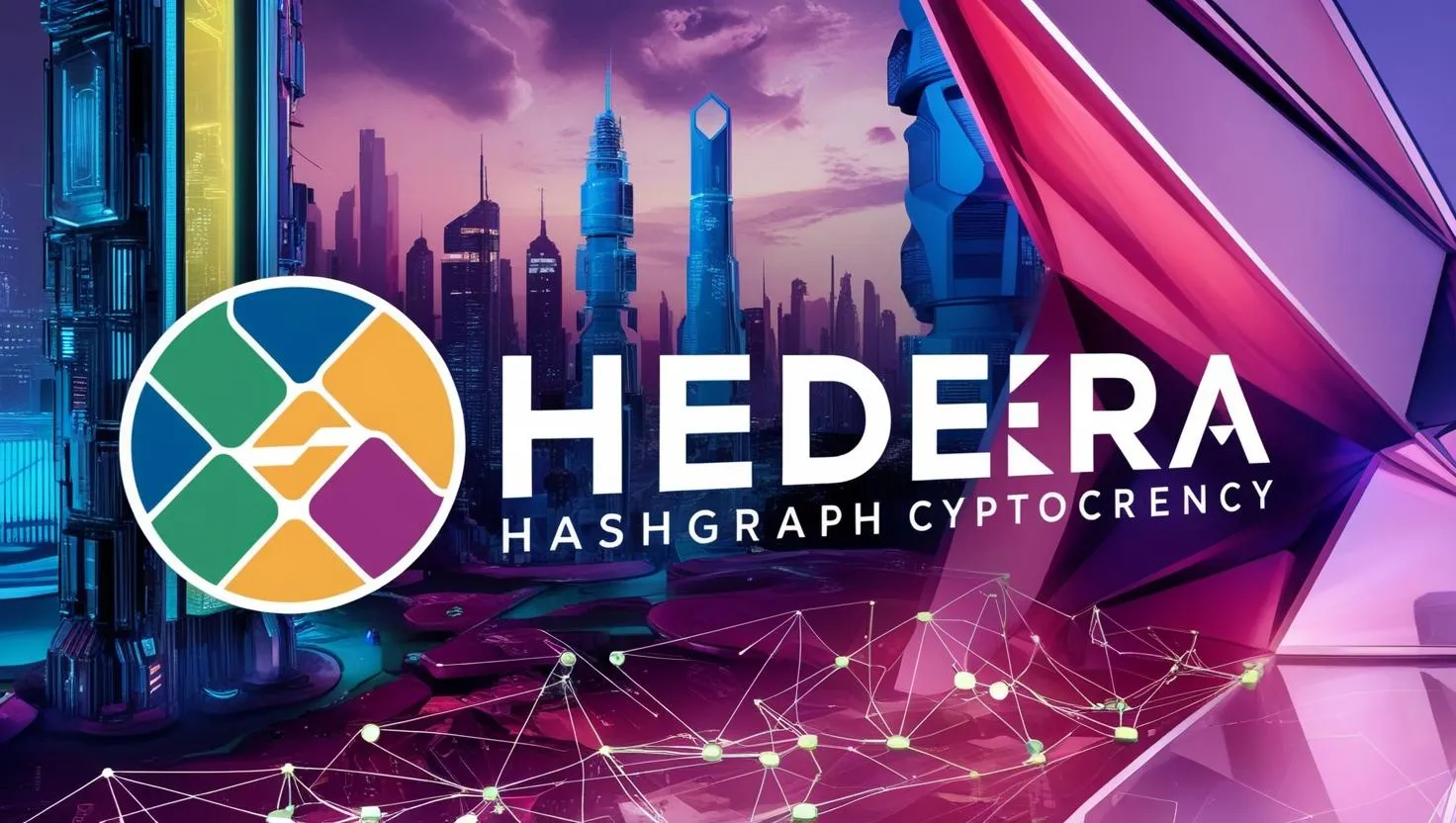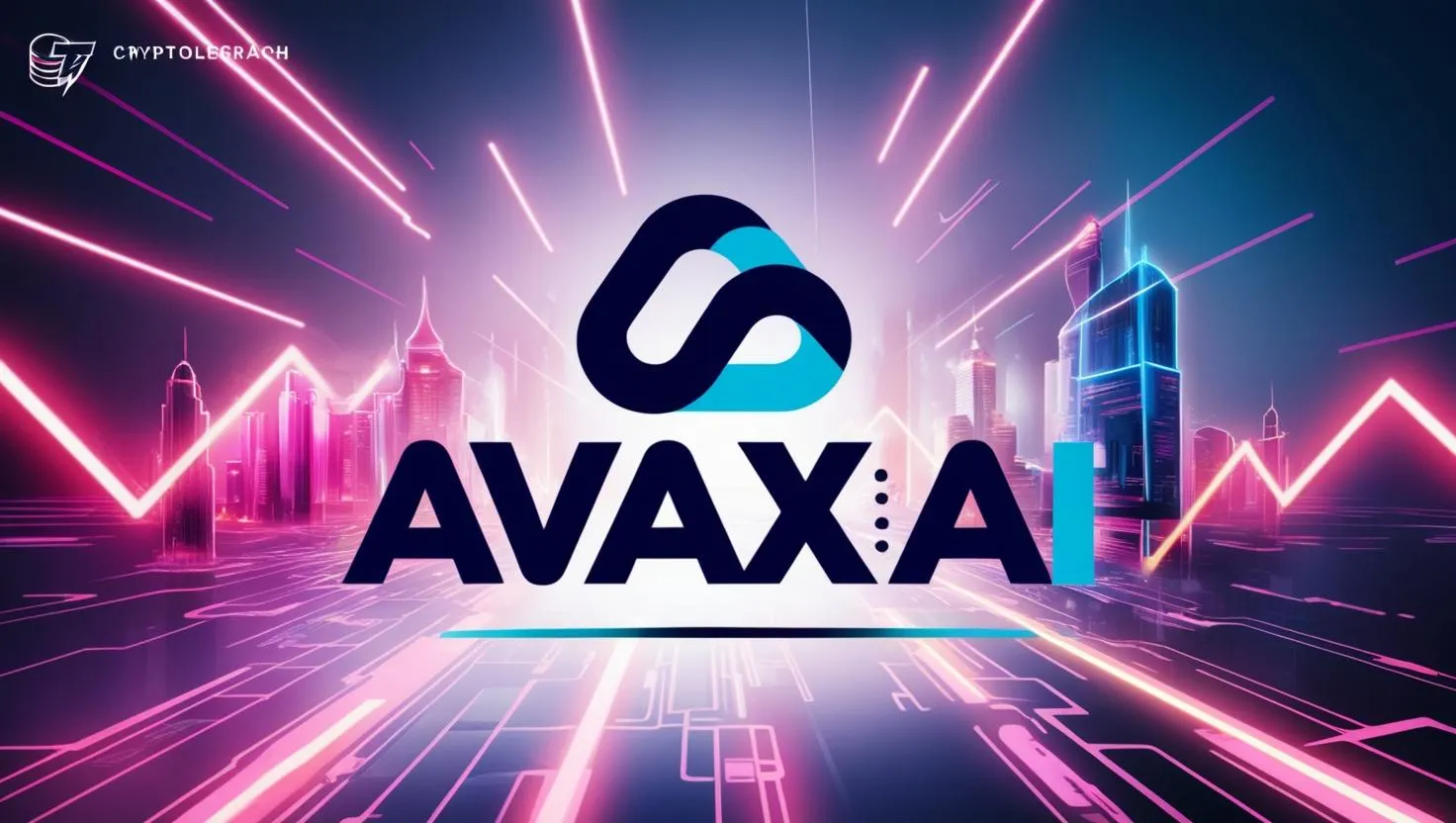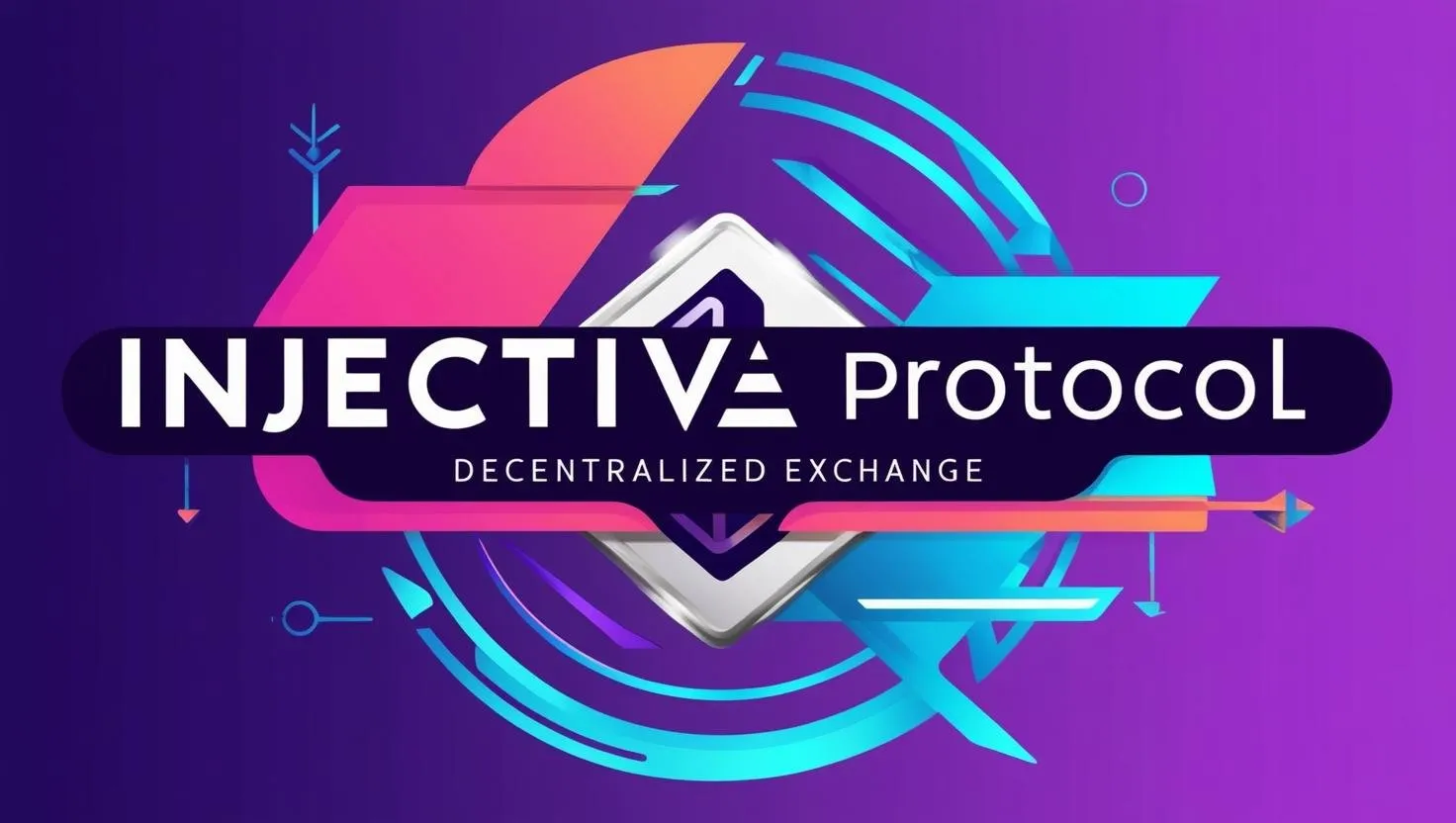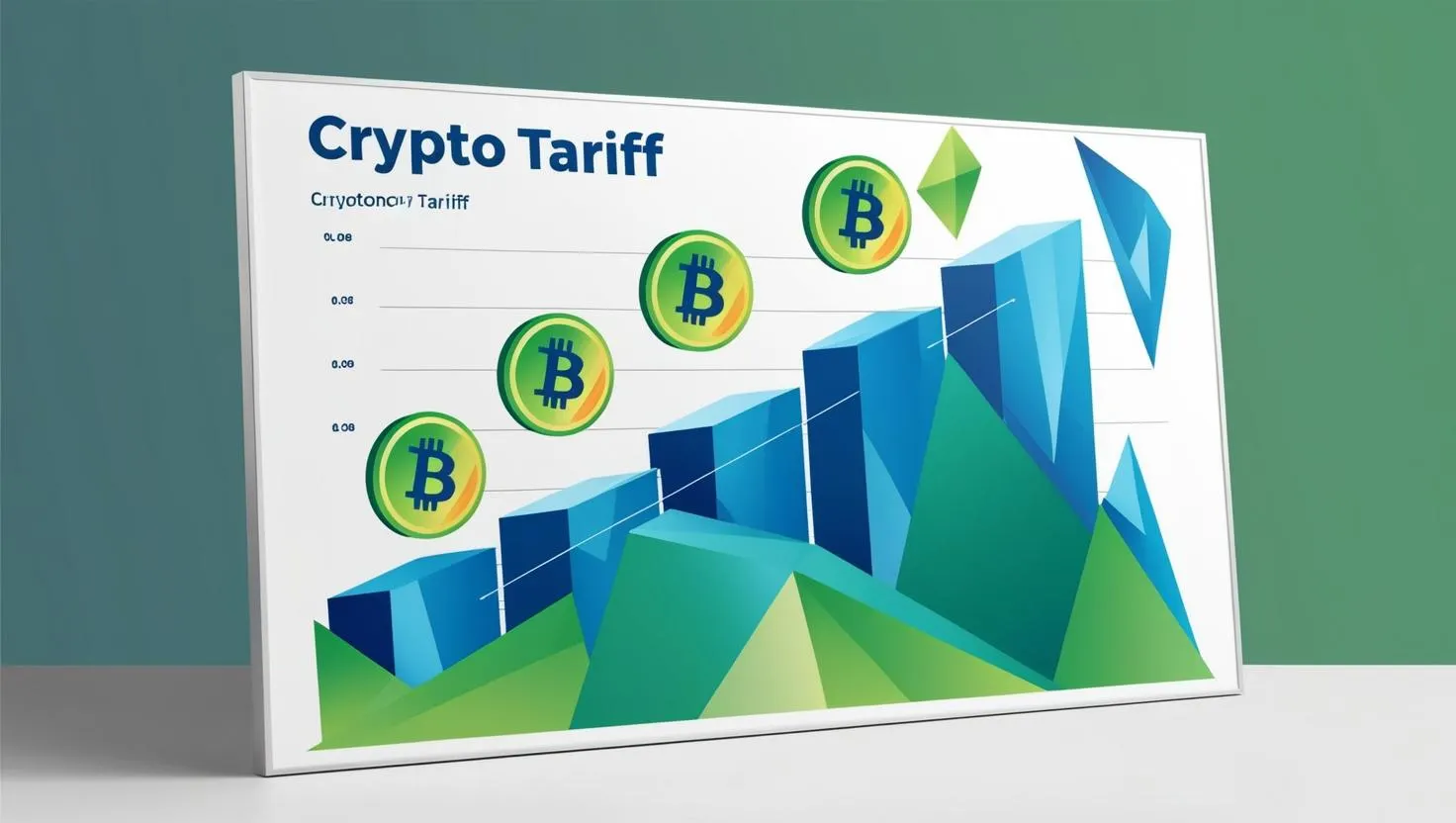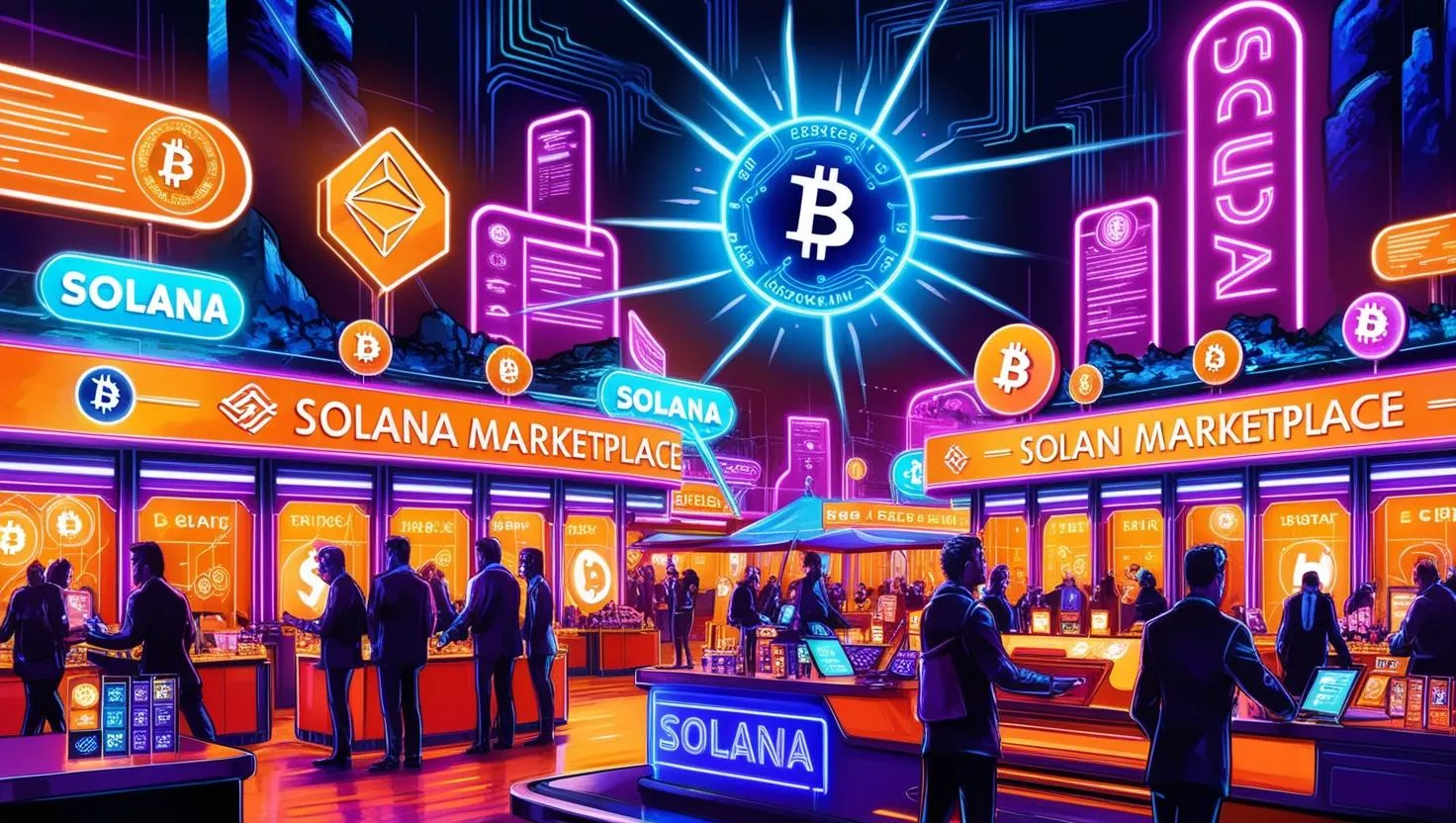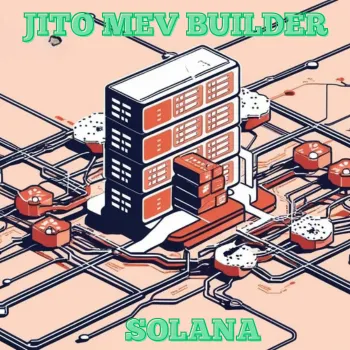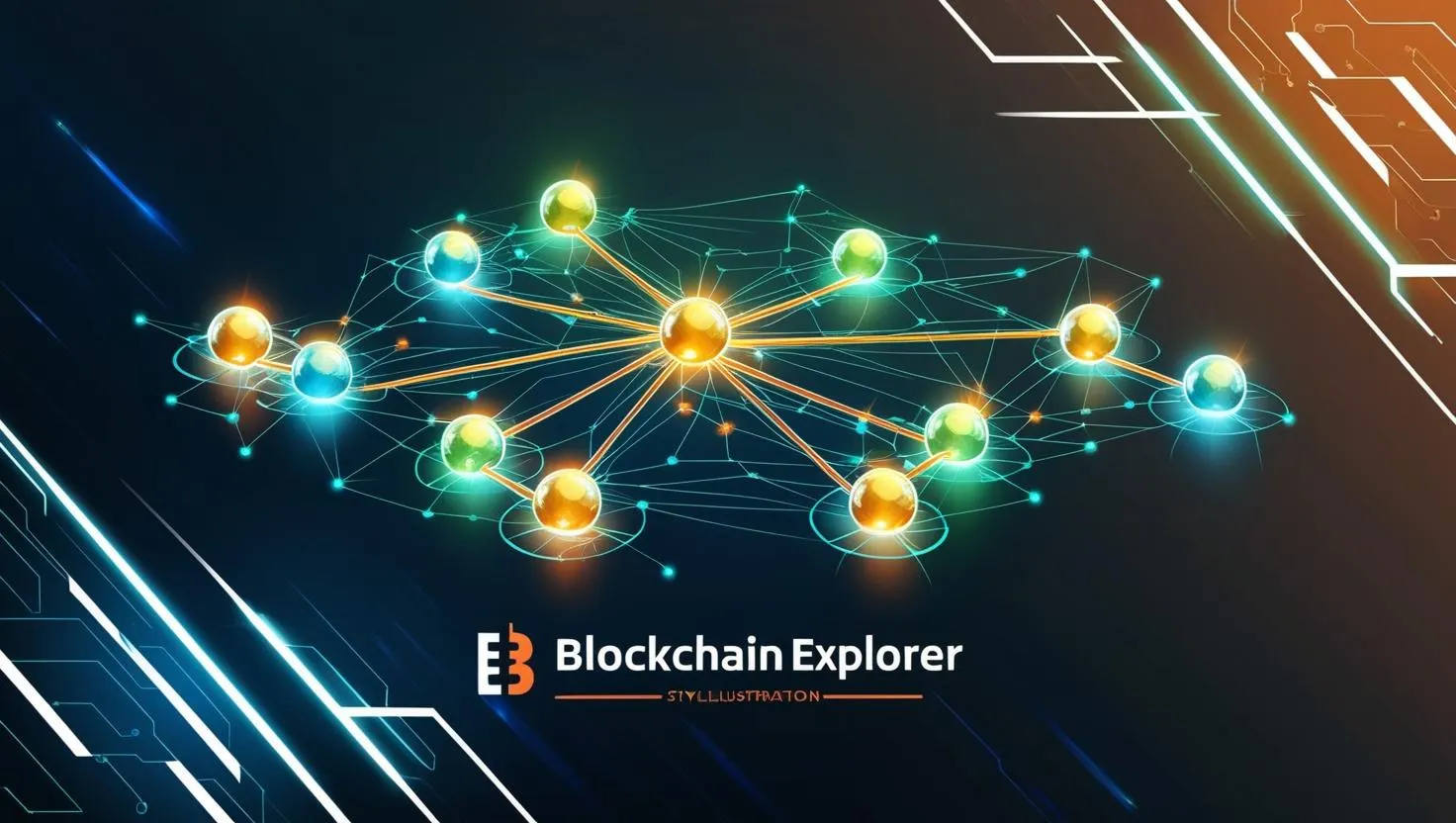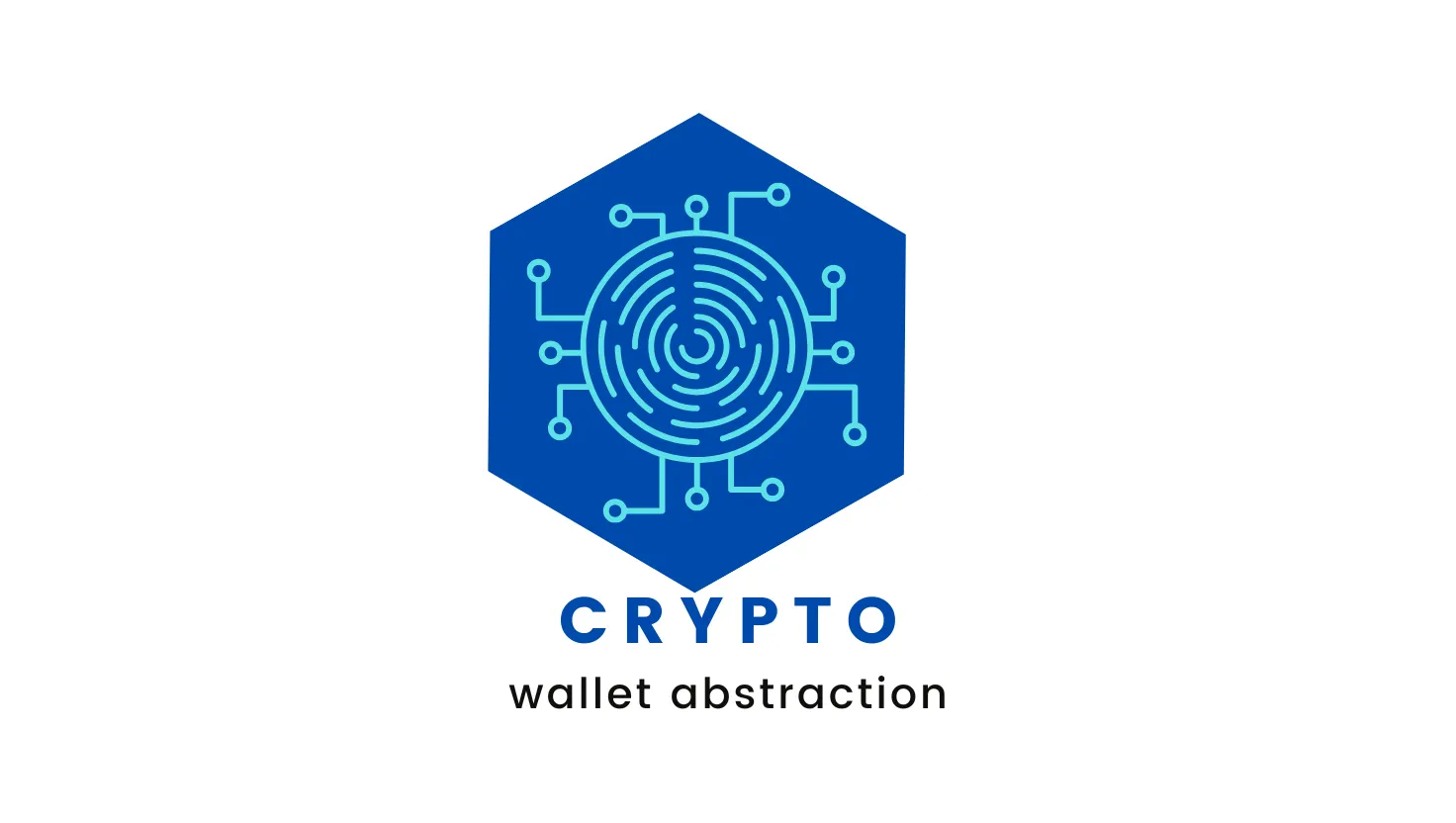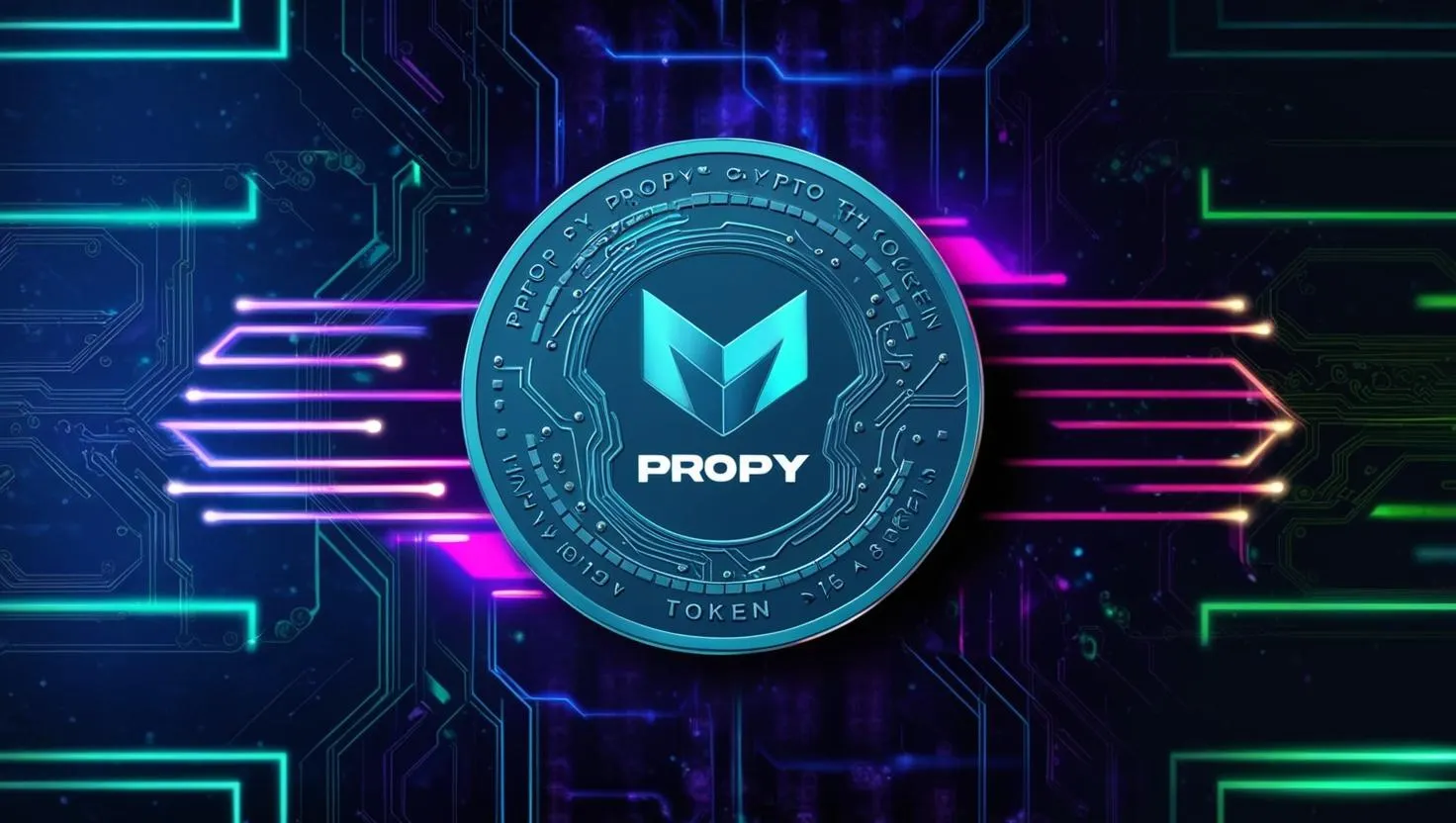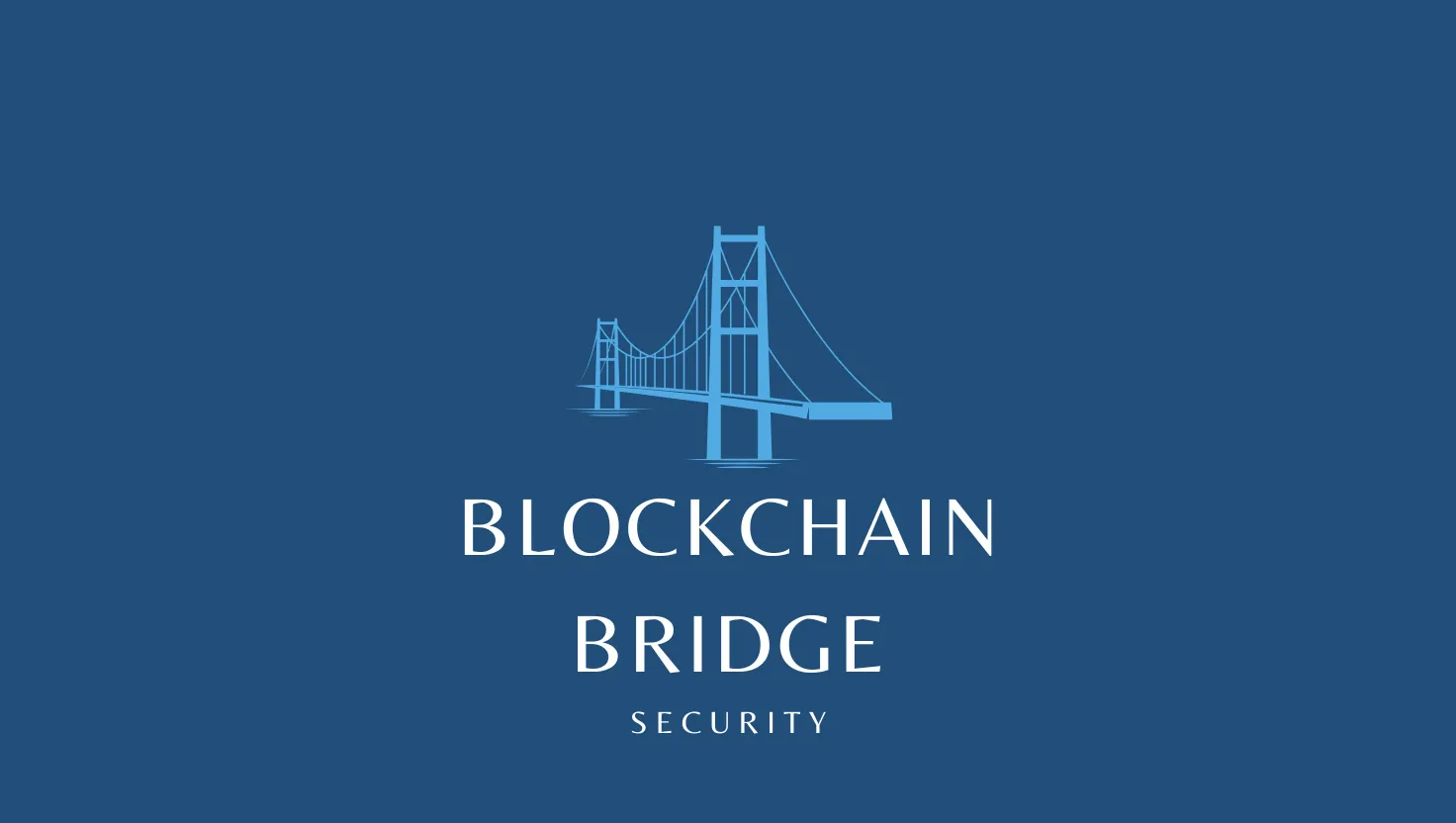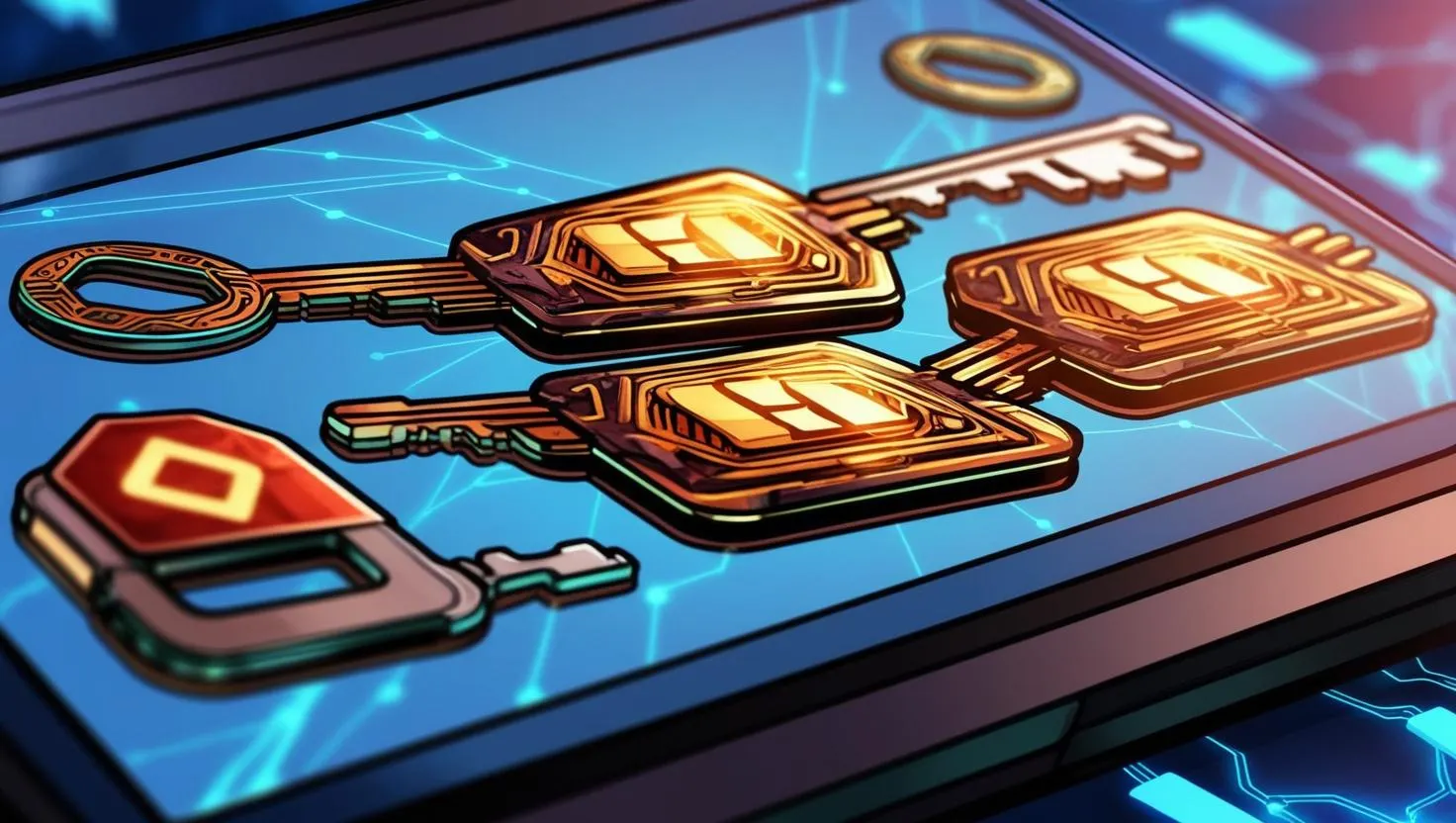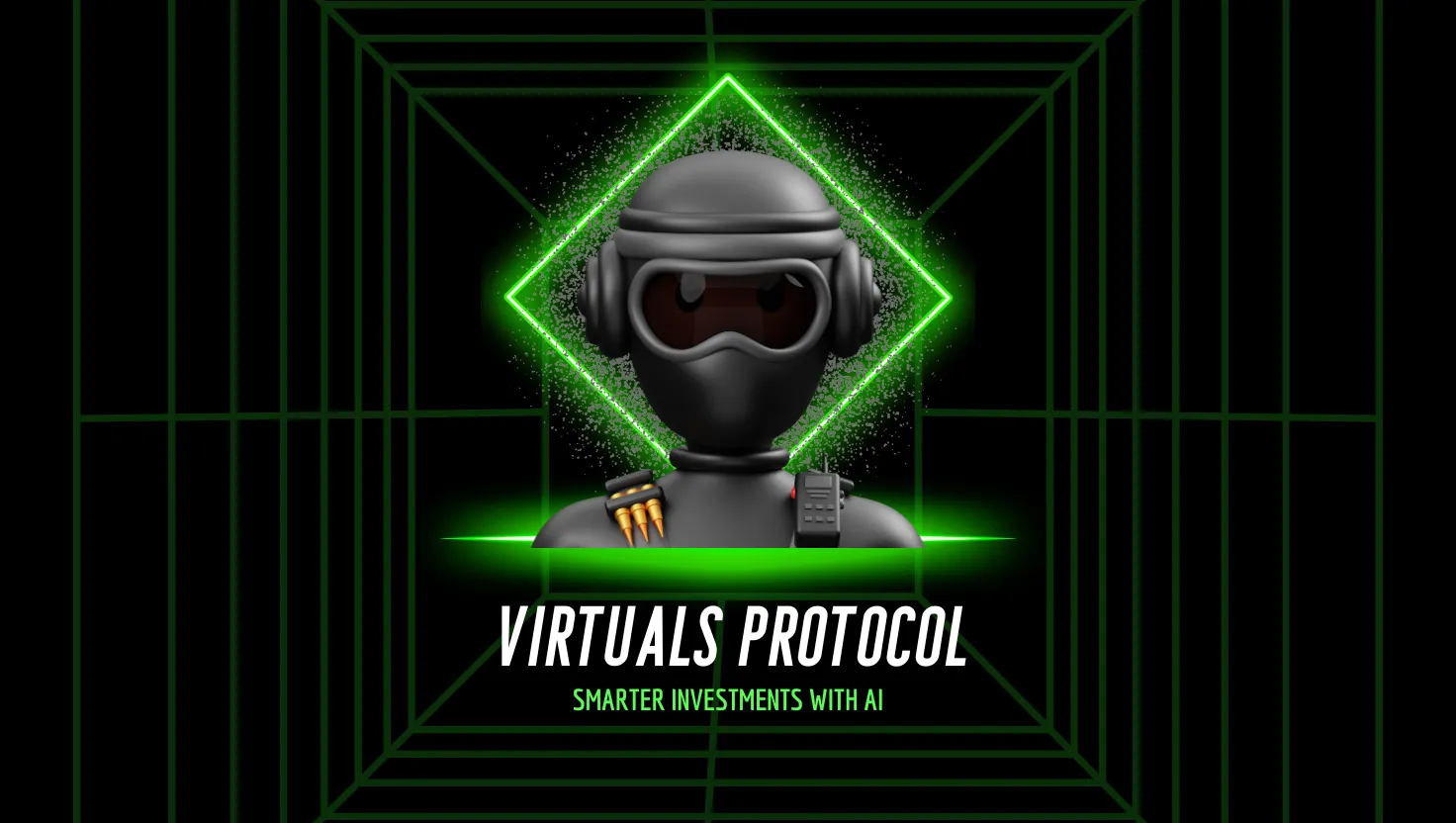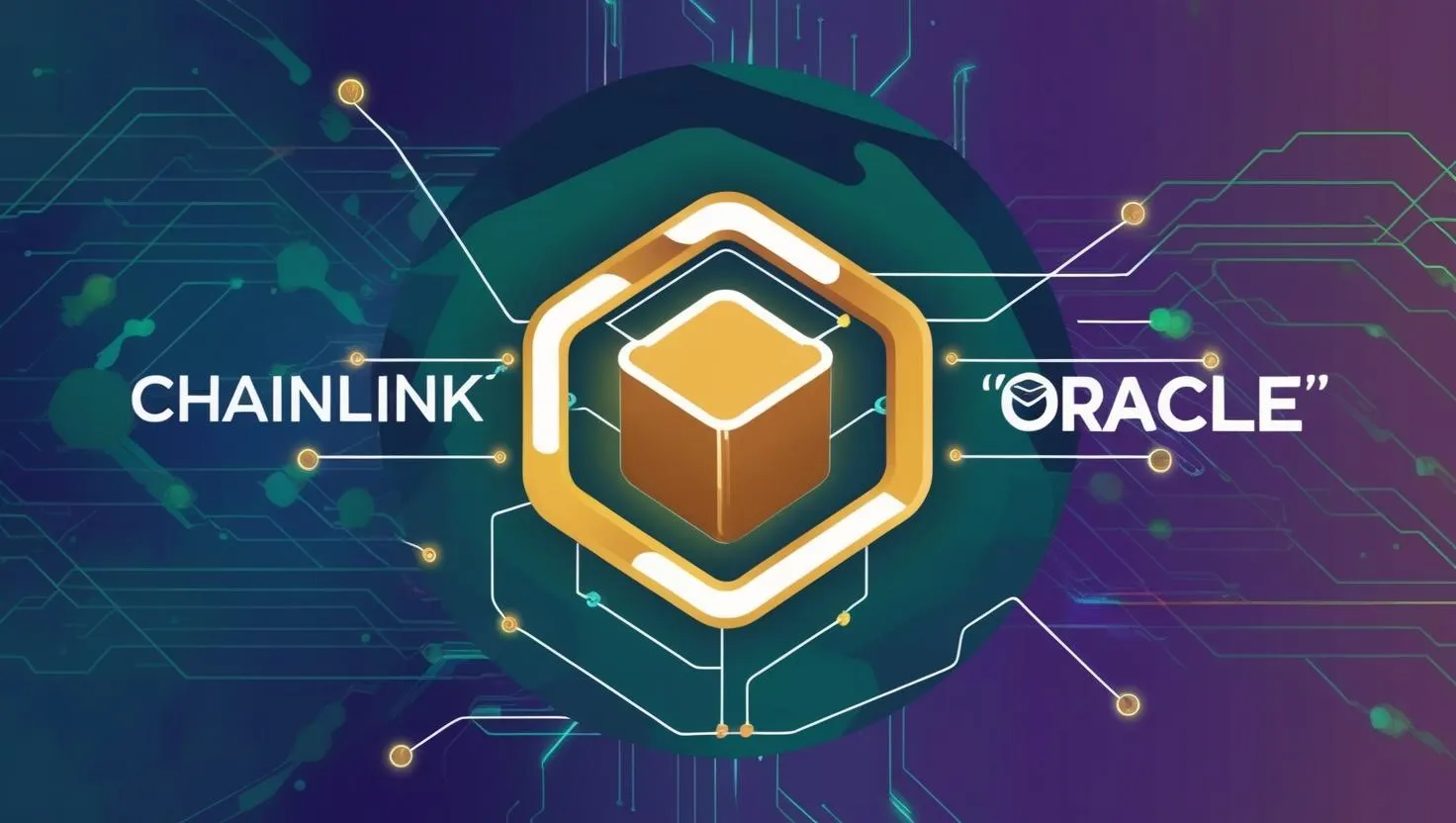Crypto Mining Pools Explained: Everything You Need To Know
Mining cryptocurrency is the process of adding transactions to a blockchain after they have been verified. This involves solving complex mathematical problems, and the first miner to solve the problem gets to add the next block of transactions to the blockchain and receive a reward in the form of cryptocurrency.
However, the difficulty of these problems has increased exponentially over time, making it nearly impossible for individual miners to compete with large mining farms. This is where mining pools come in.
What are Mining Pools?
A mining pool is a group of miners who combine their computing power to increase their chances of solving a block and earning a reward. When a pool solves a block, the reward is shared among the miners in the pool based on the amount of computing power each miner contributed.
How Do Mining Pools Work?
- Miners Connect: Miners connect their mining hardware to the pool's server.
- Shared Effort: The pool's server distributes the workload among the miners.
- Solving the Puzzle: Miners work together to solve the mathematical problem.
- Reward Distribution: When a block is solved, the reward is distributed among the miners based on their contribution.
Benefits of Joining a Mining Pool:
- Increased Chances of Success: By combining their computing power, miners increase their chances of solving a block and earning a reward.
- More Frequent Payouts: Instead of waiting for a long time to solve a block on their own, miners in a pool receive smaller, more frequent payouts.
- Reduced Variance: Mining rewards can be unpredictable. Mining pools provide a more consistent stream of income.
- Lower Entry Barrier: Mining pools allow individuals with less powerful hardware to participate in mining and earn rewards.
Types of Mining Pools:
- Centralized Pools: These pools are operated by a single entity that manages the pool and distributes rewards.
- Decentralized Pools: These pools are run by a distributed network of miners, eliminating the need for a central authority.
Payout Schemes:
Mining pools
use different payout schemes to distribute rewards among miners. Some common schemes include:
- Pay-Per-Share (PPS): Miners are paid a fixed amount for each share they submit, regardless of whether the pool solves a block.
- Pay-Per-Last-N-Shares (PPLNS): Miners are paid based on the number of shares they submitted in the last N rounds before a block was solved.
- Proportional: Miners are paid a share of the reward proportional to the amount of work they contributed.
Choosing a Mining Pool:
When choosing a mining pool, consider the following factors:
- Pool Size: Larger pools have a higher chance of solving blocks, but rewards are shared among more miners.
- Fees: Pools charge fees for their services, which can vary depending on the pool.
- Payout Scheme: Choose a payout scheme that suits your needs and risk tolerance.
- Reputation: Look for a pool with a good reputation and a history of reliable payouts.
- Server Location: Choose a pool with servers located close to you to minimize latency.
Risks of Joining a Mining Pool:
- Pool Fees: Pools charge fees, which can eat into your profits.
- Pool Operator Risk: There is a risk that the pool operator may mismanage the pool or withhold rewards.
- Security Risks: Mining pools can be targets for hackers, which could lead to loss of funds.
Conclusion:
Mining pools are a valuable tool for cryptocurrency miners, especially those with limited resources. They offer a way to increase your chances of earning rewards and provide a more consistent stream of income. However, it's important to choose a reputable pool and understand the risks involved before joining.

